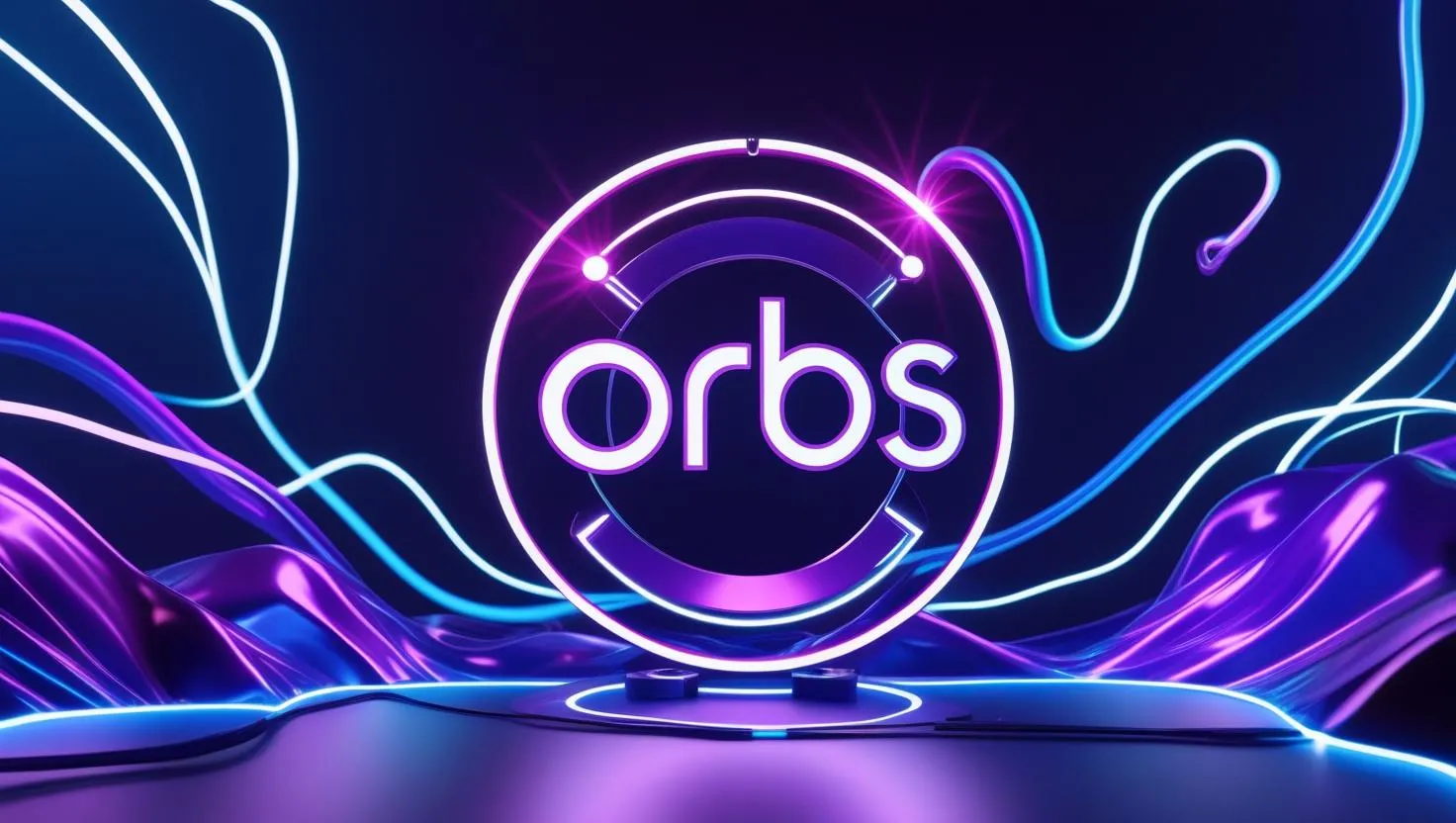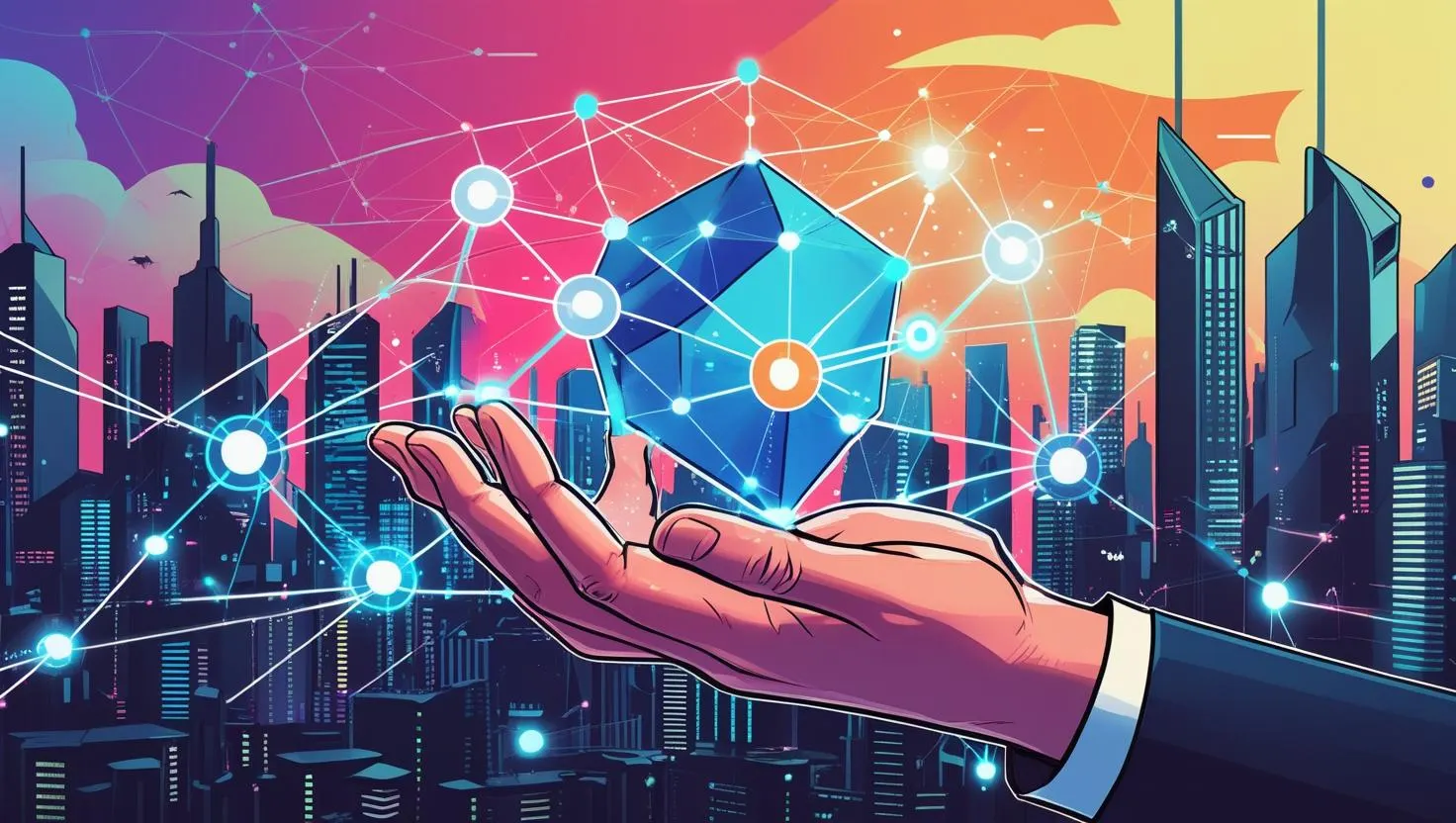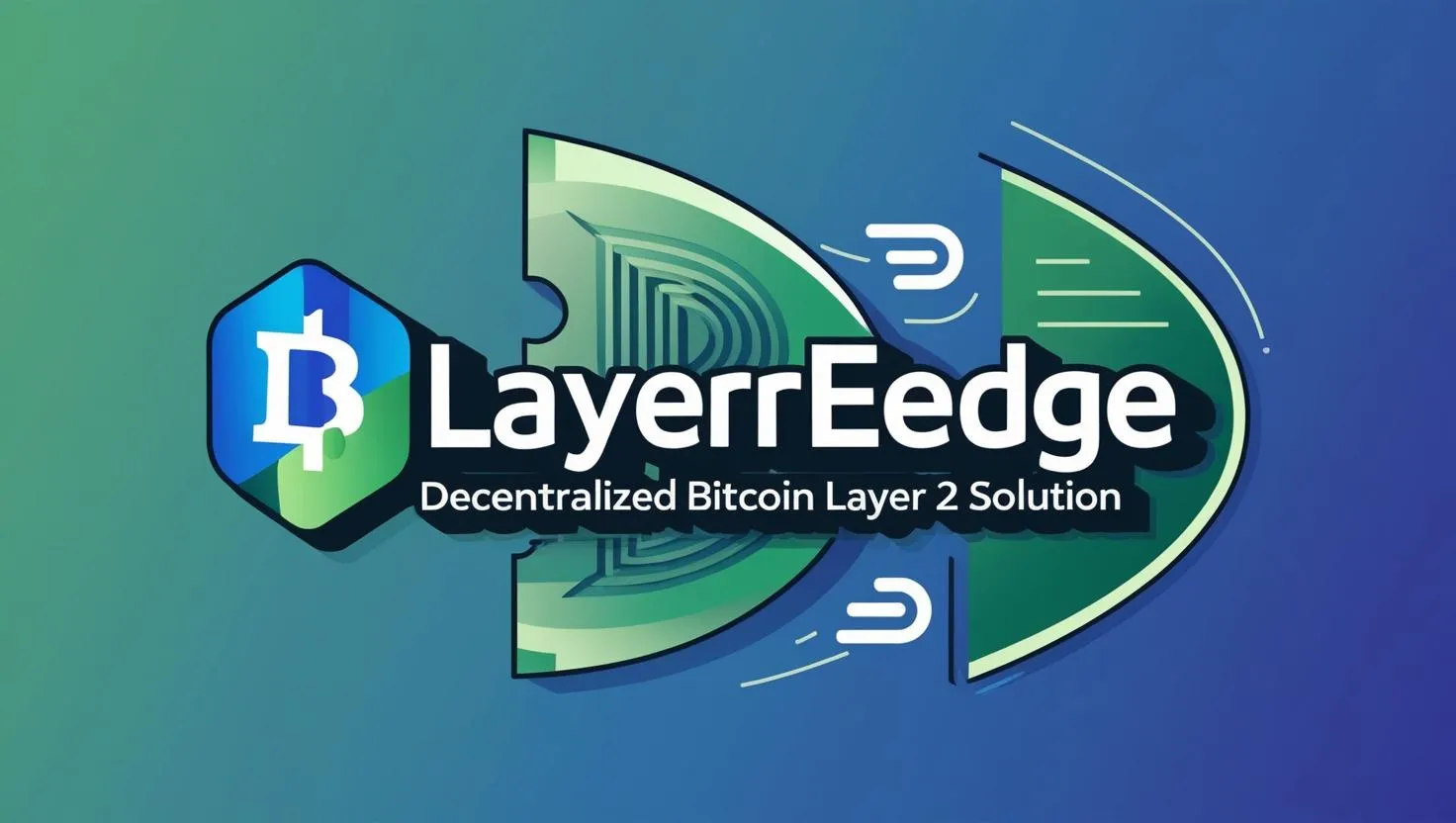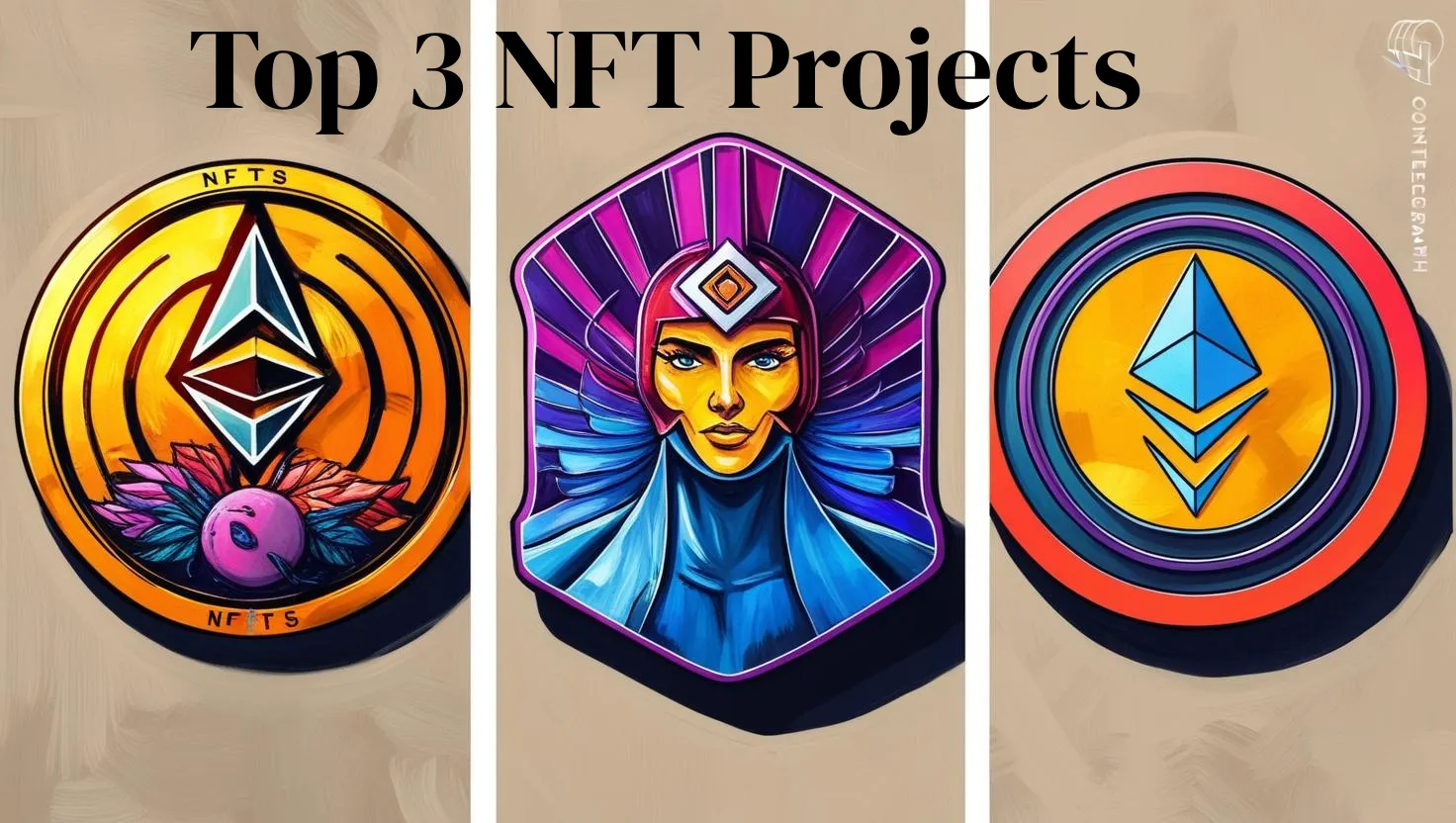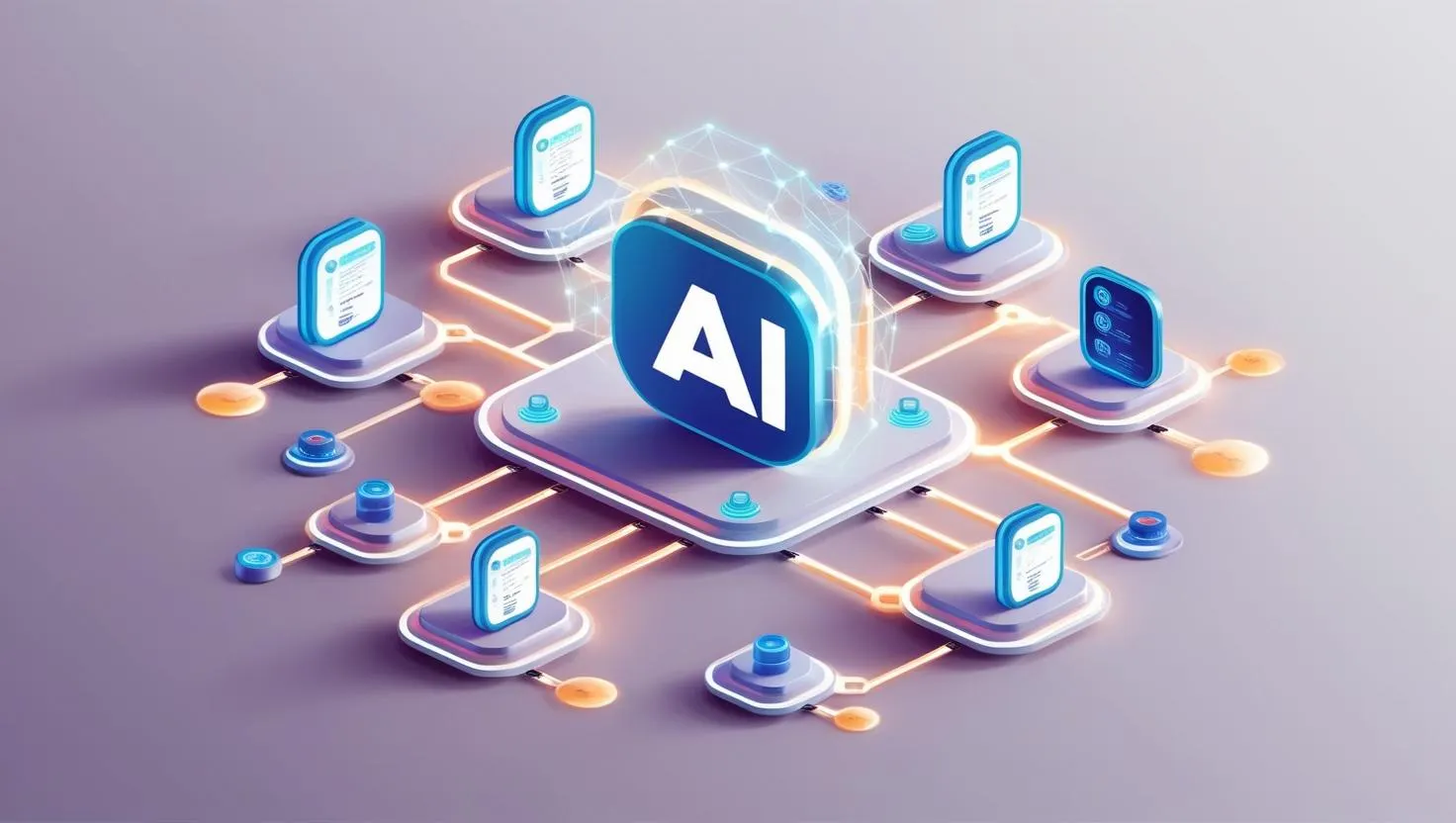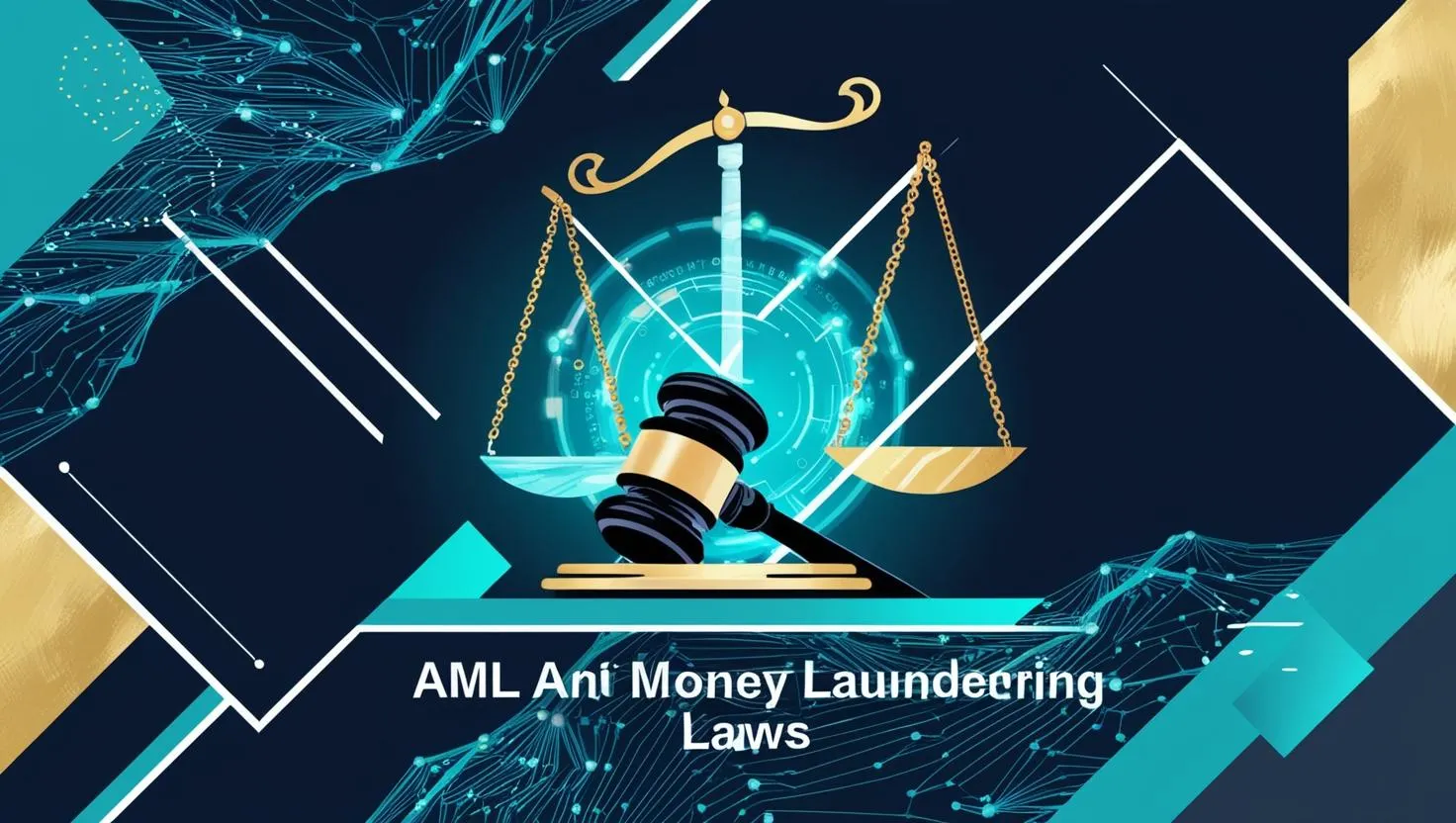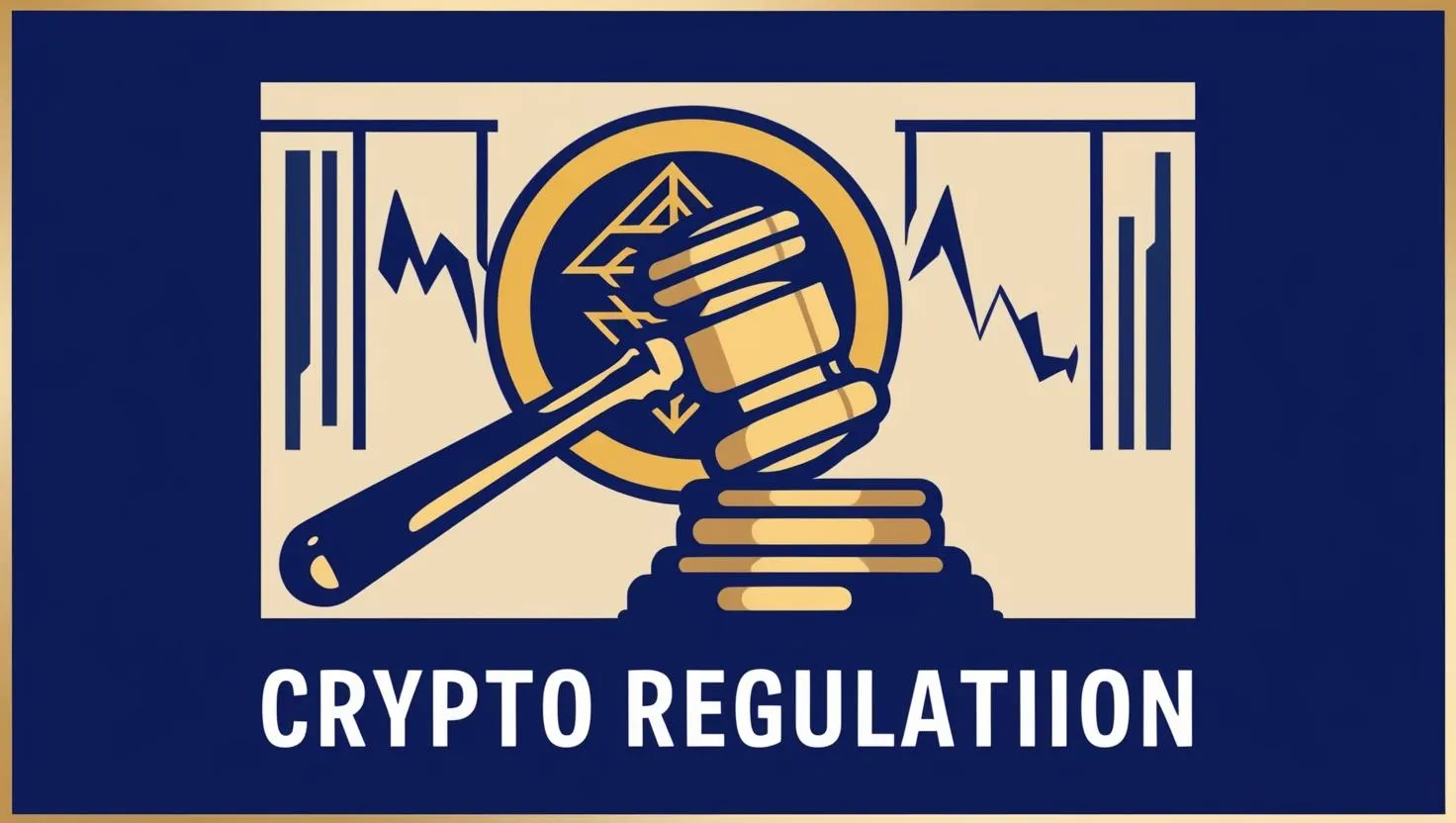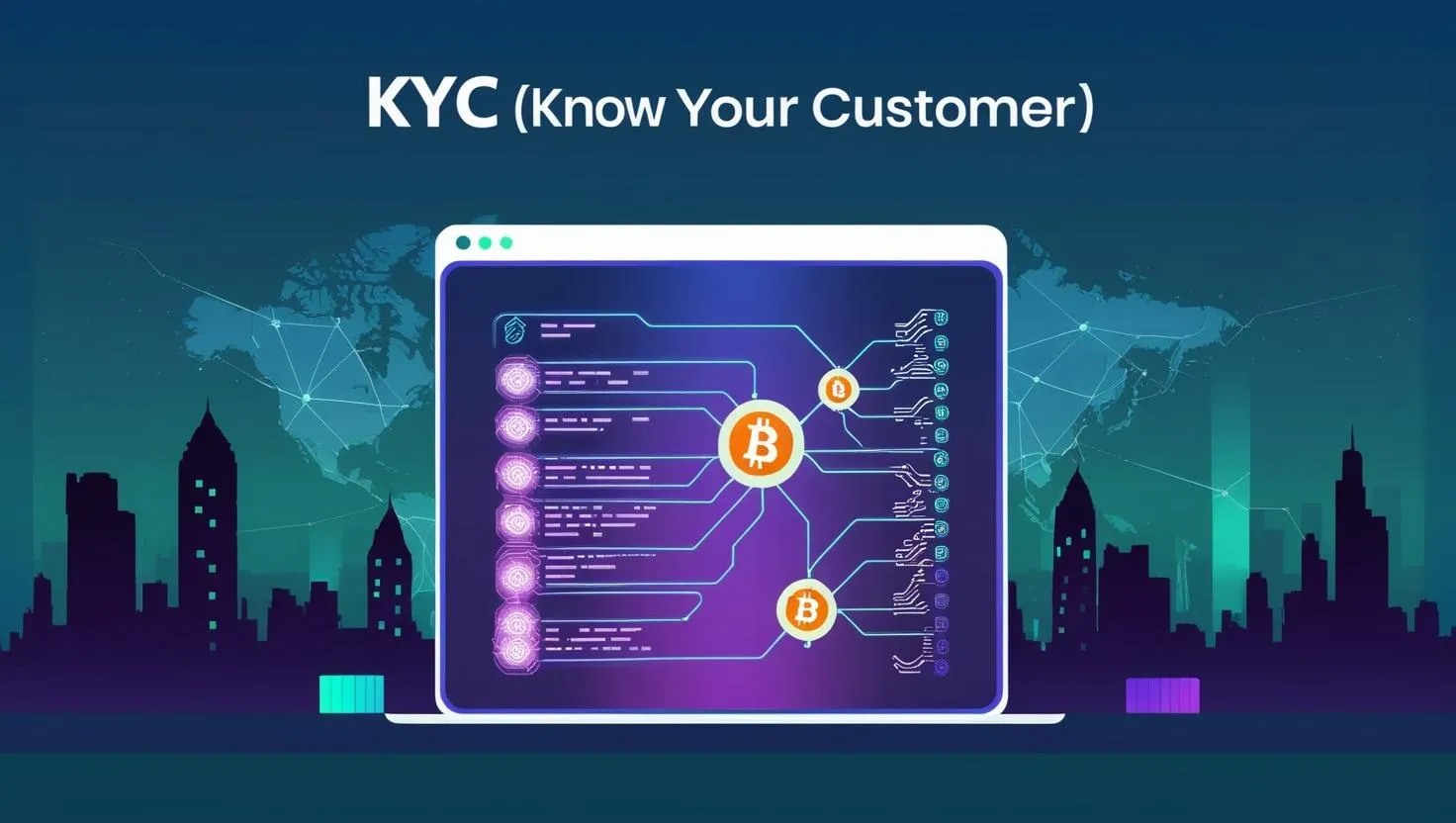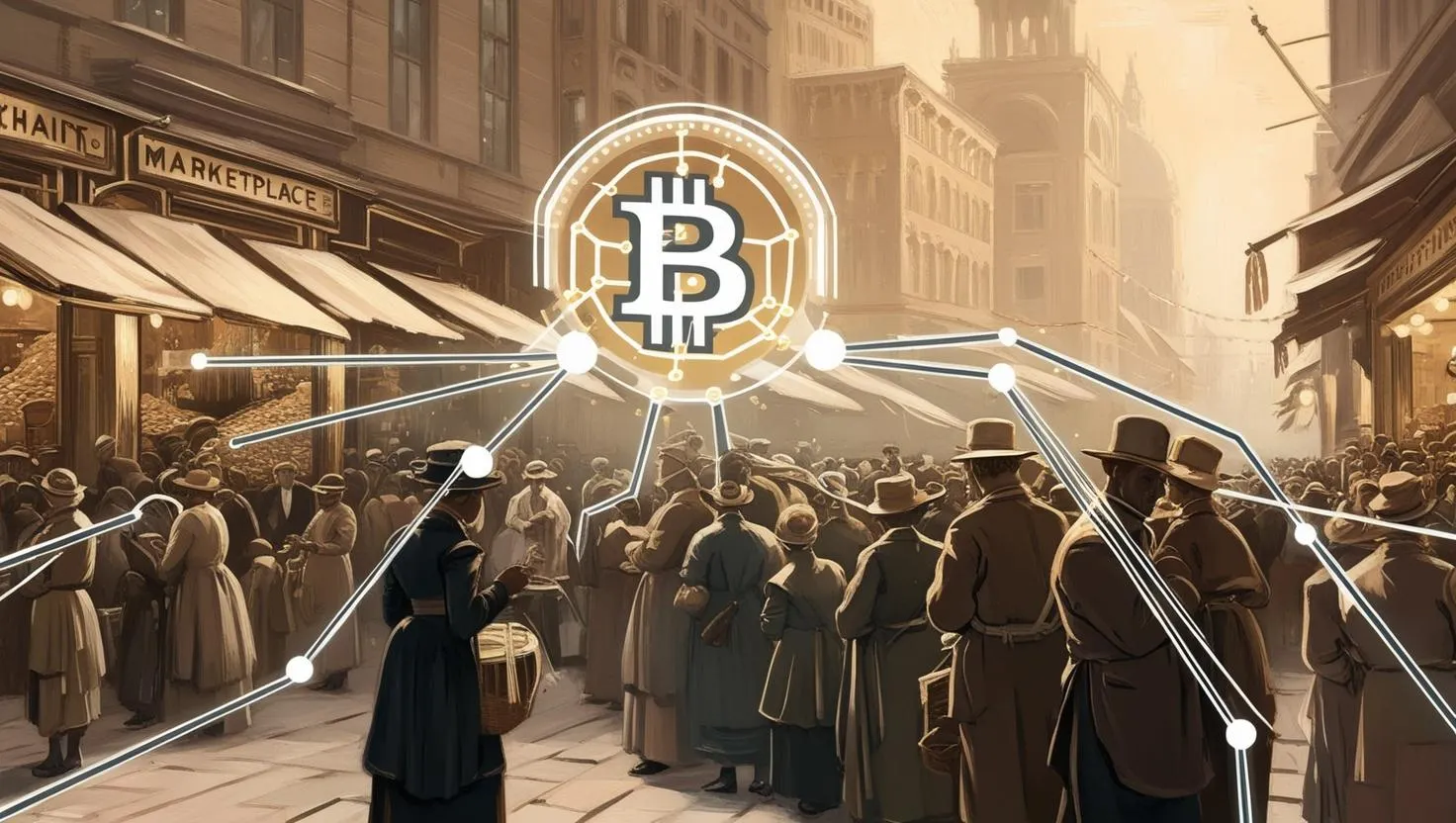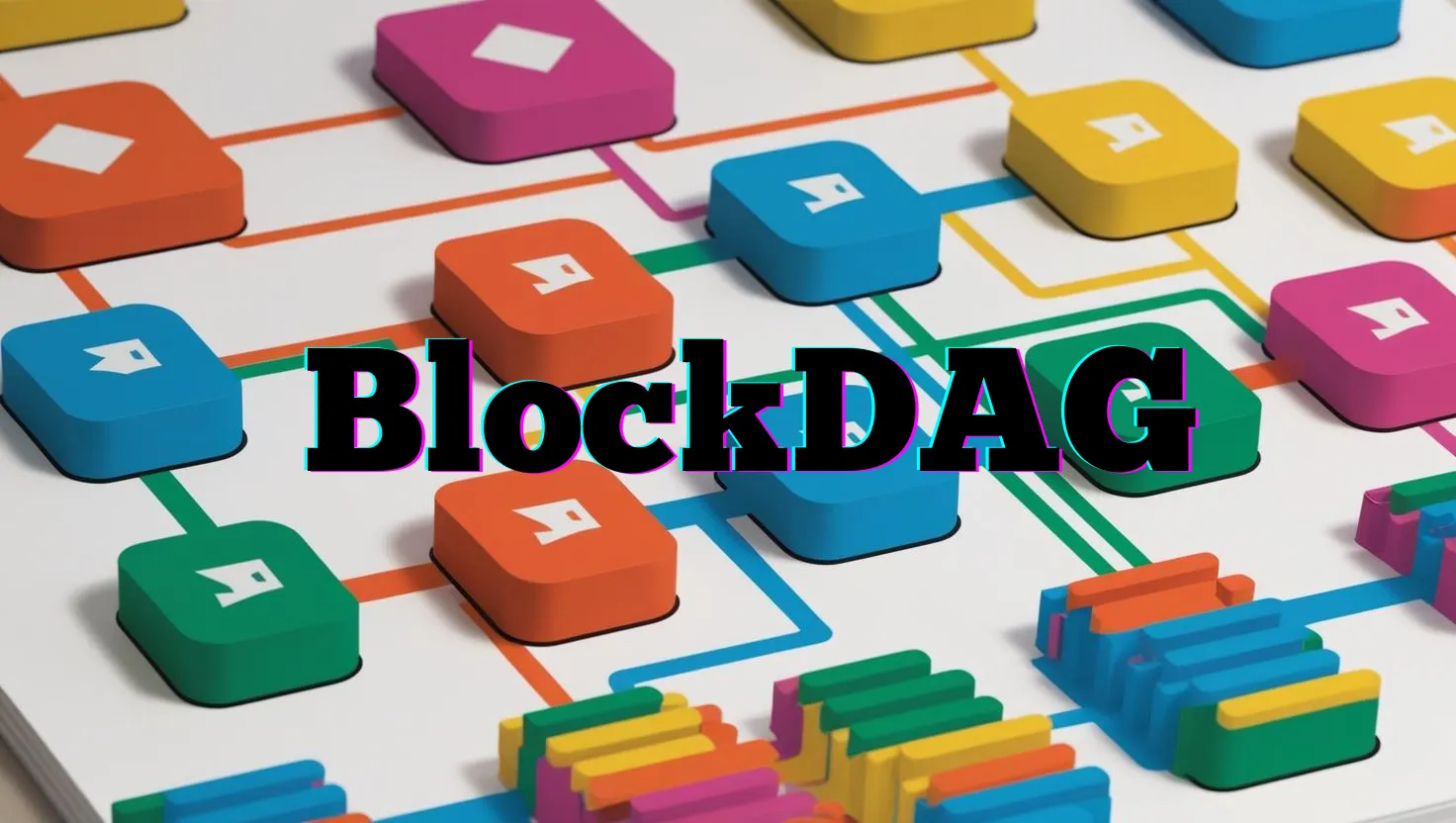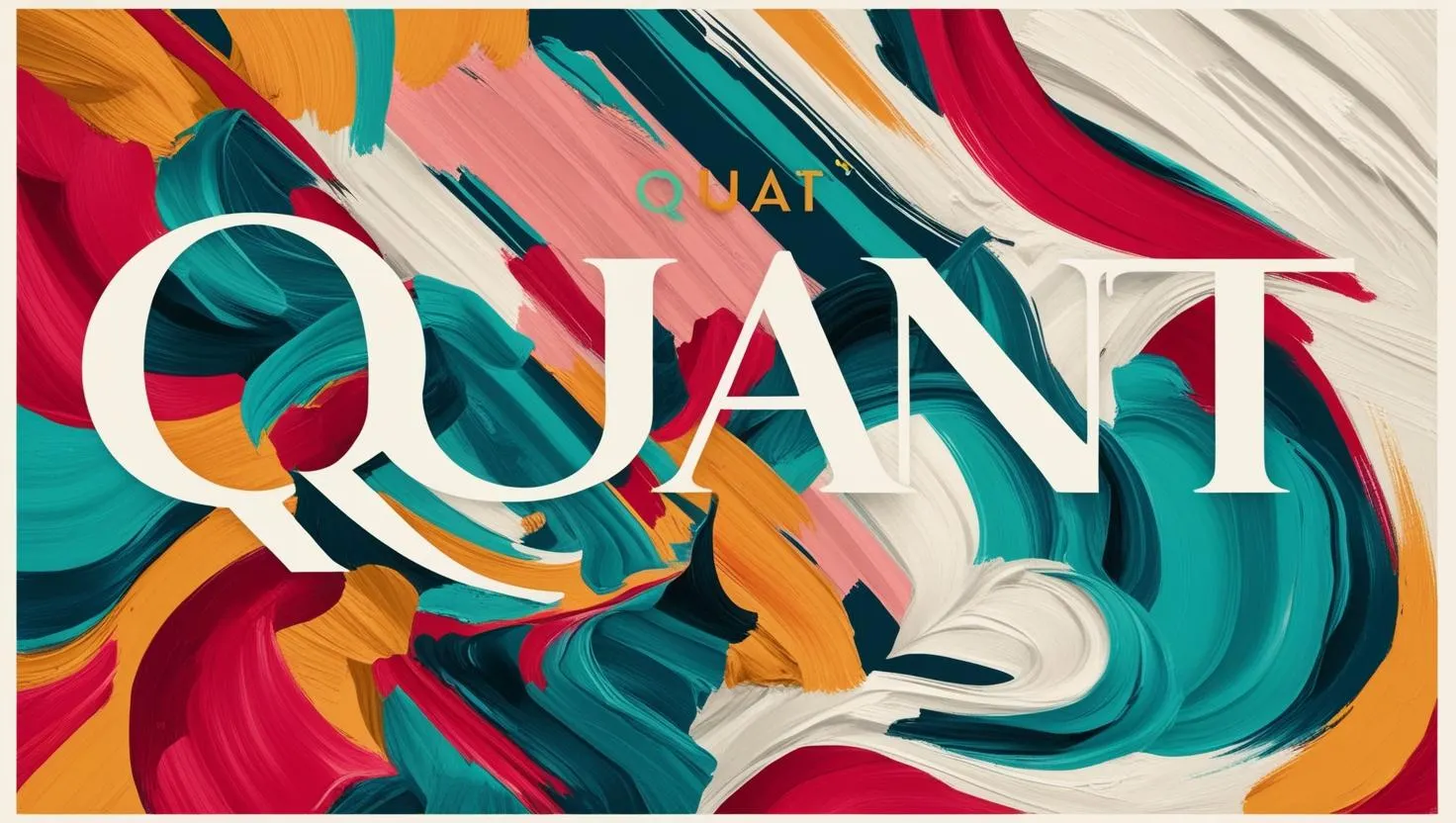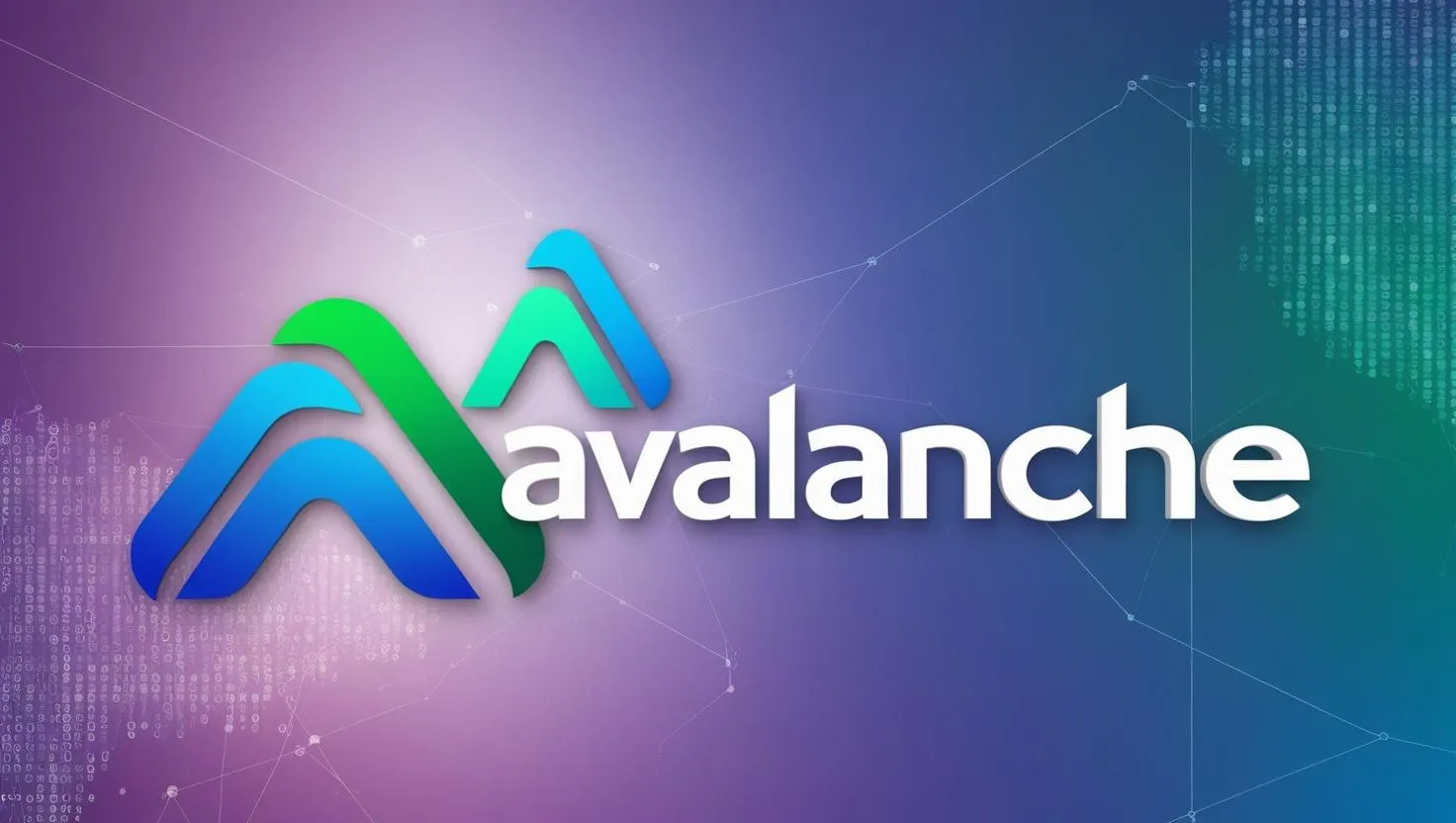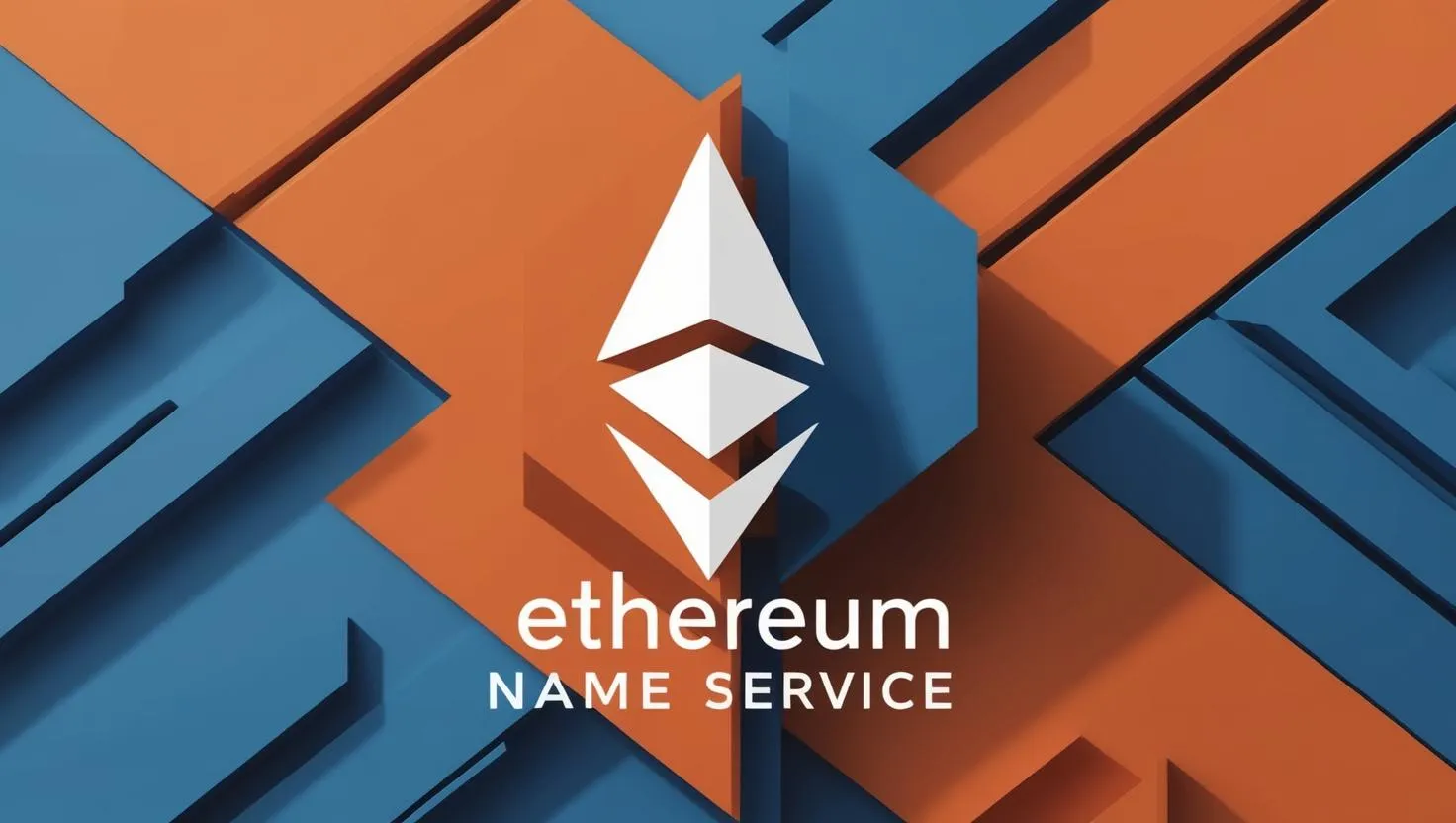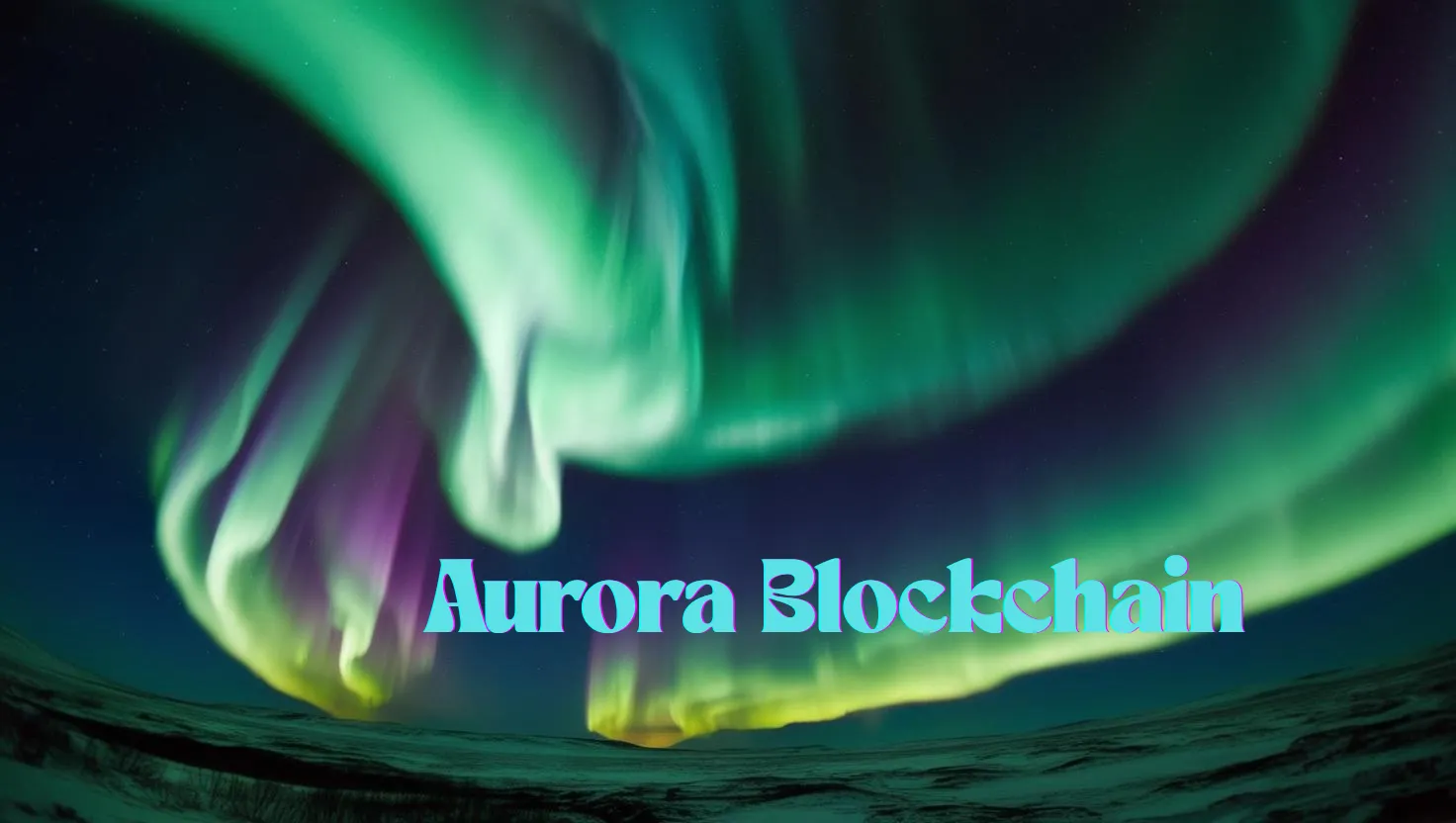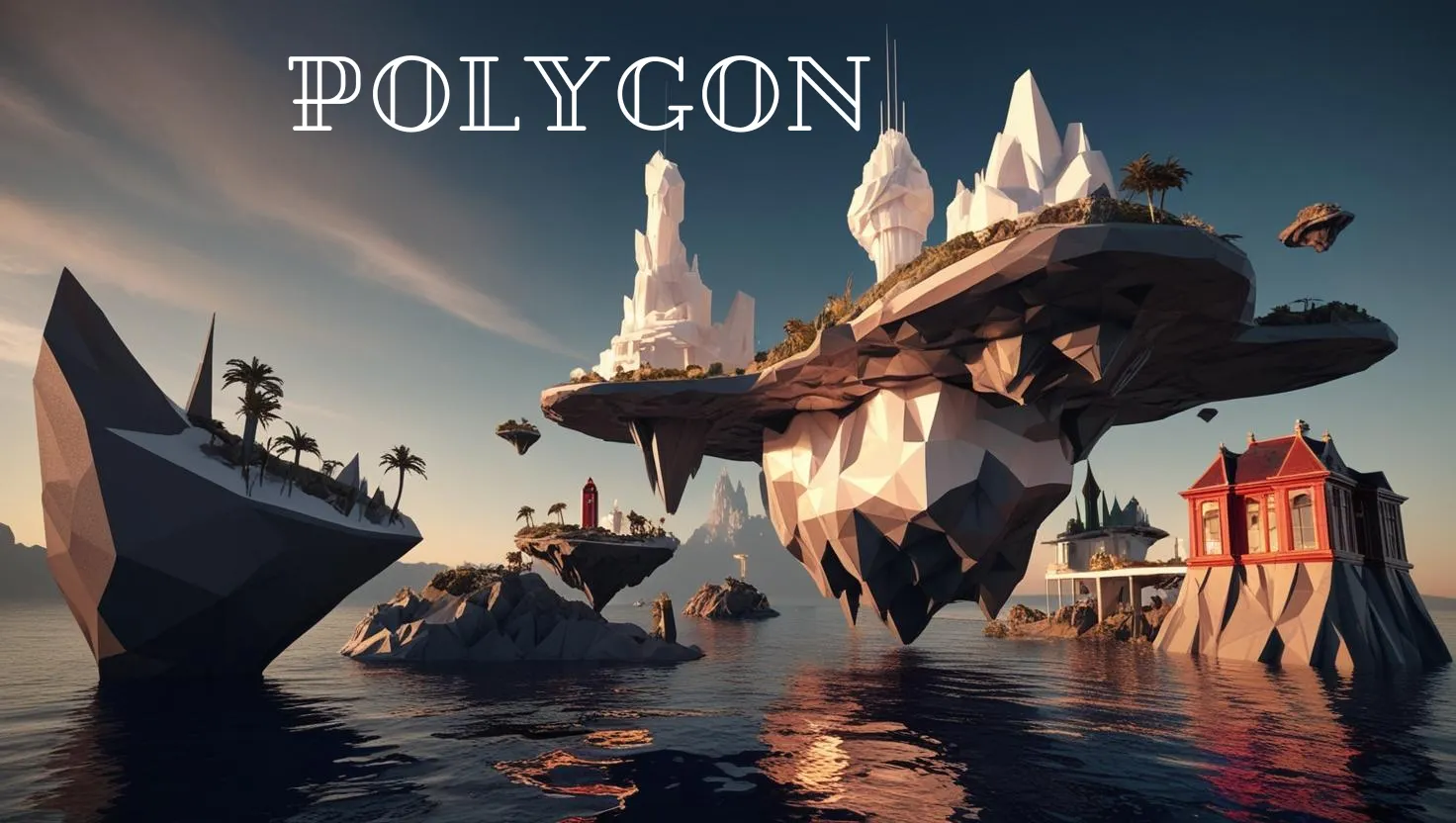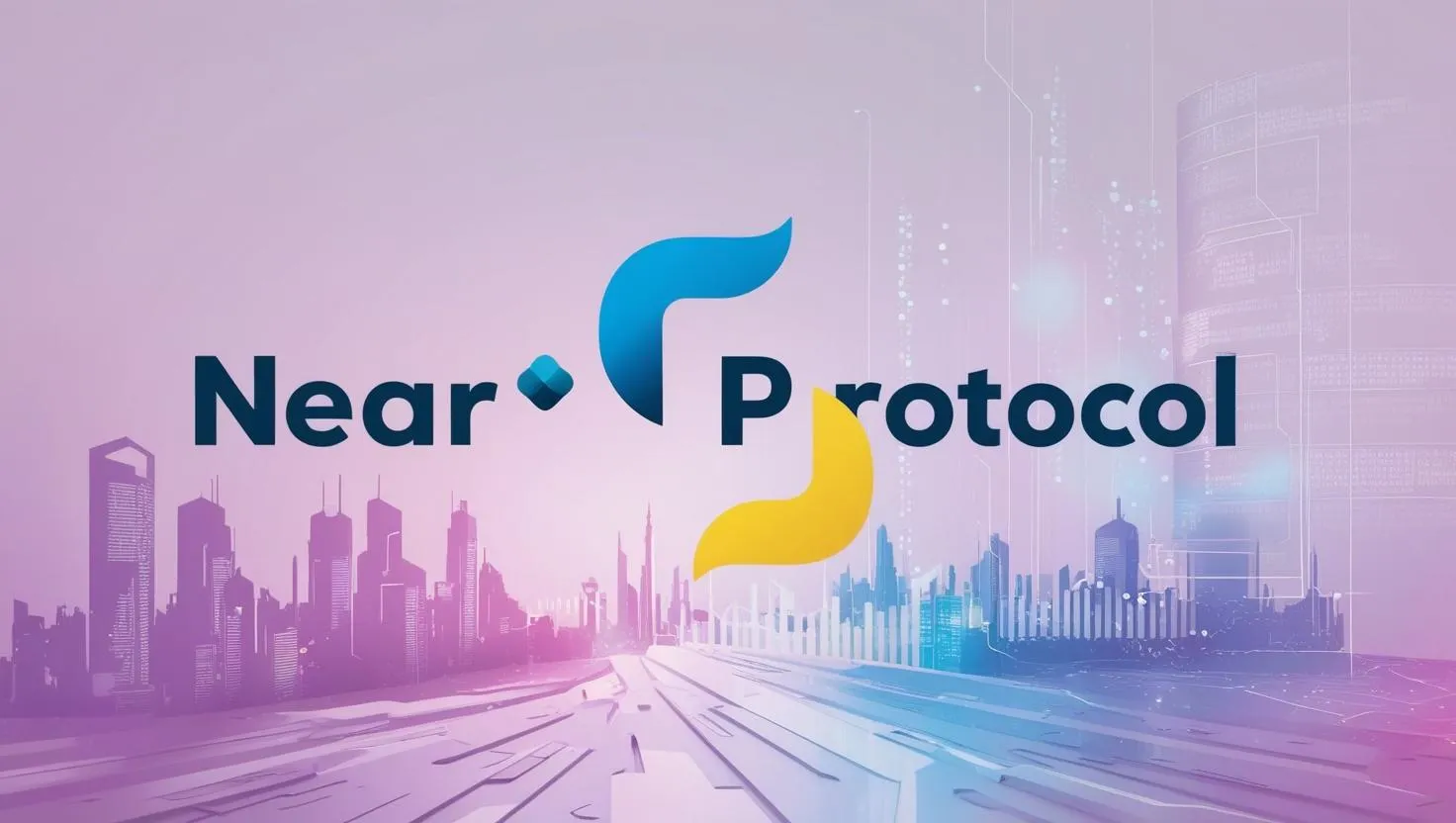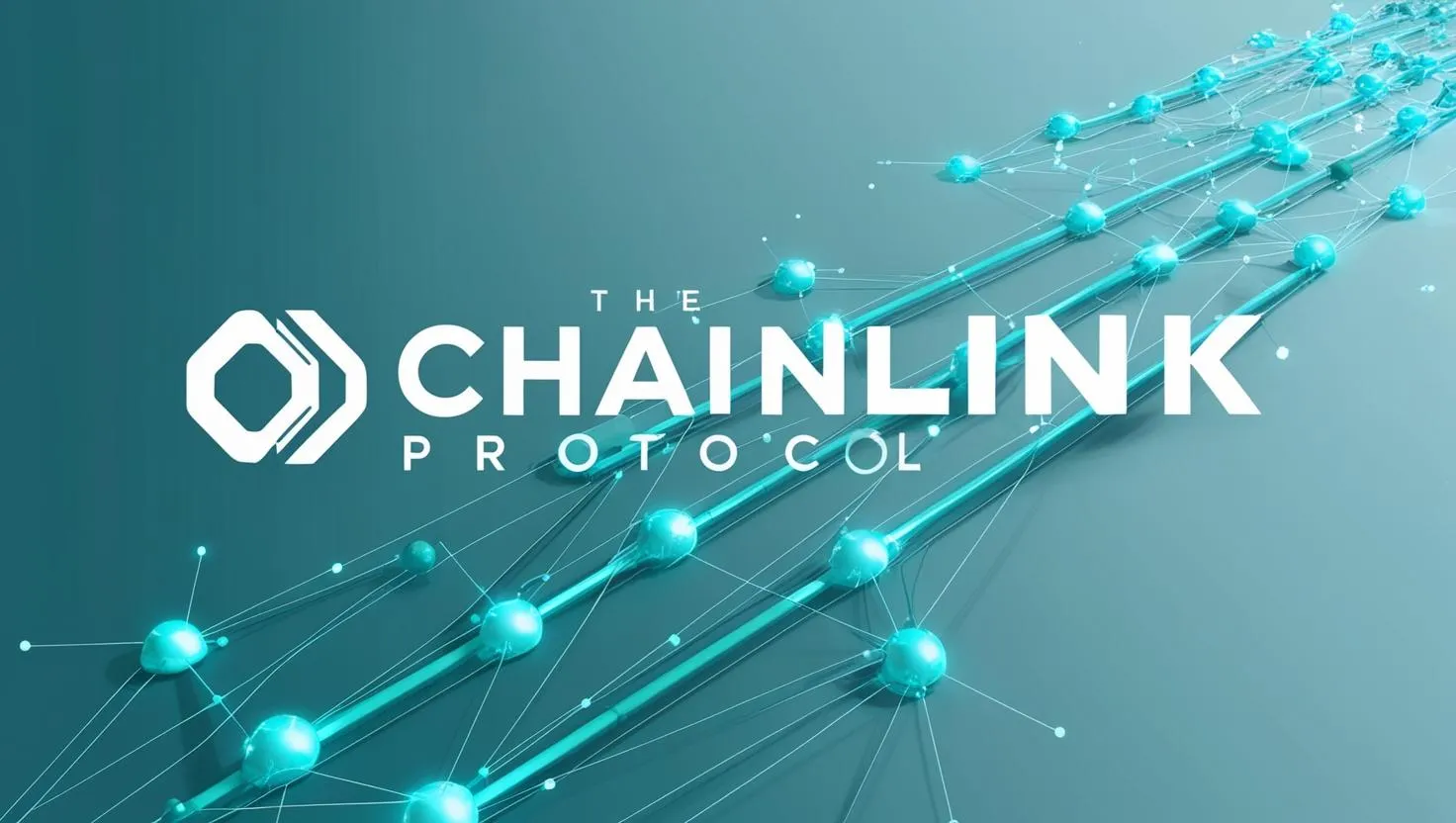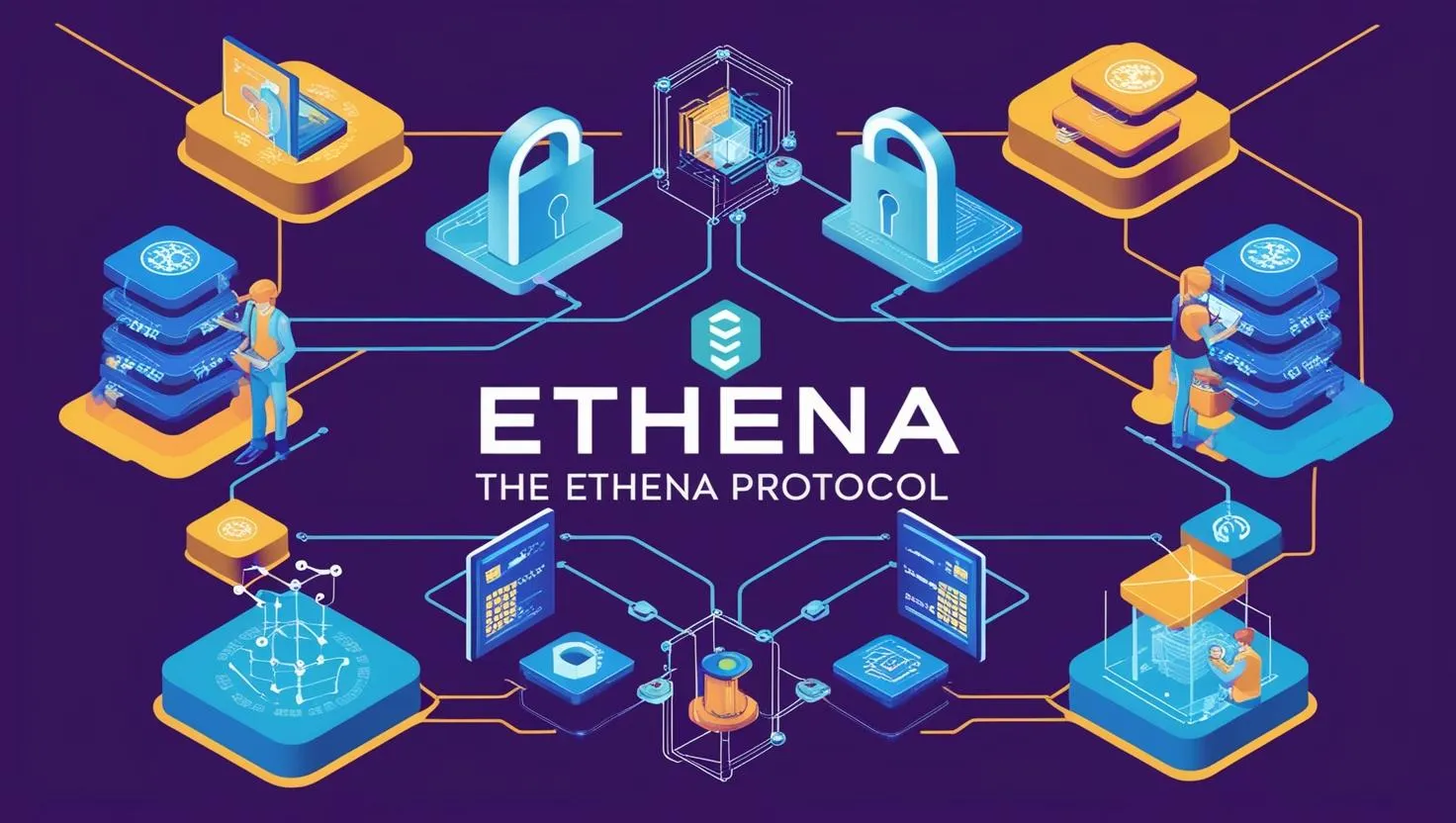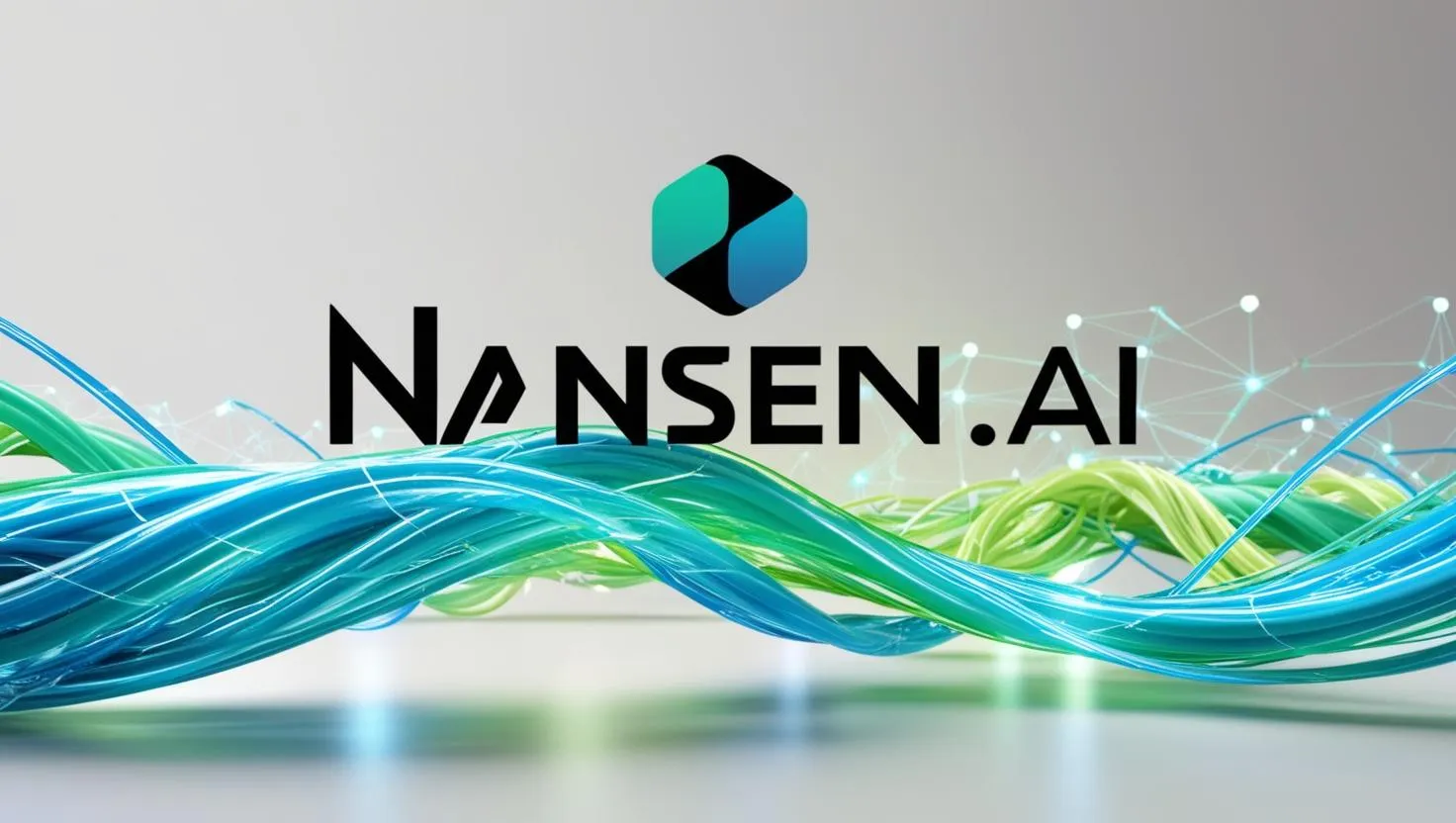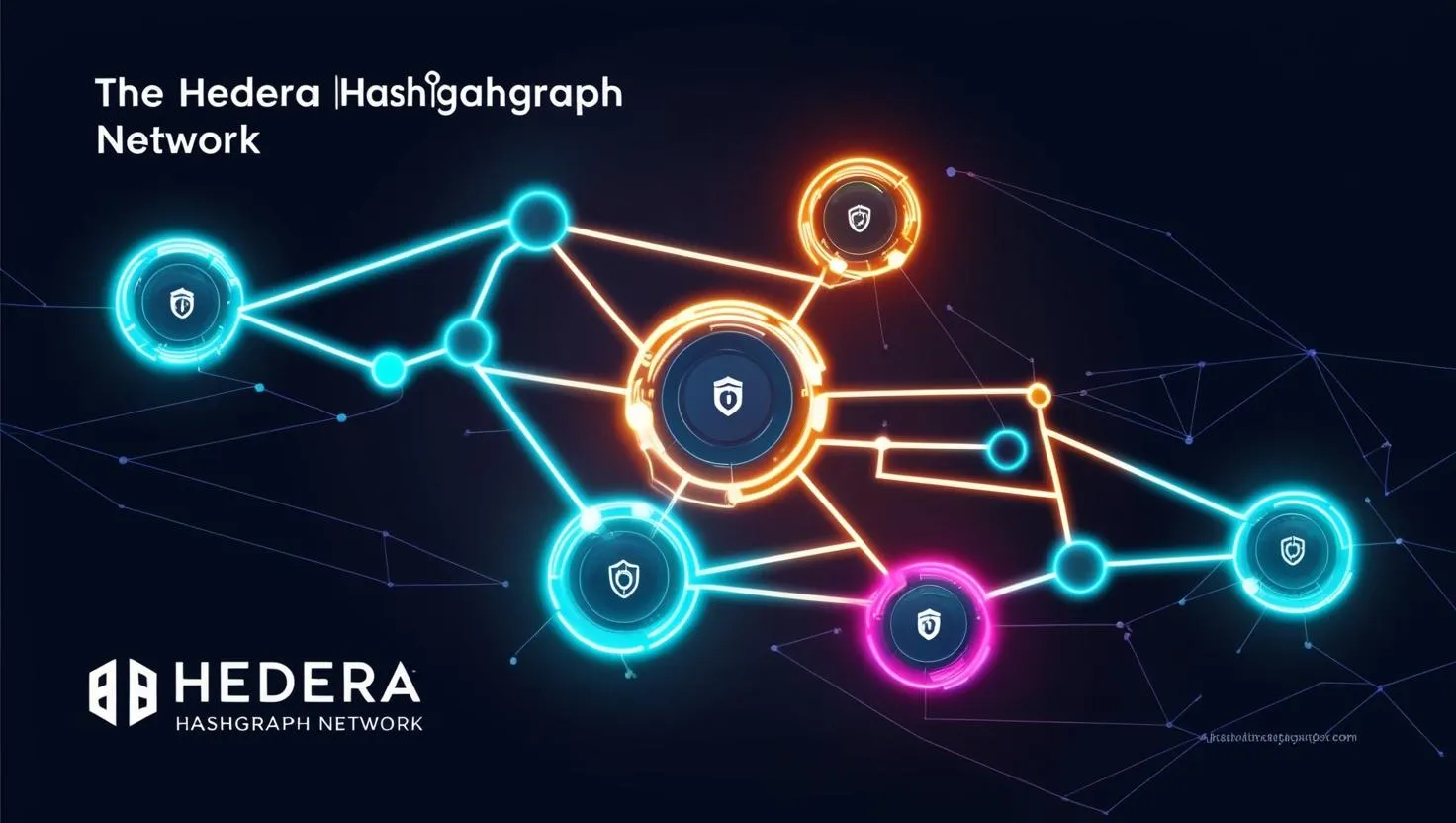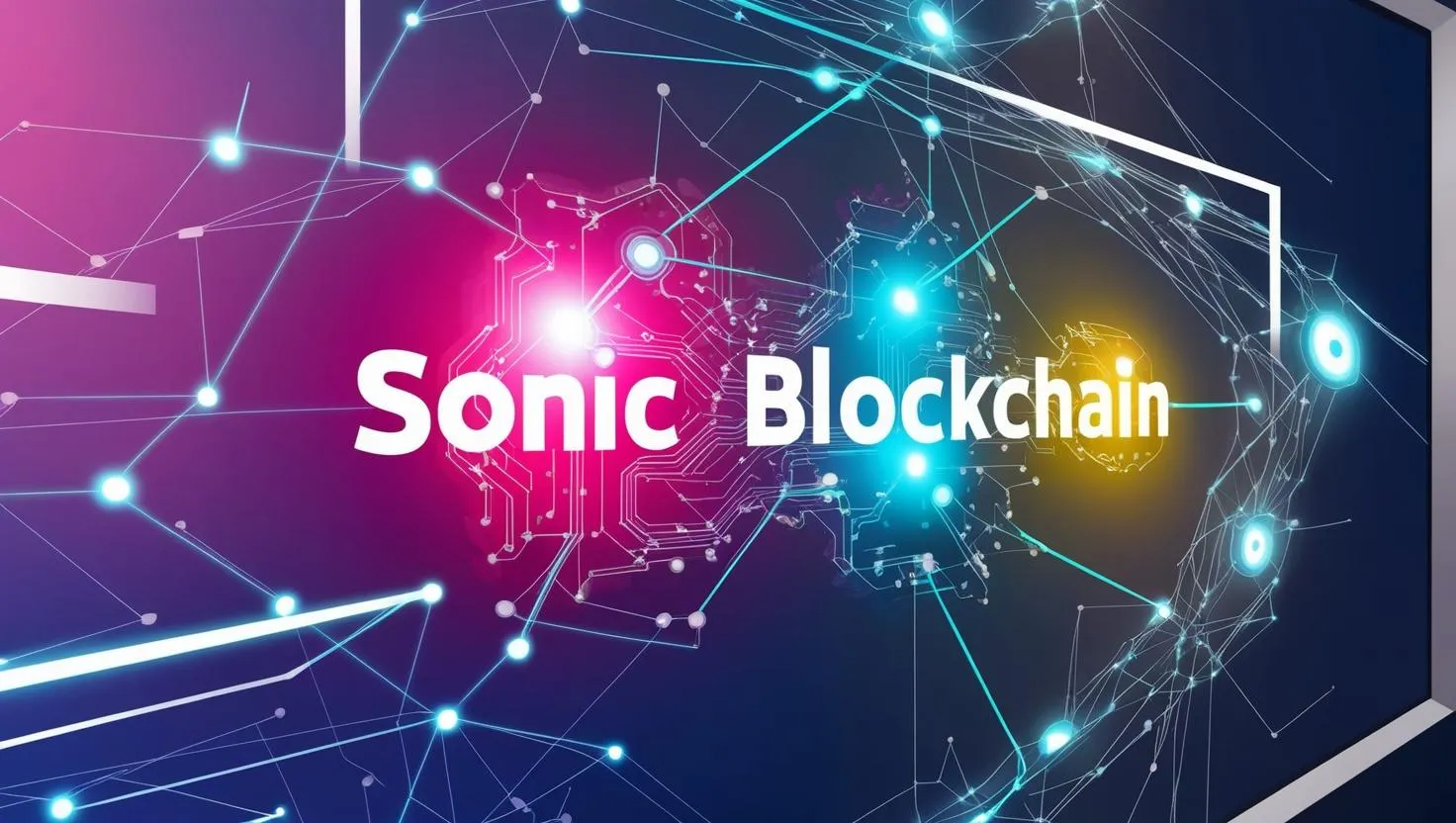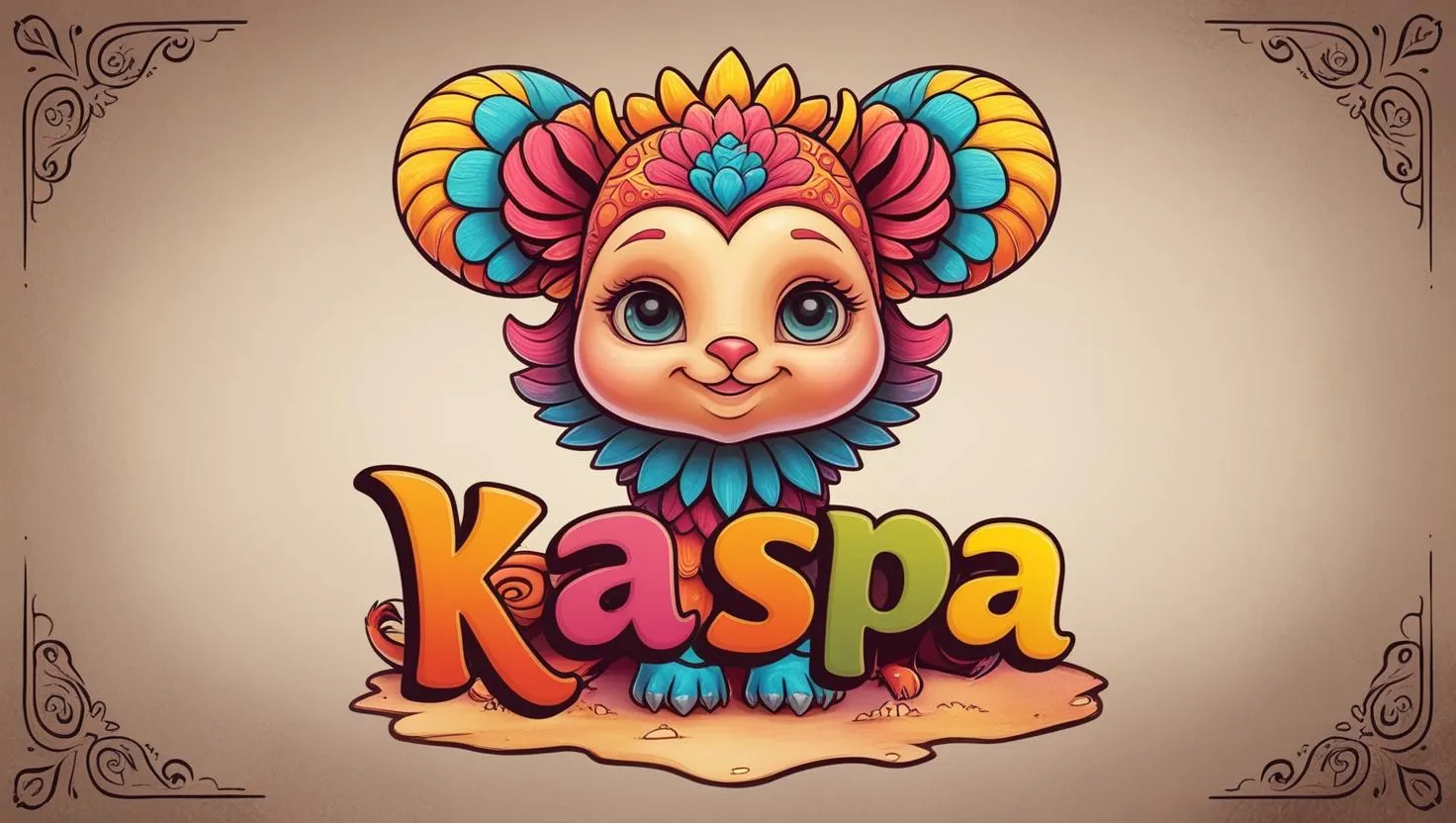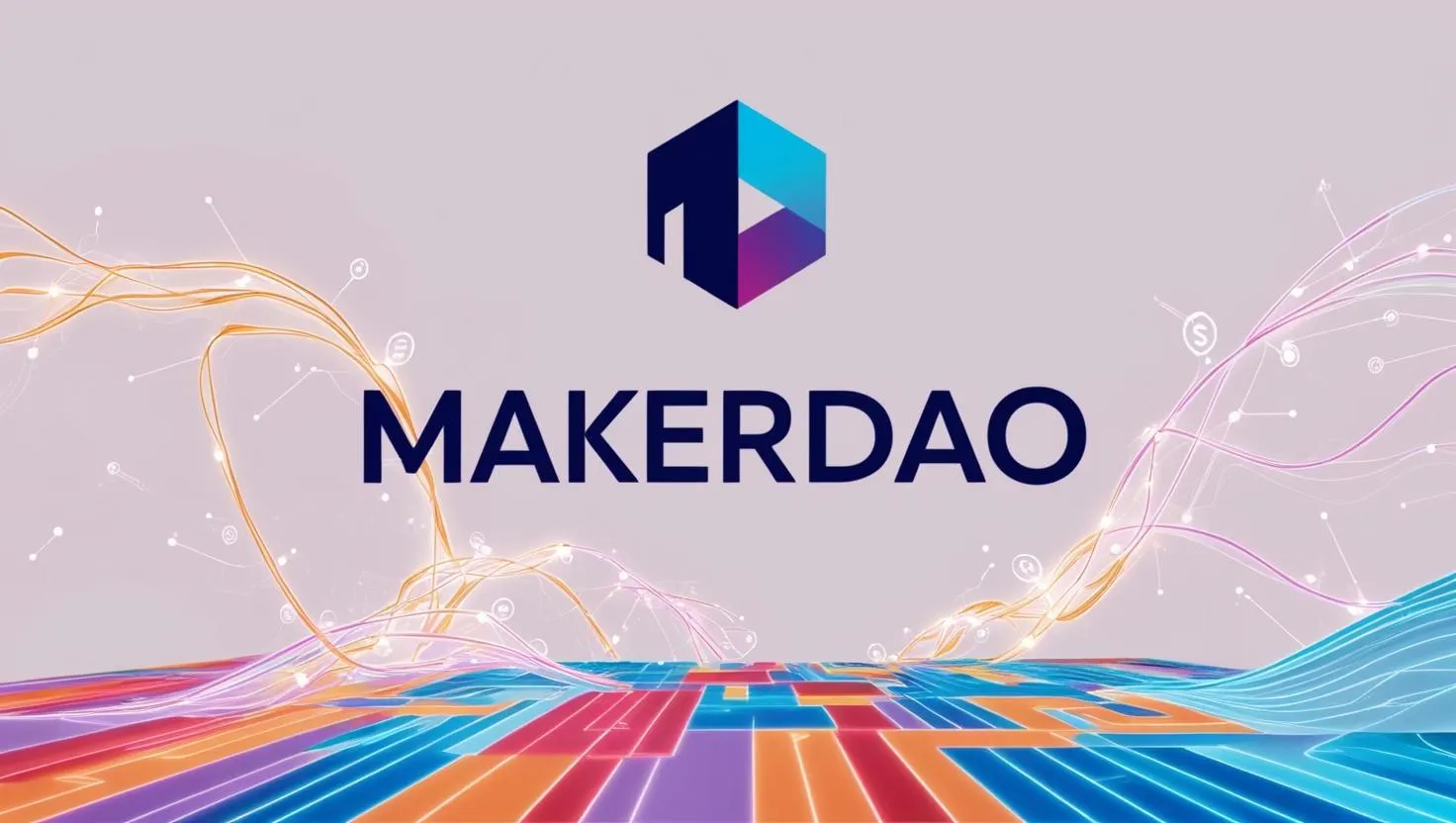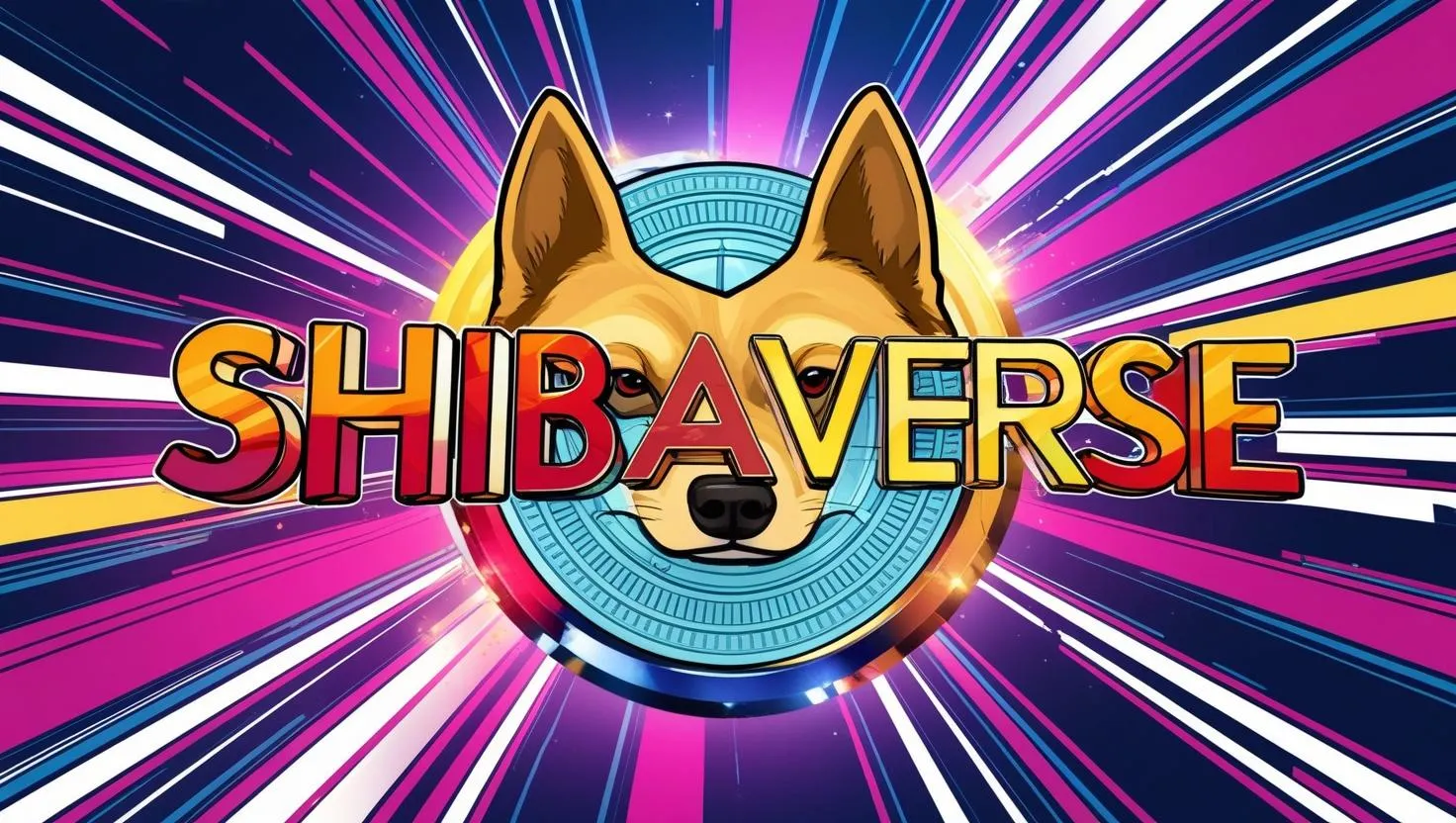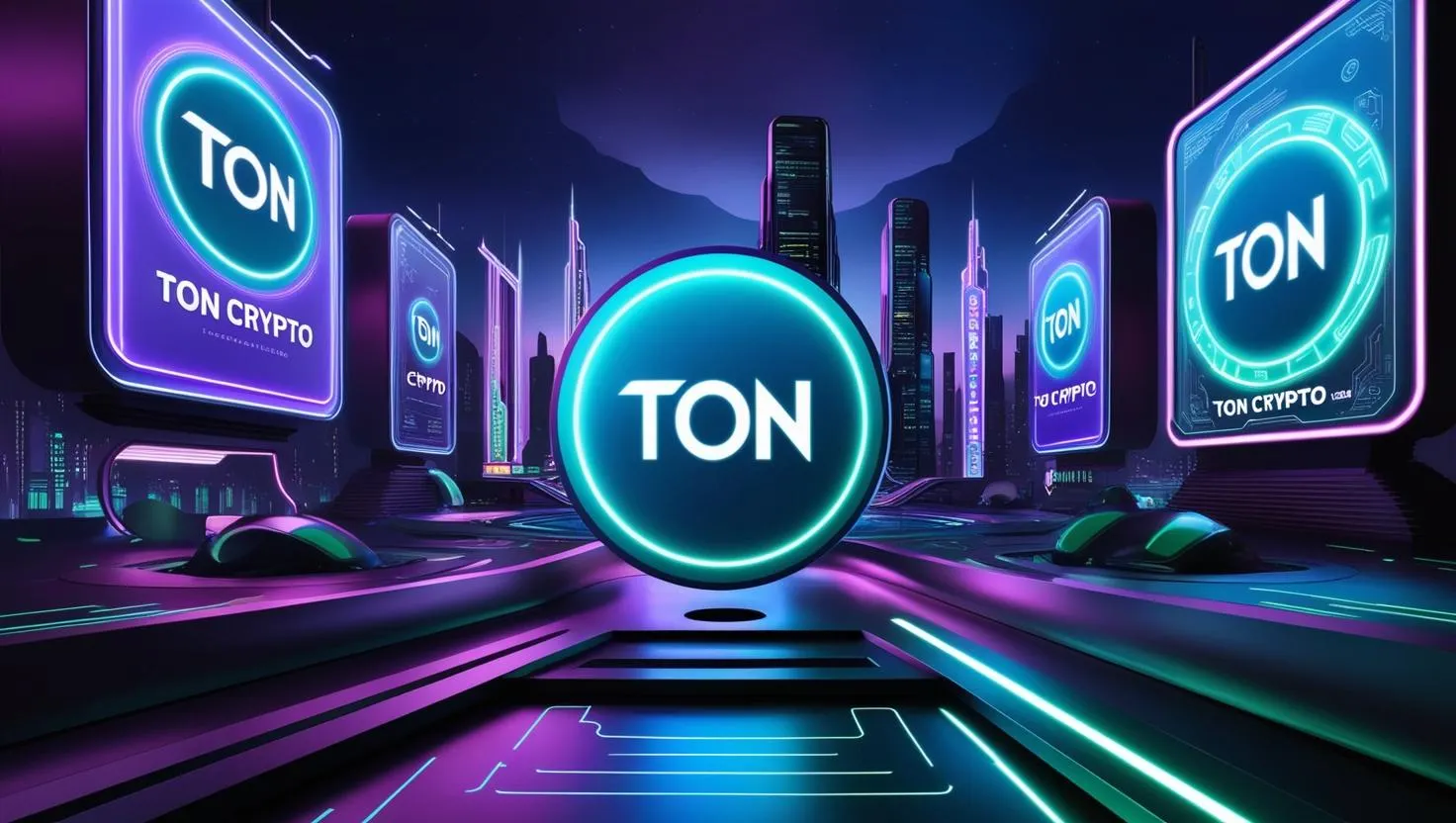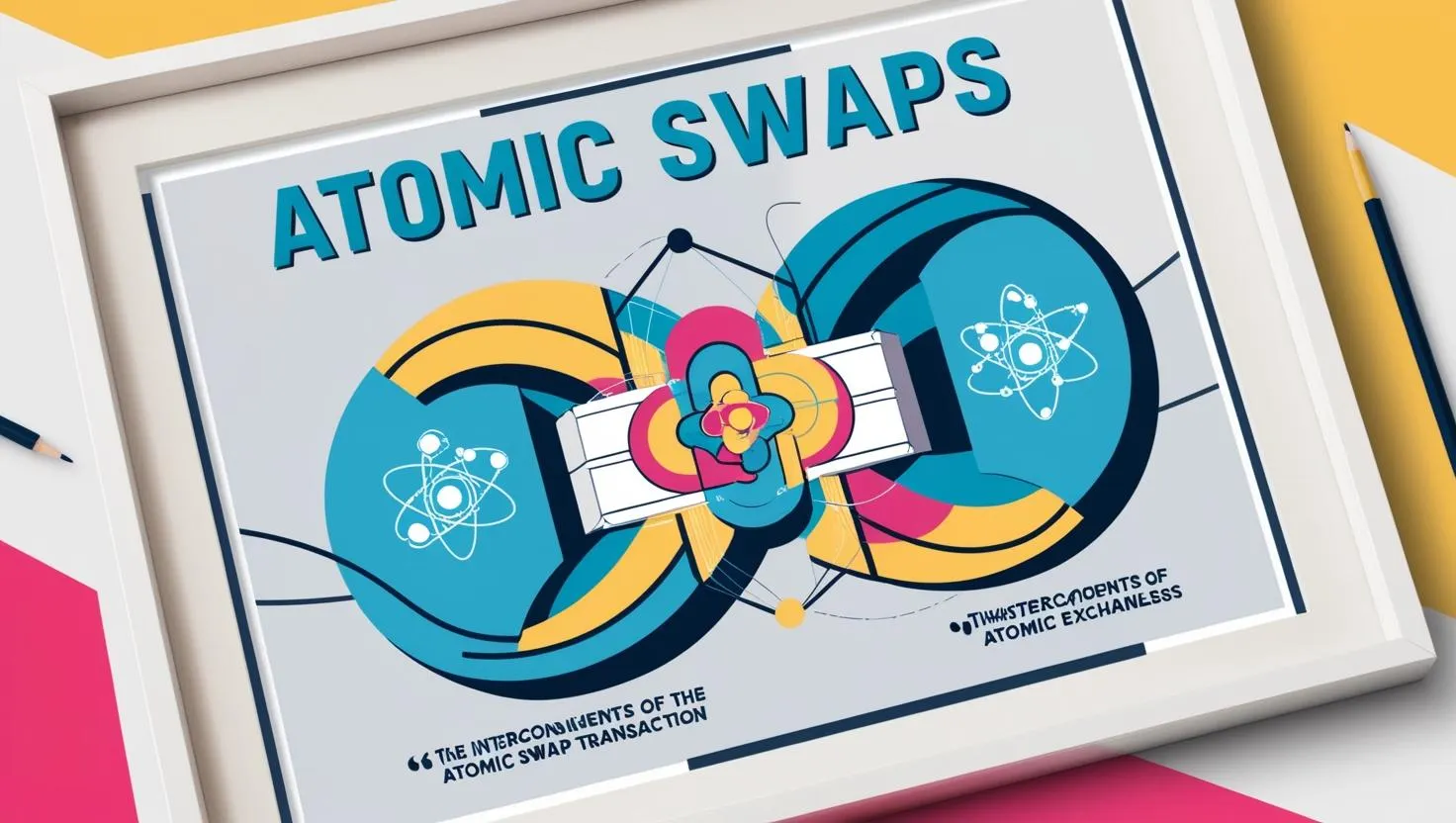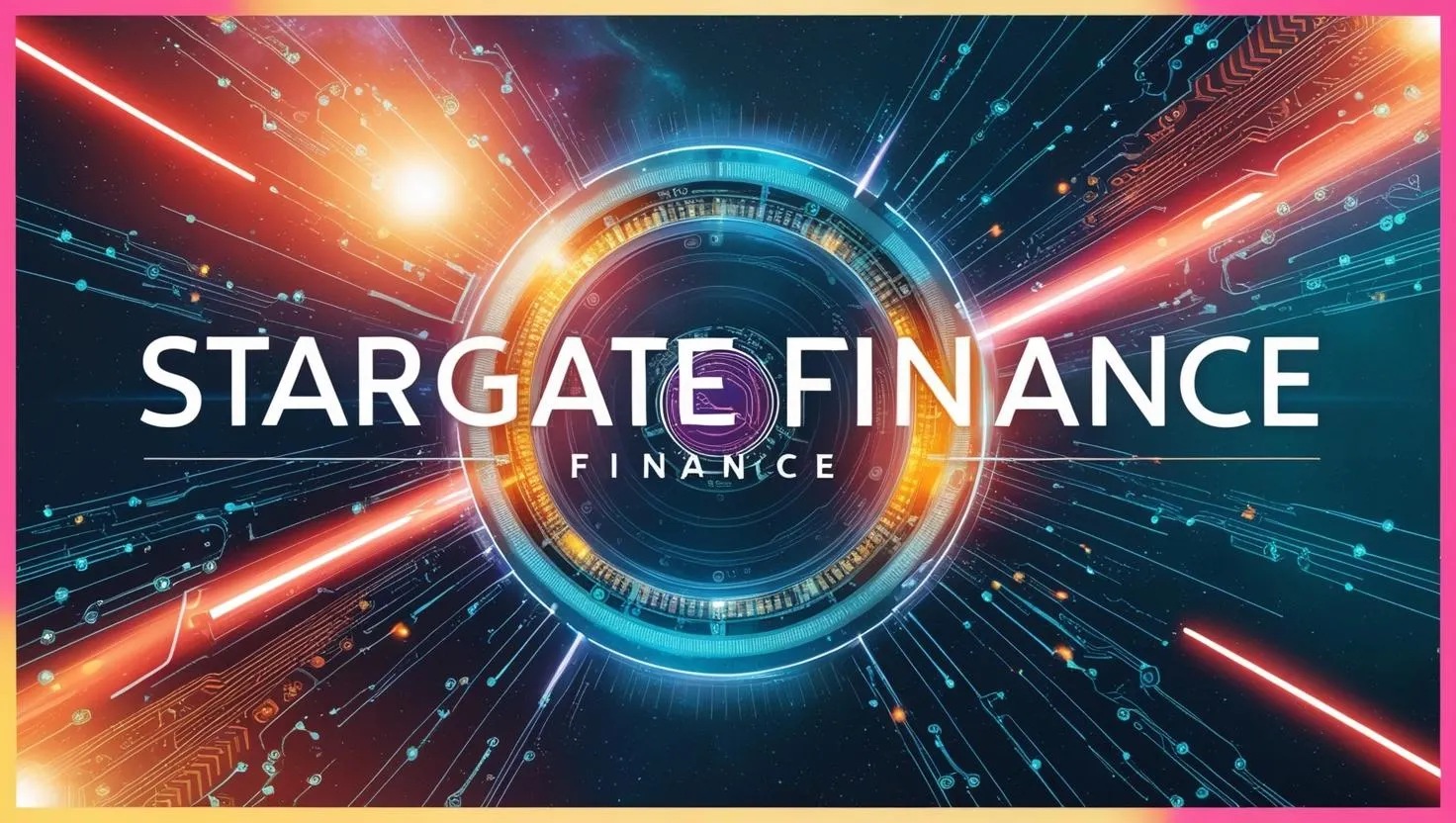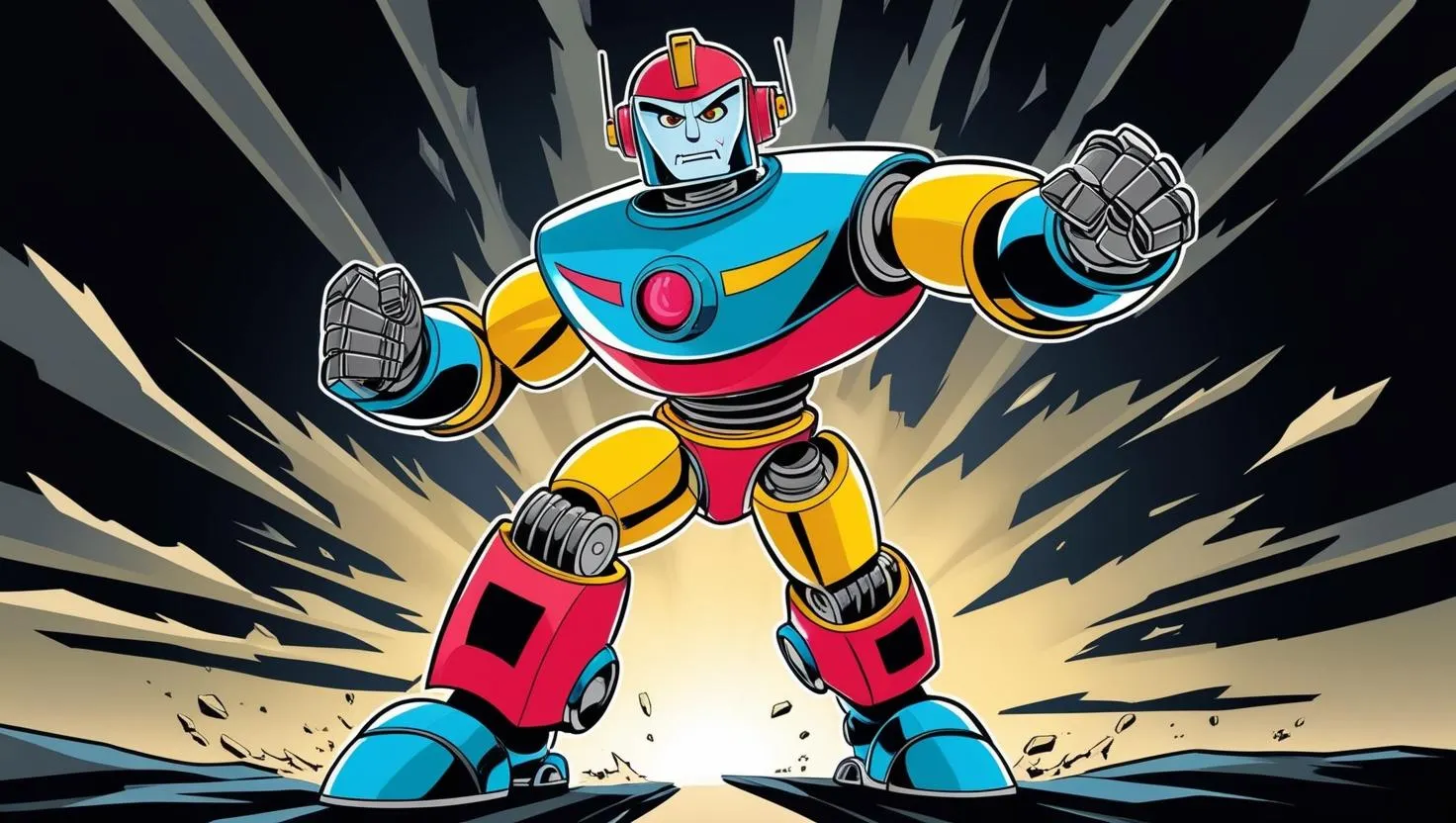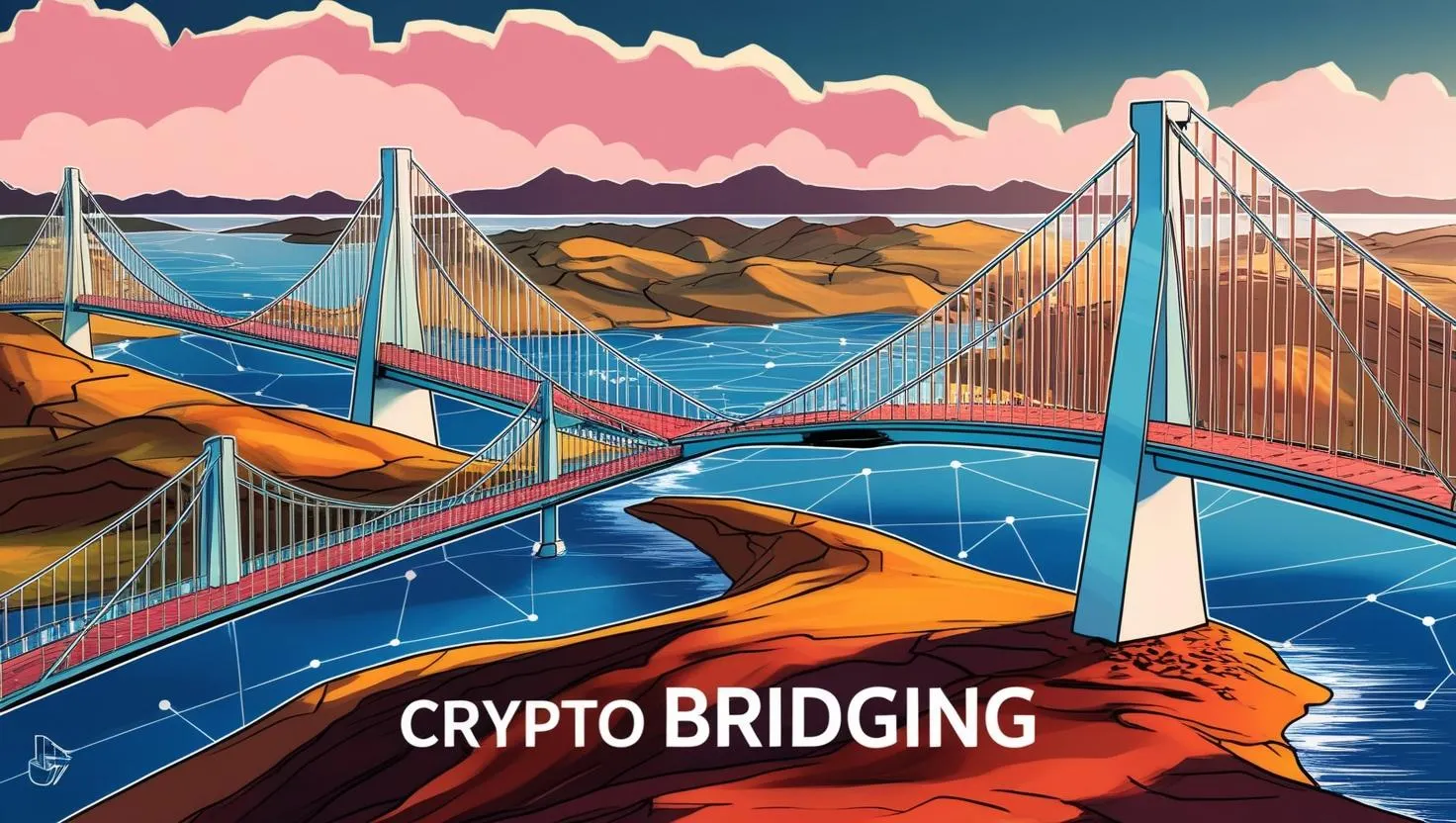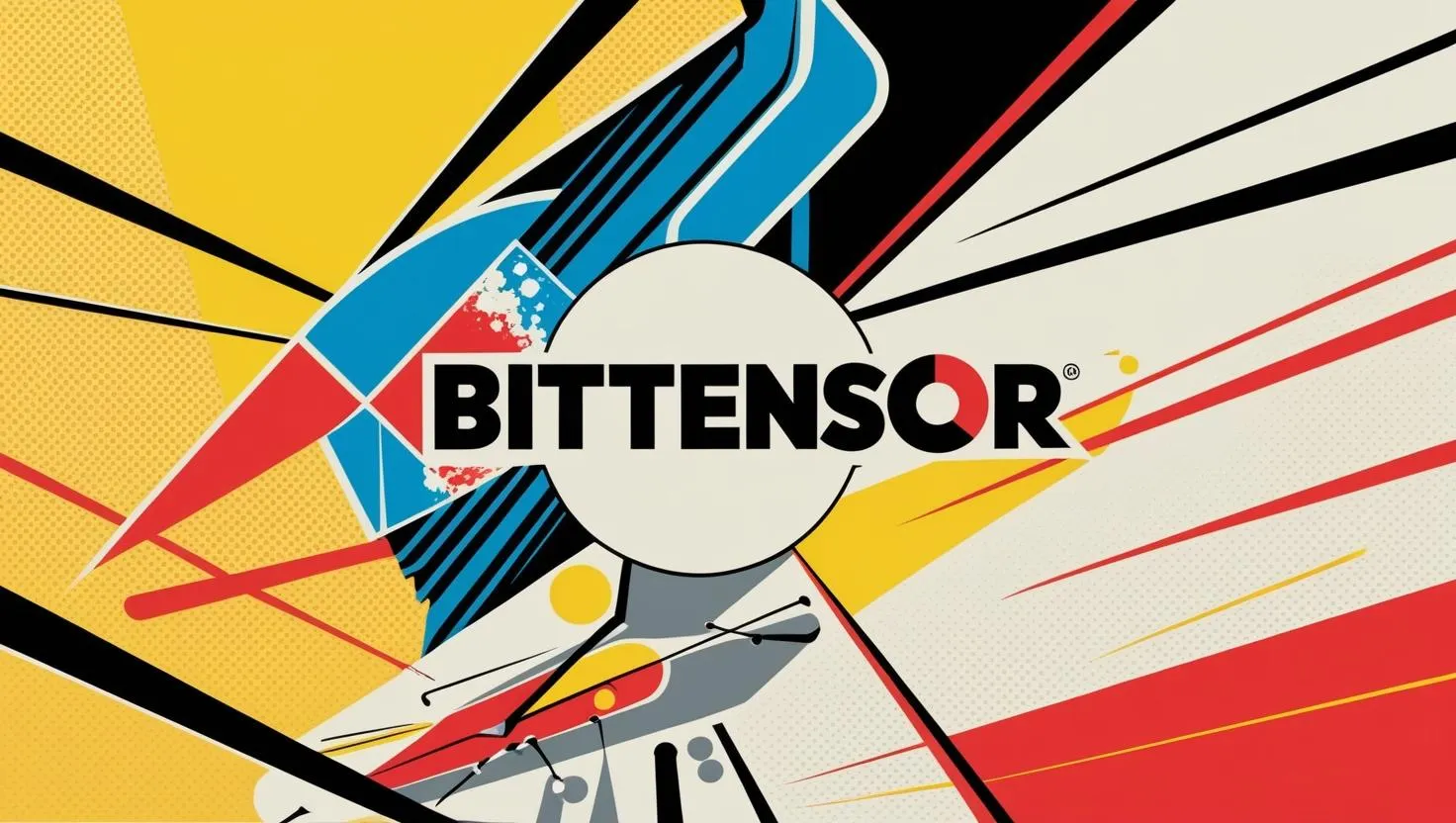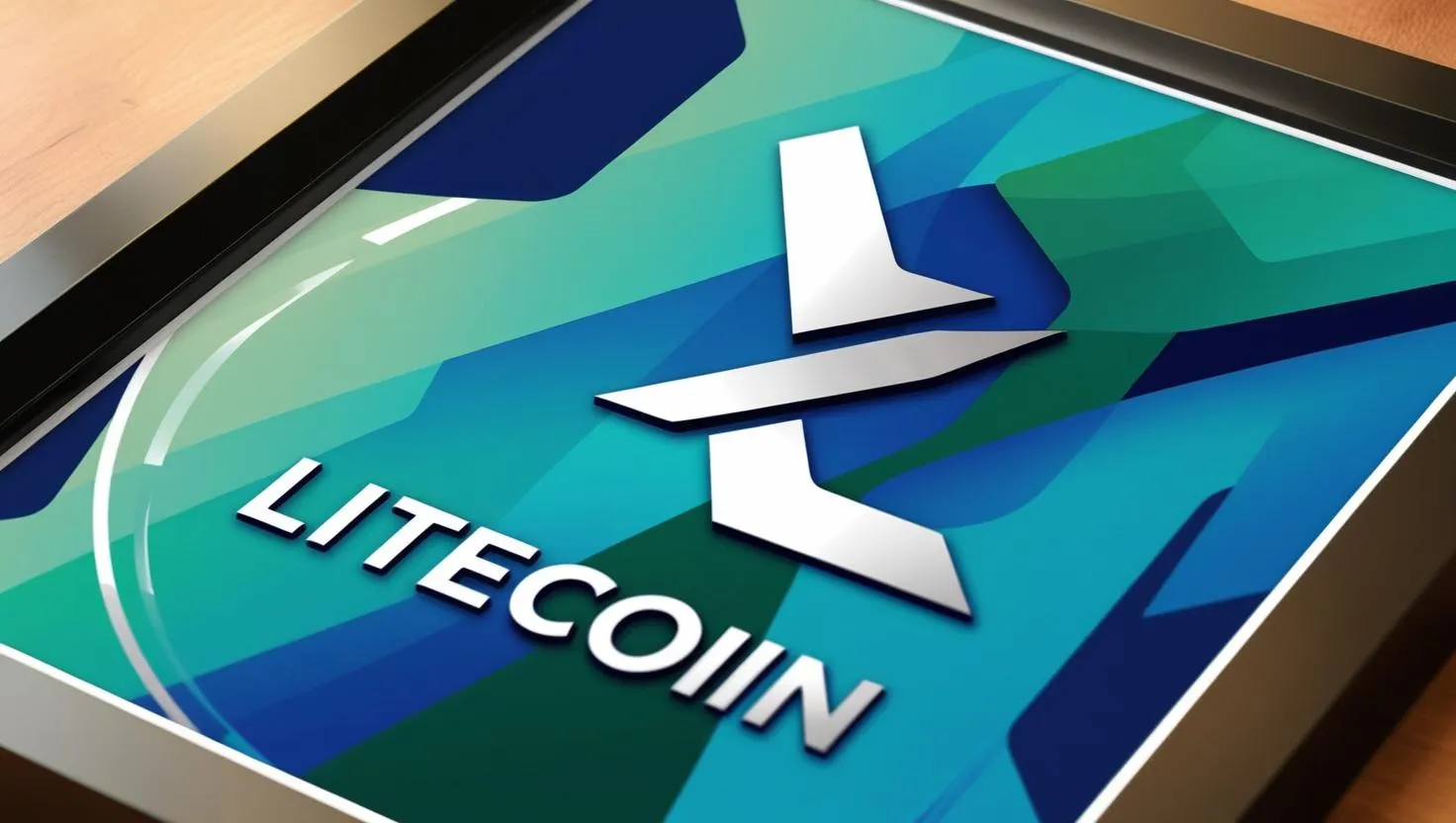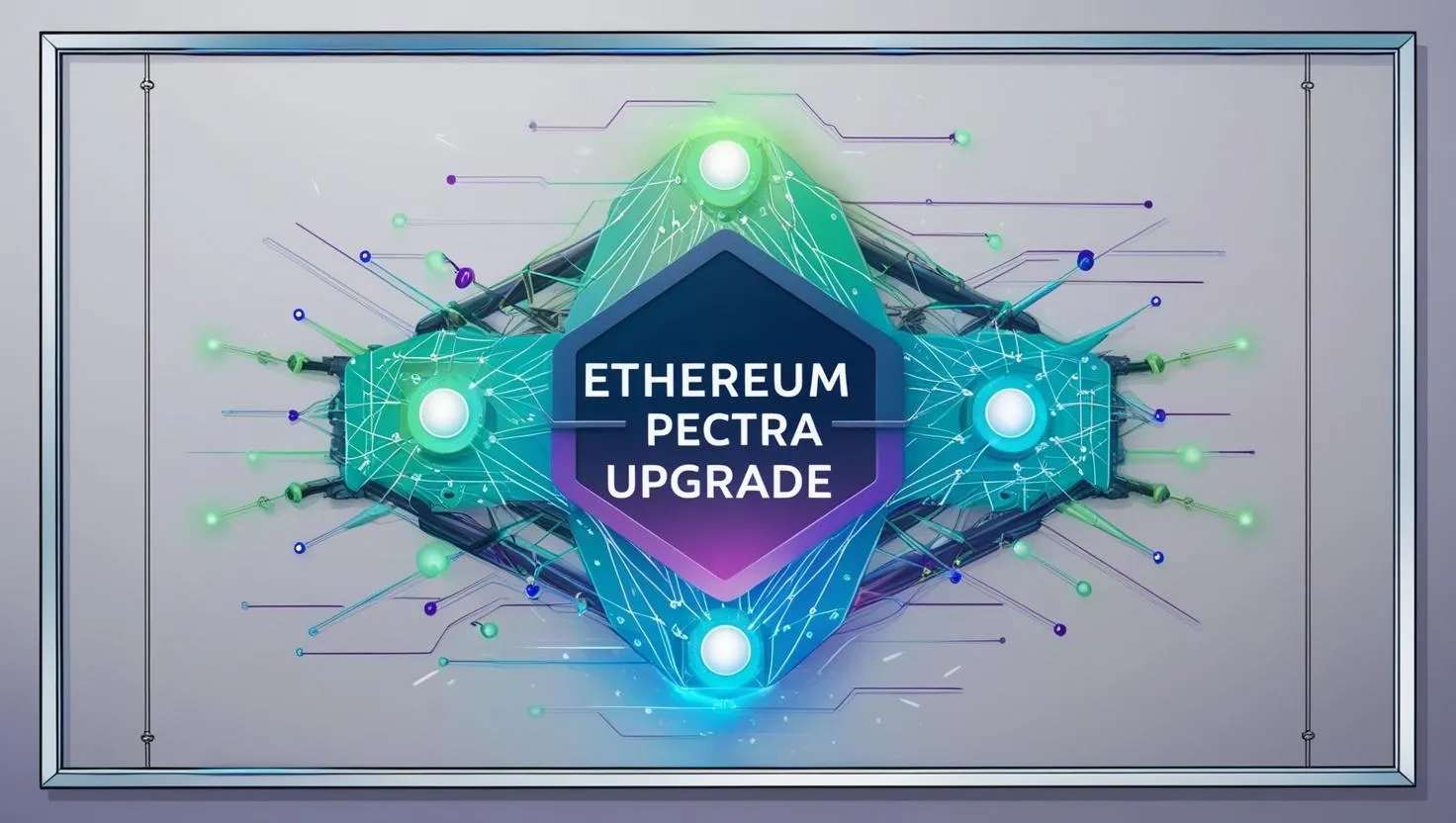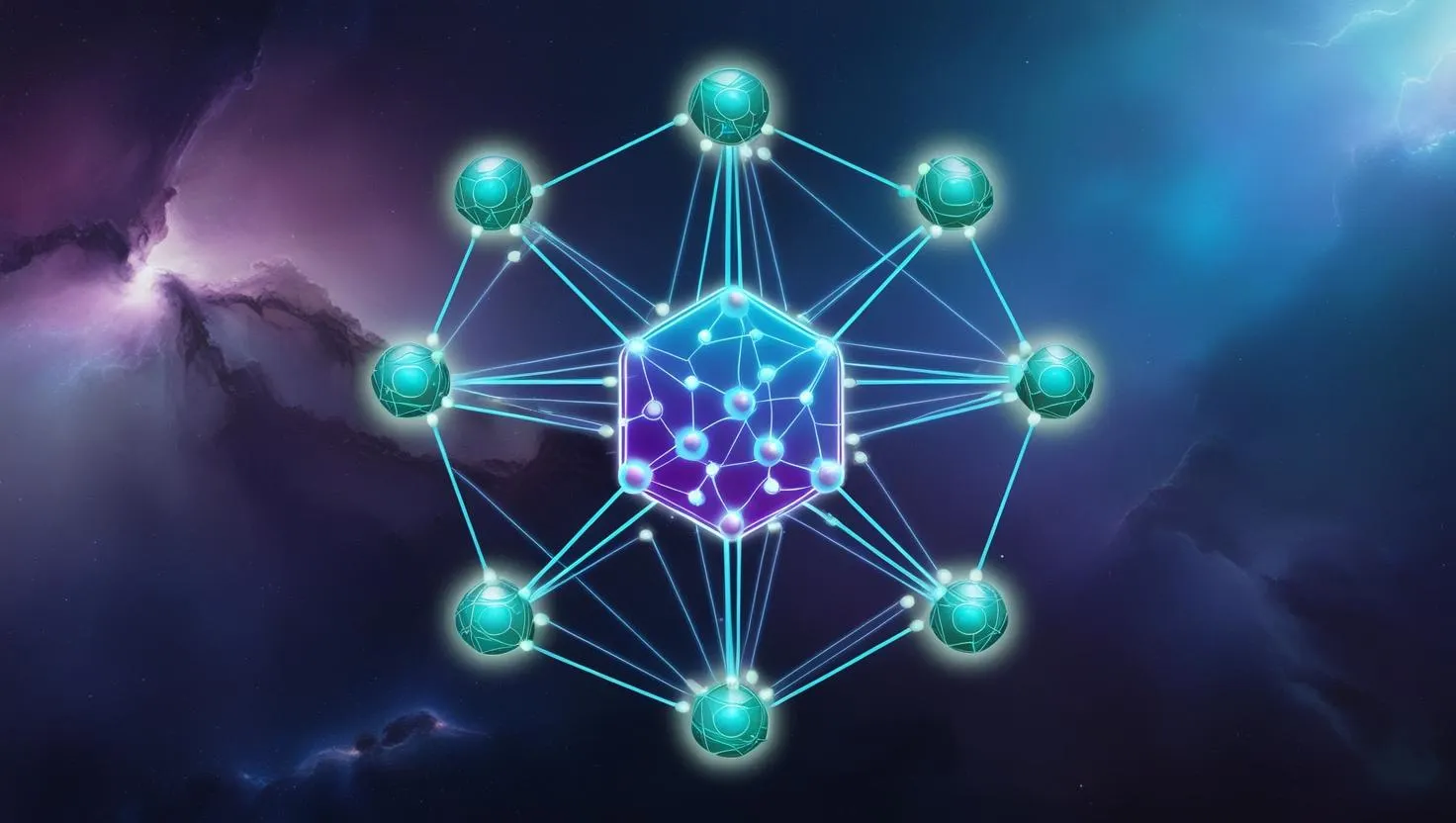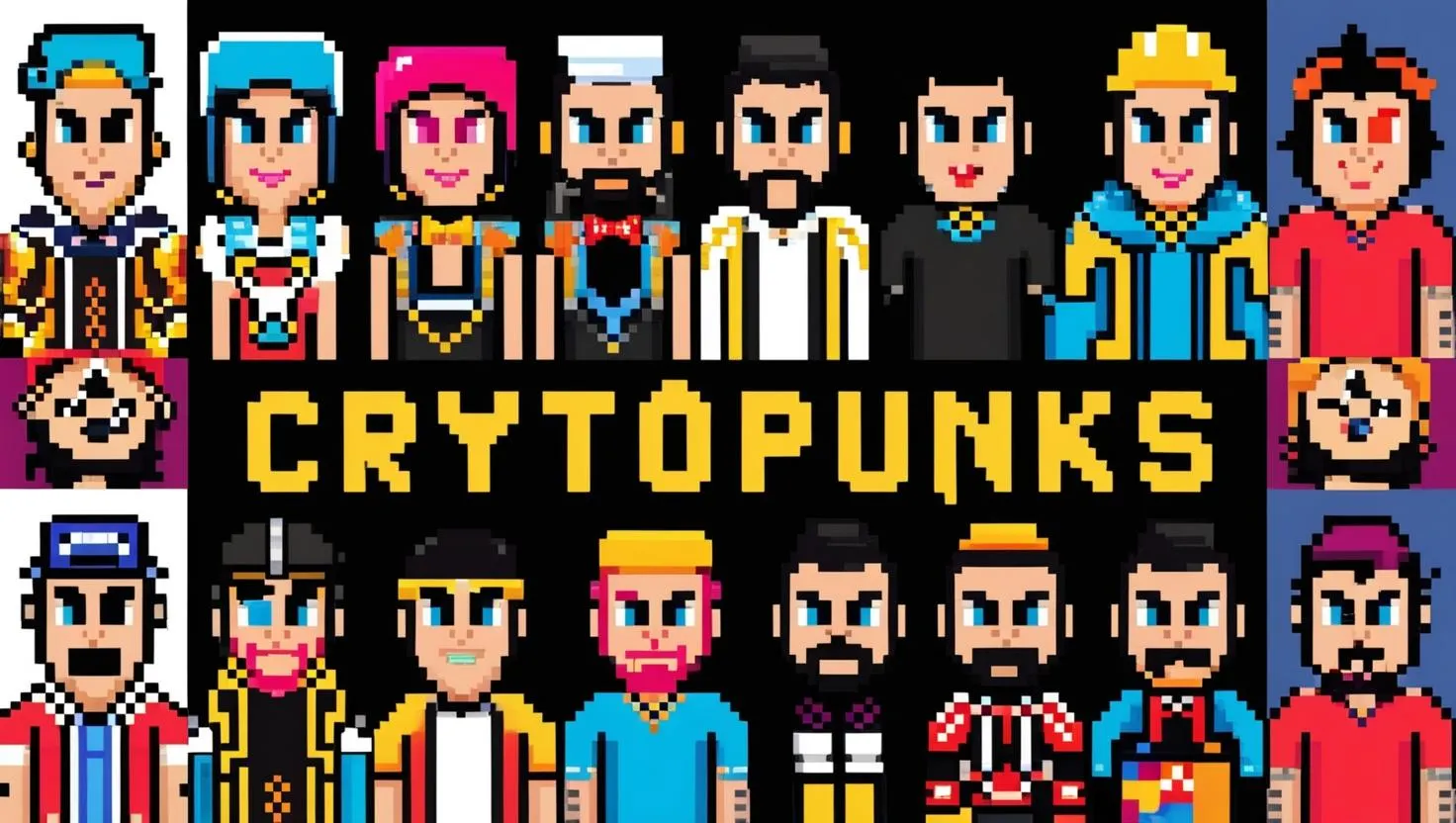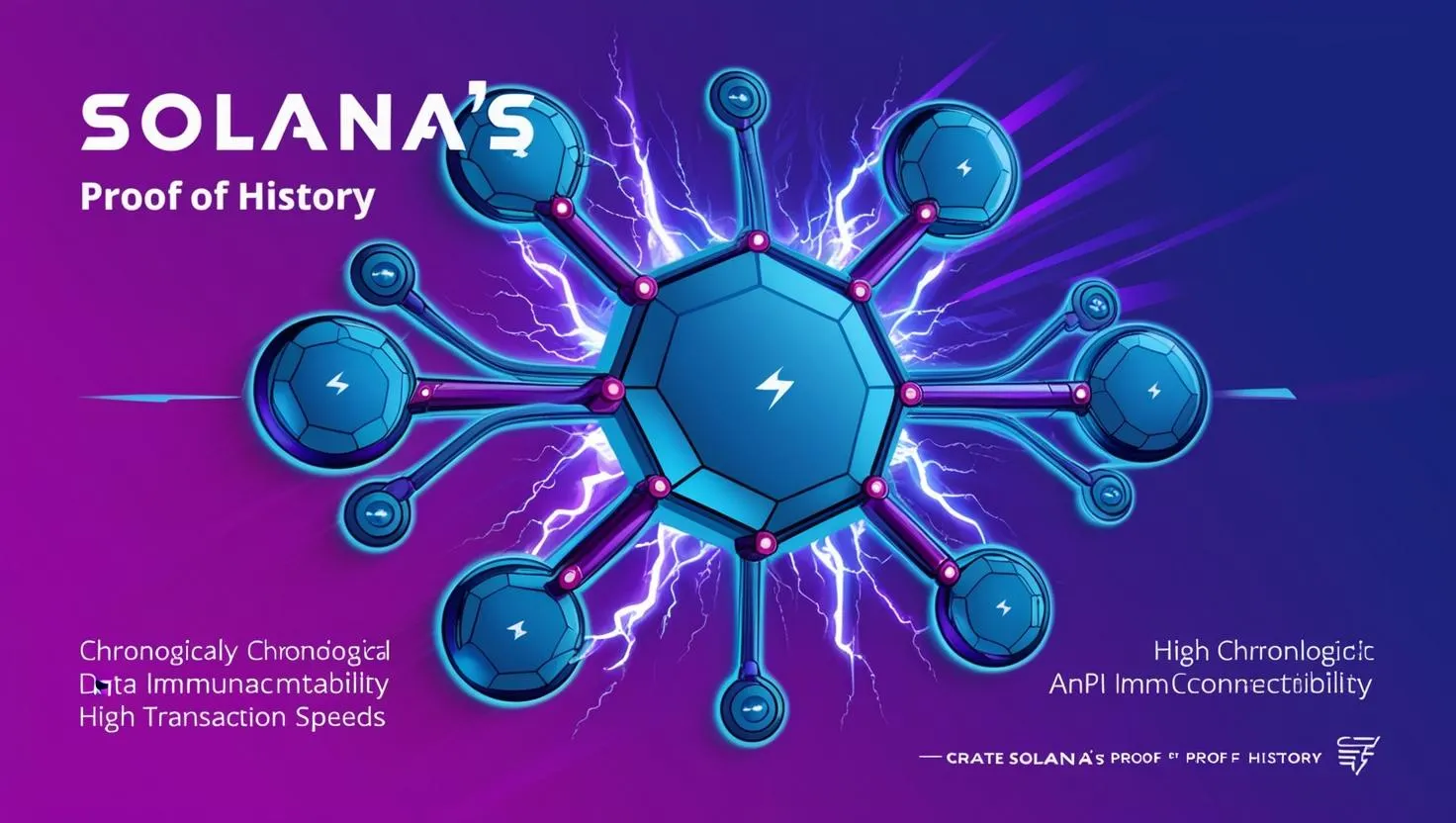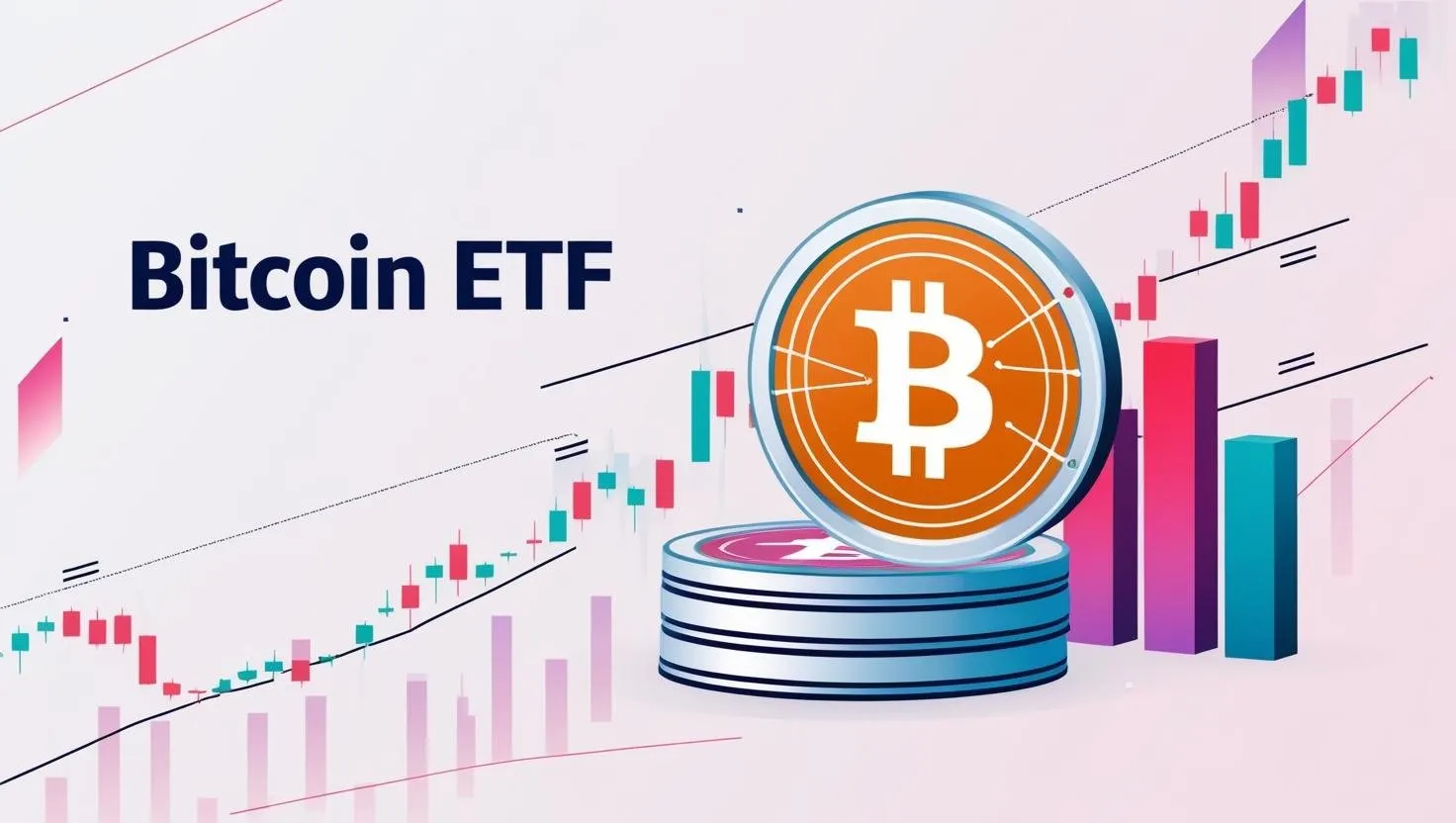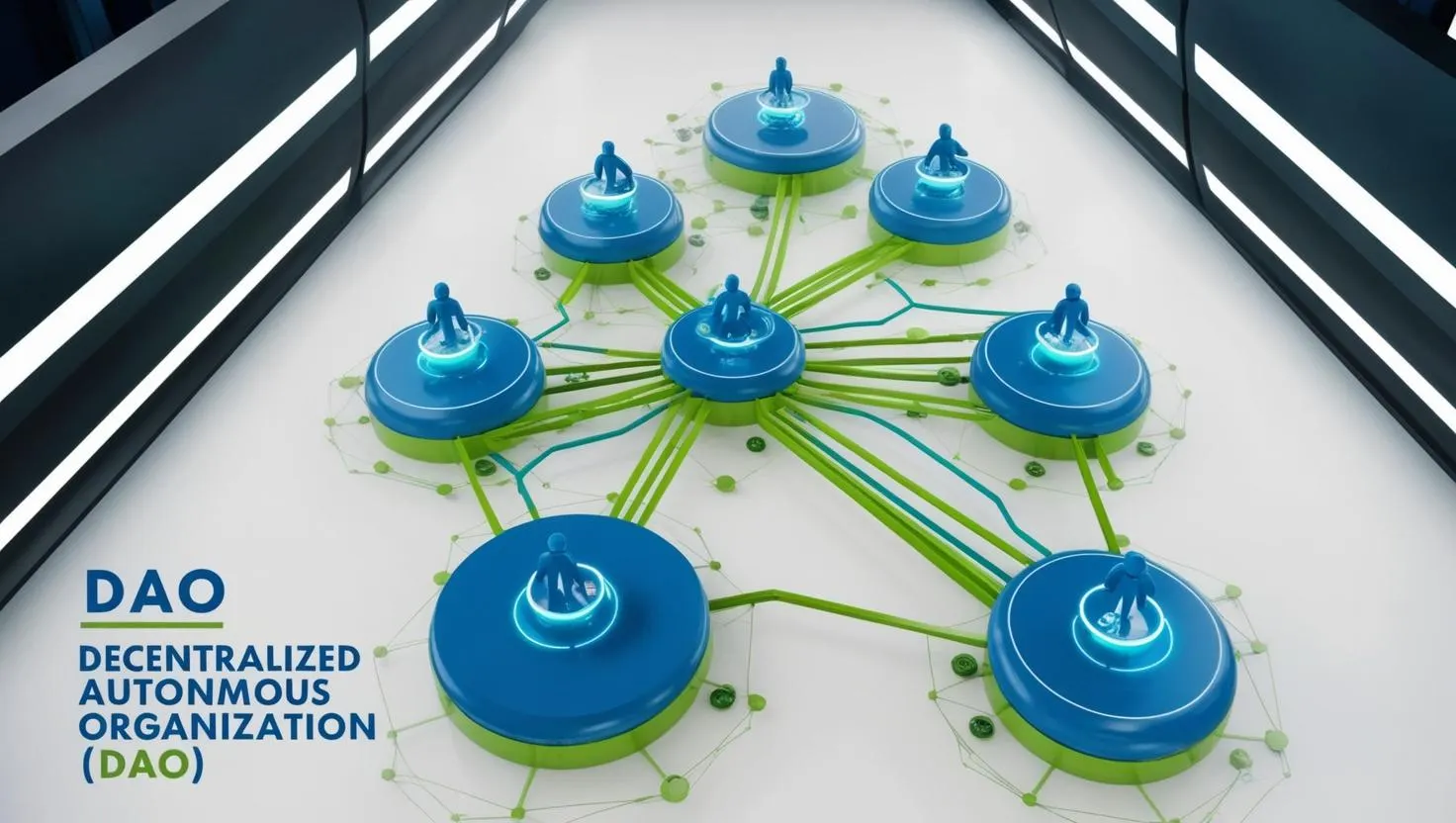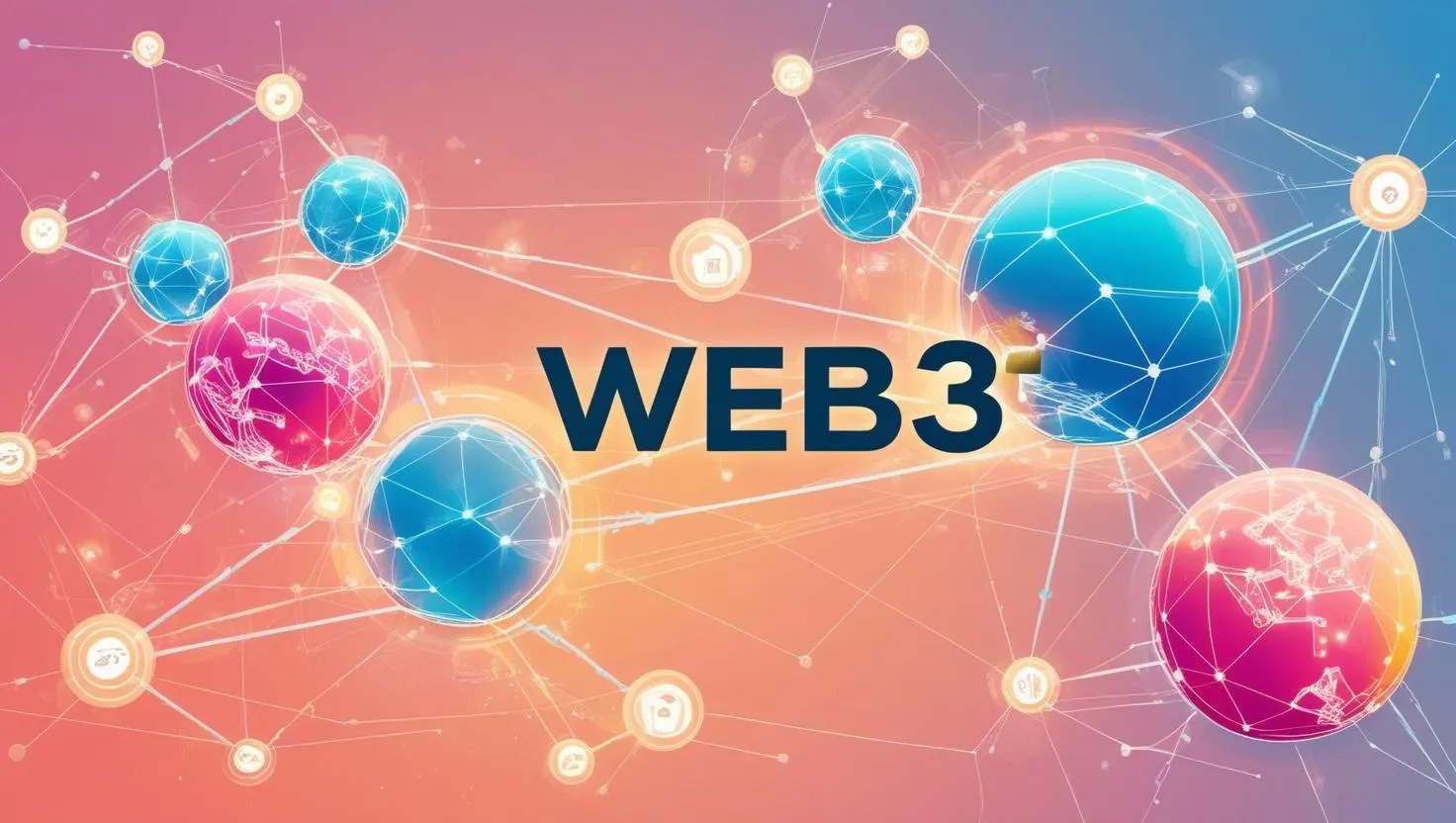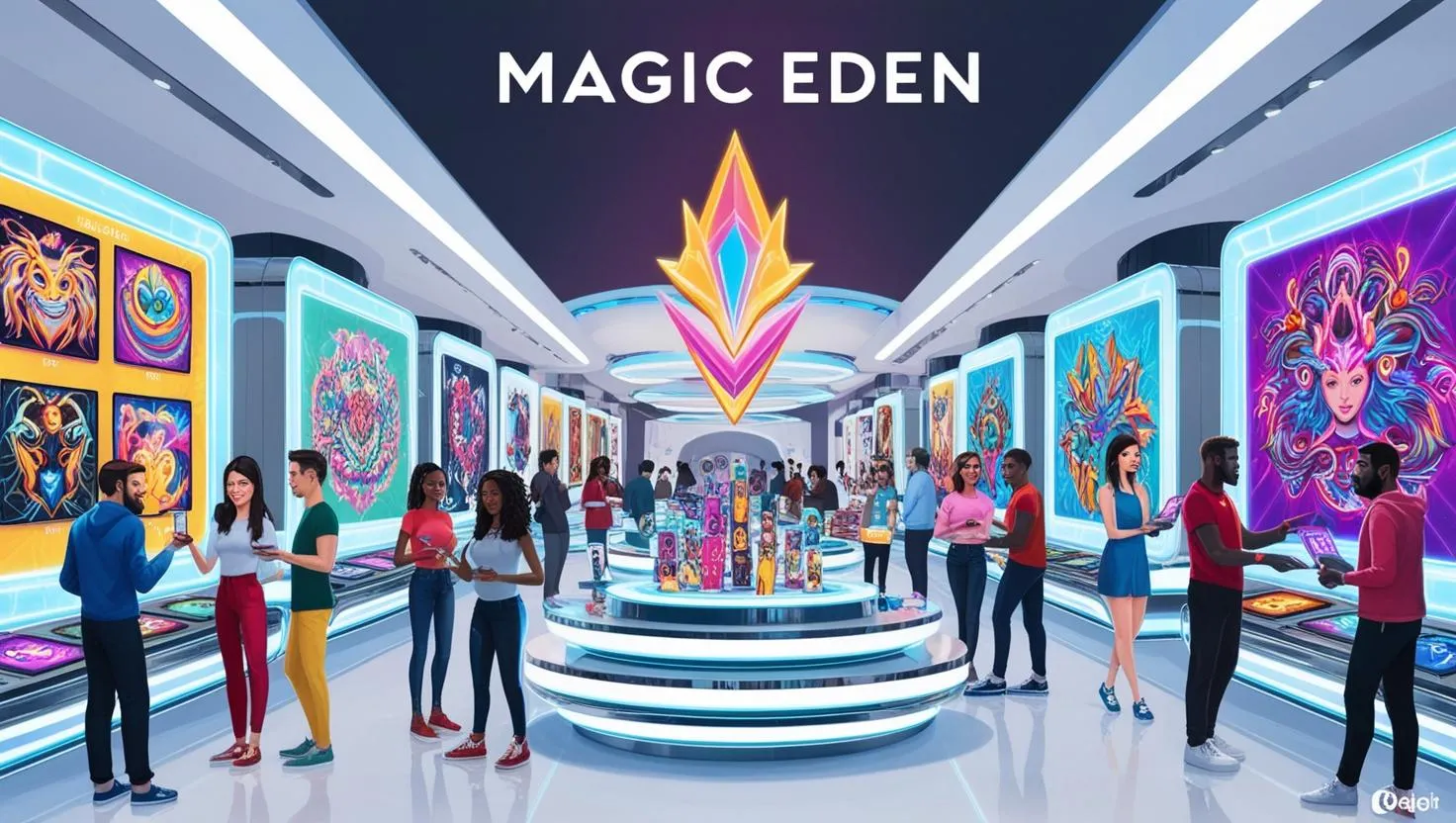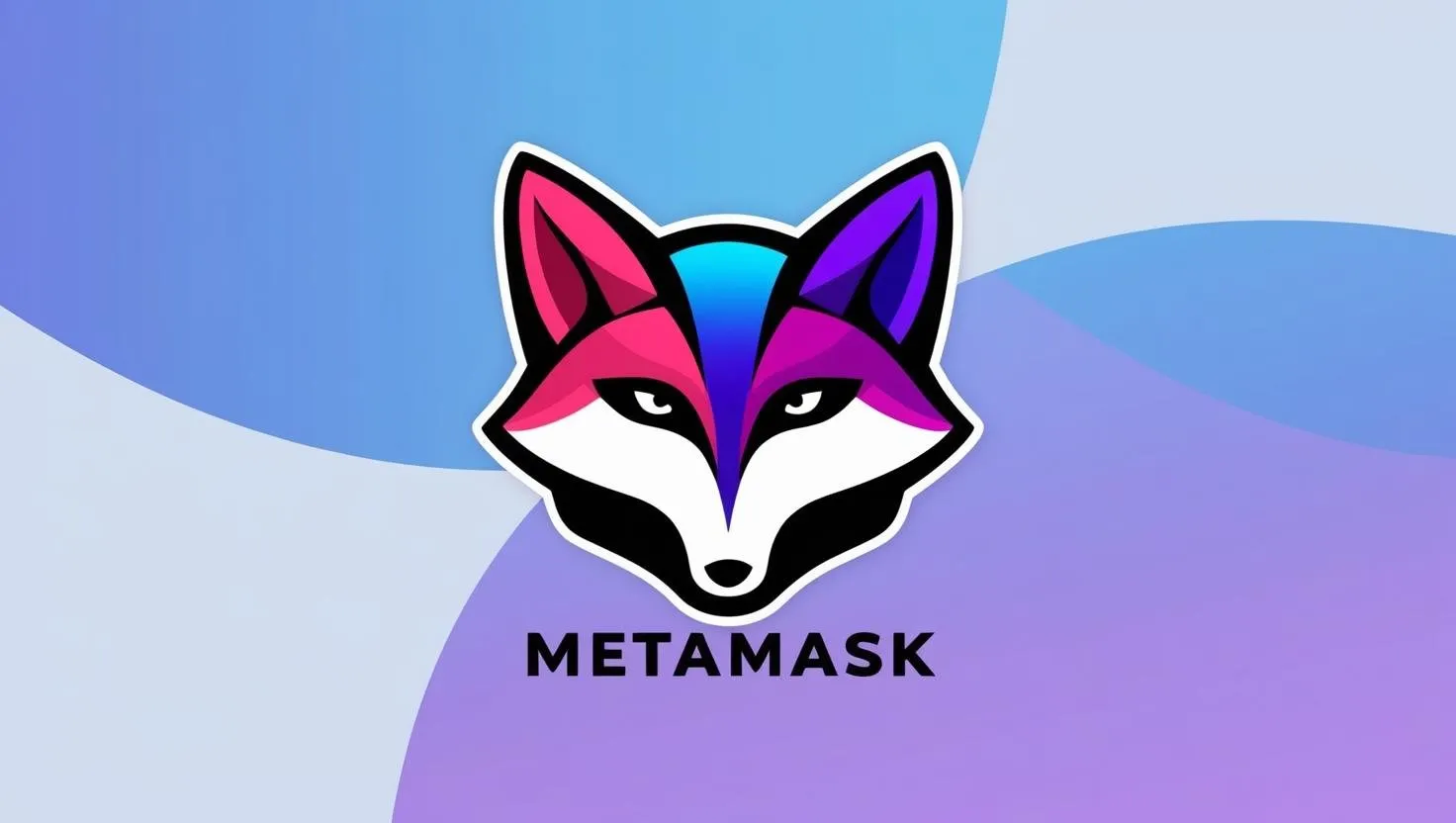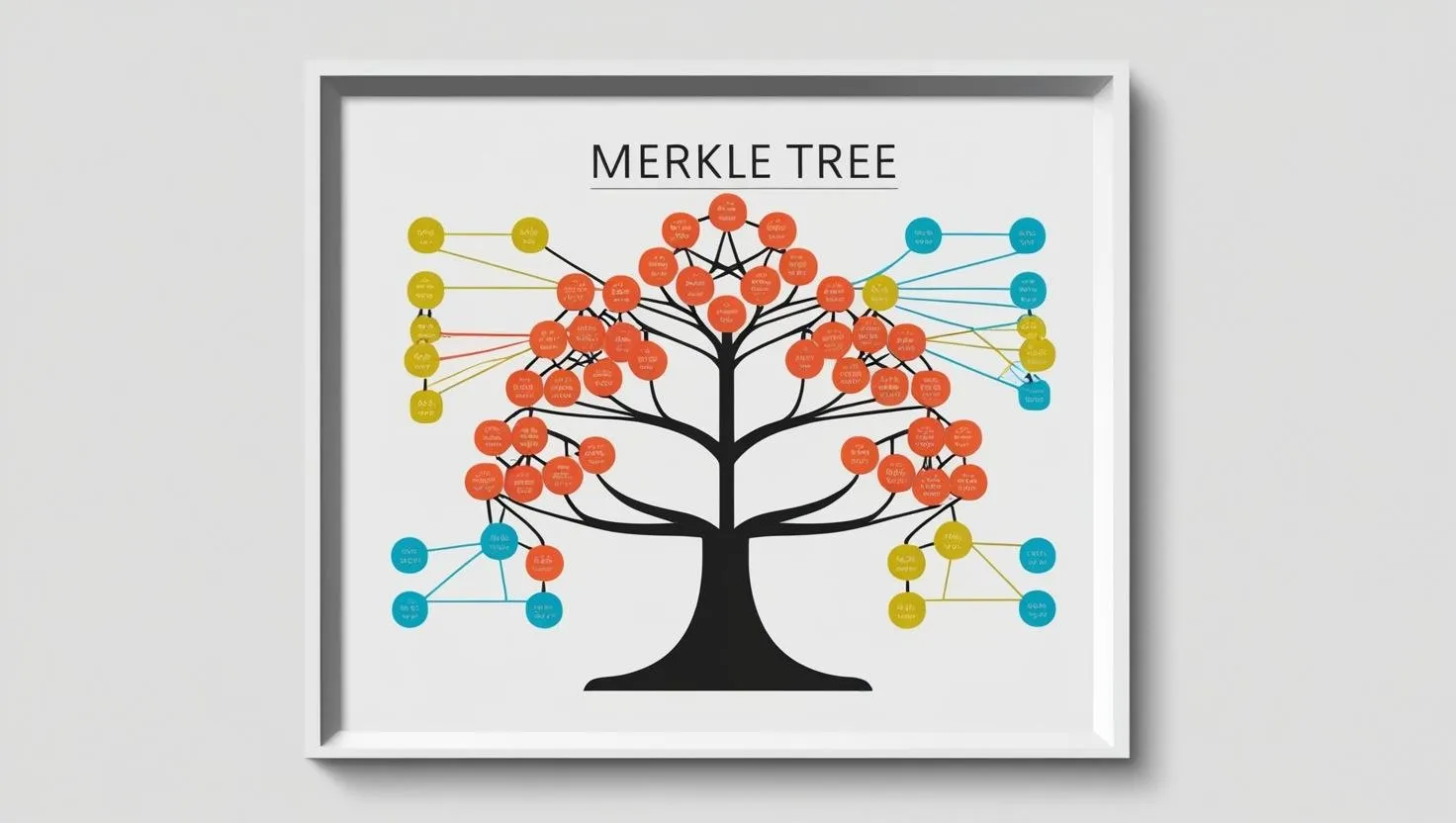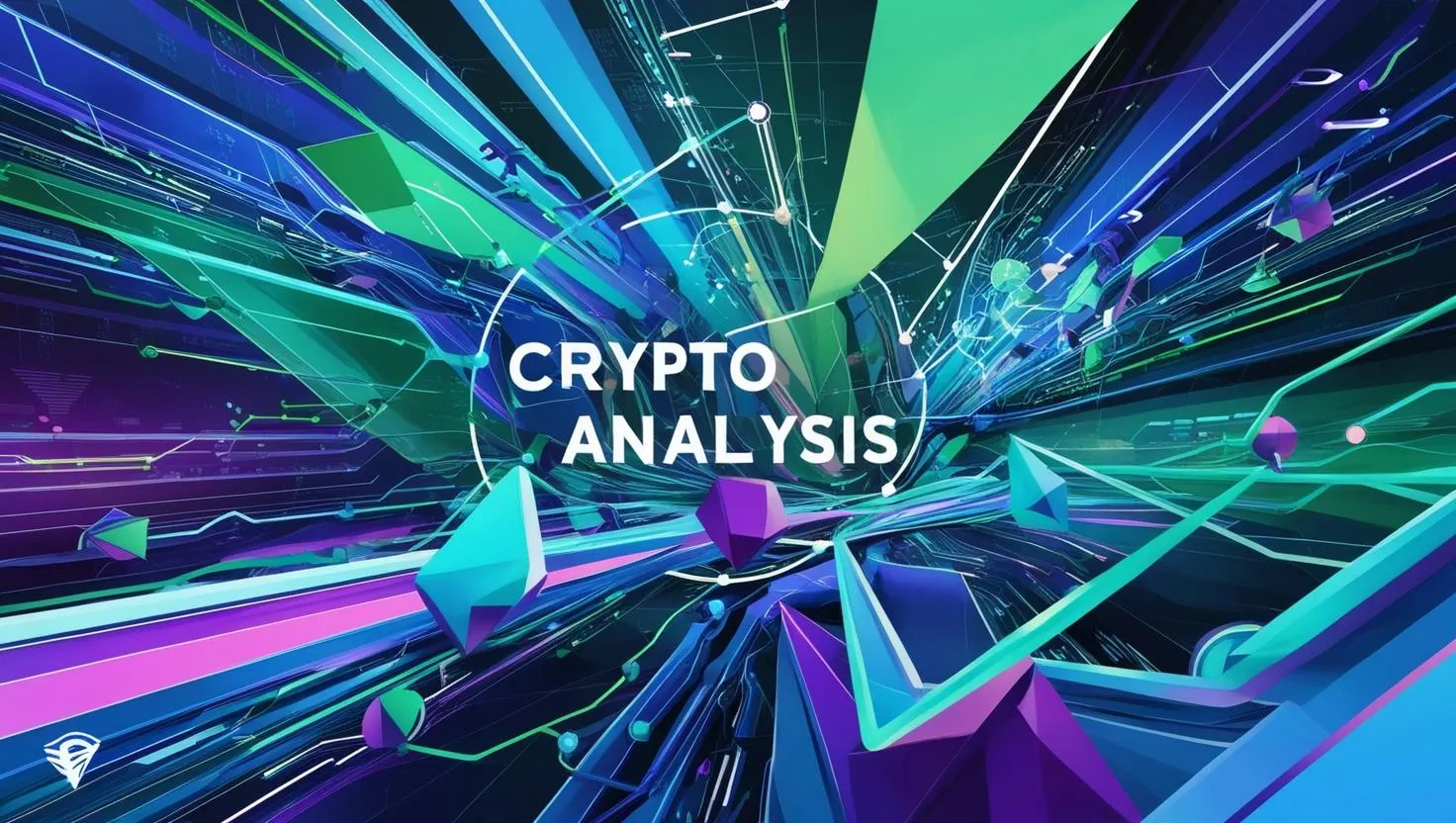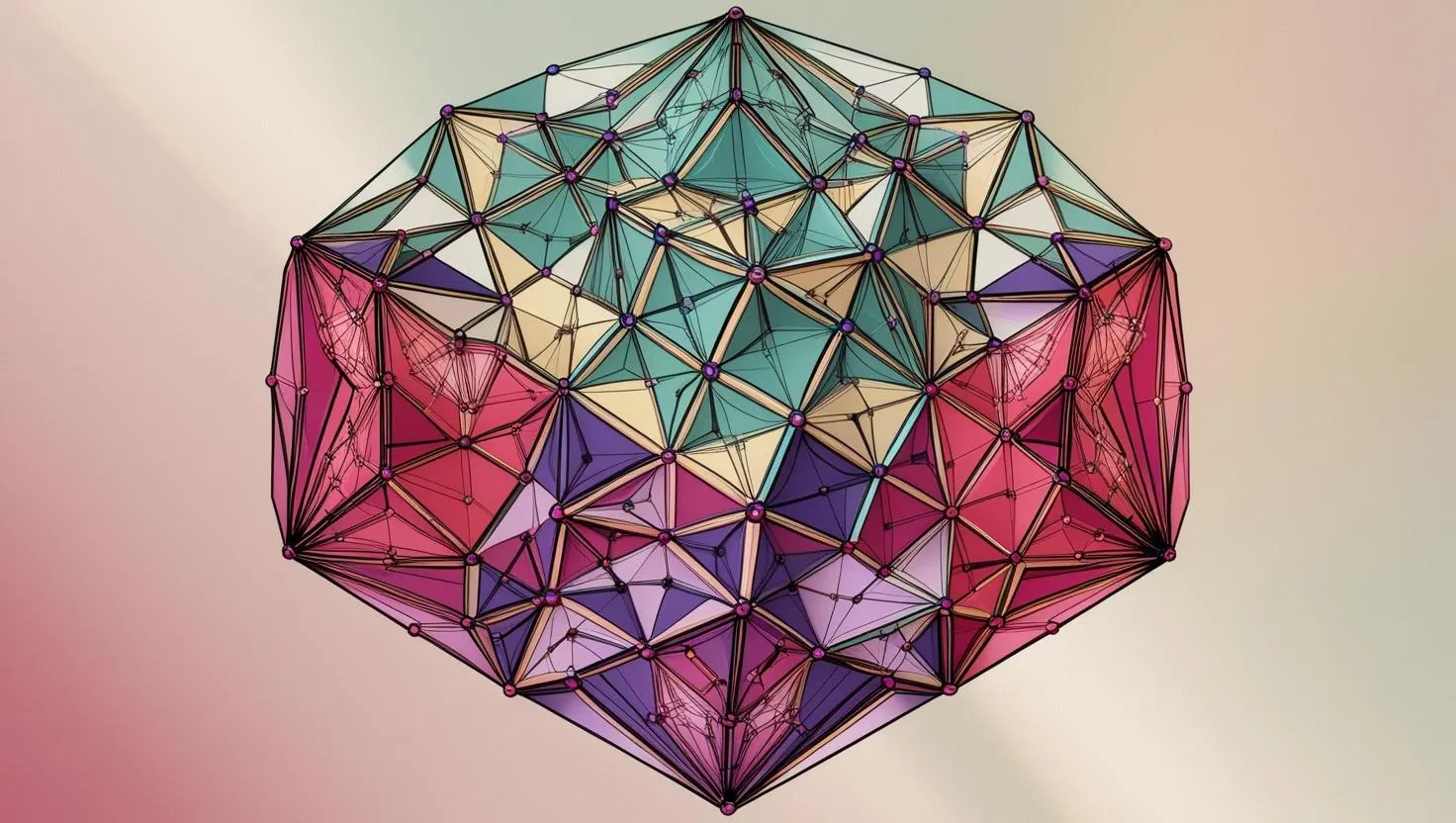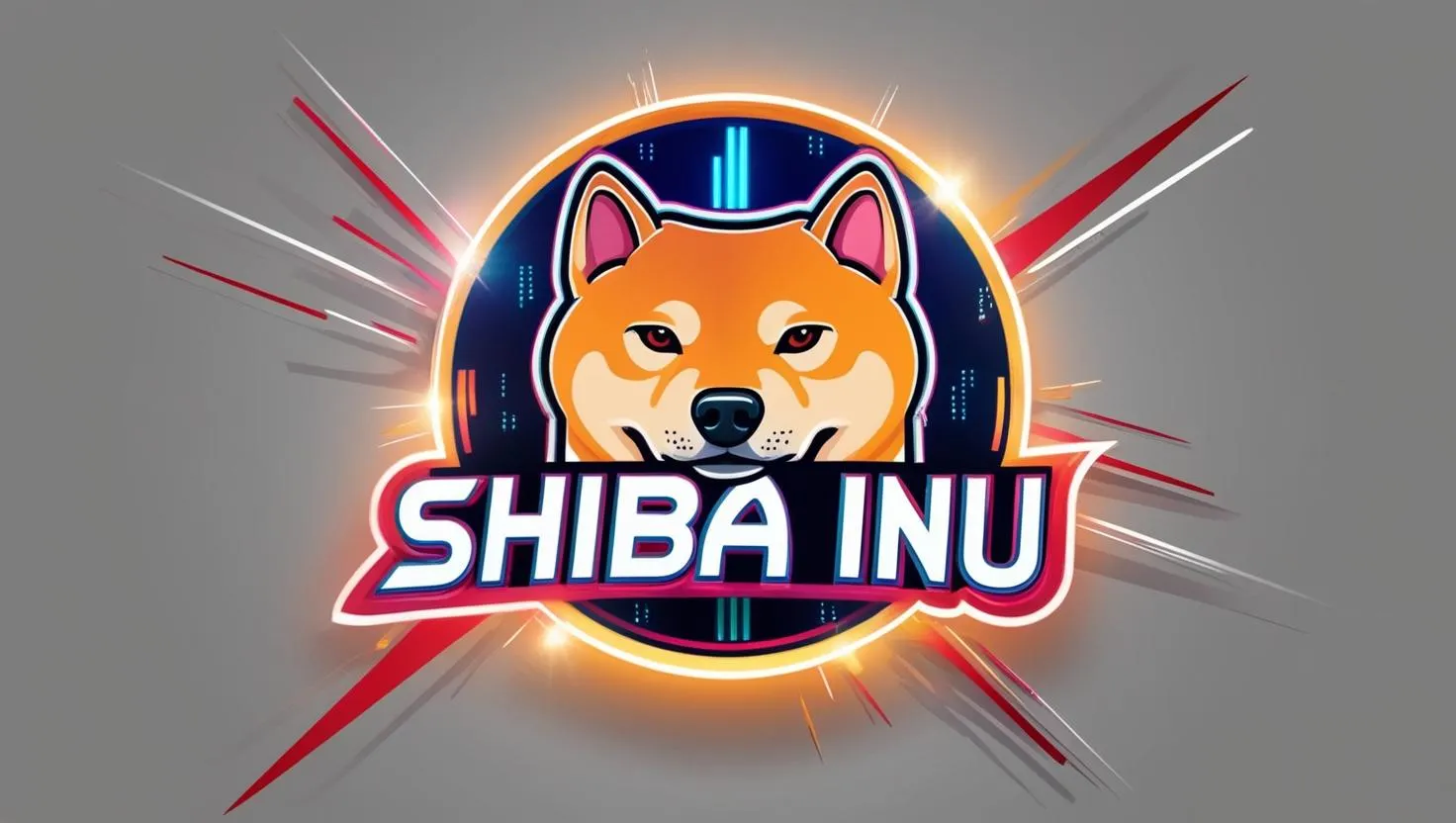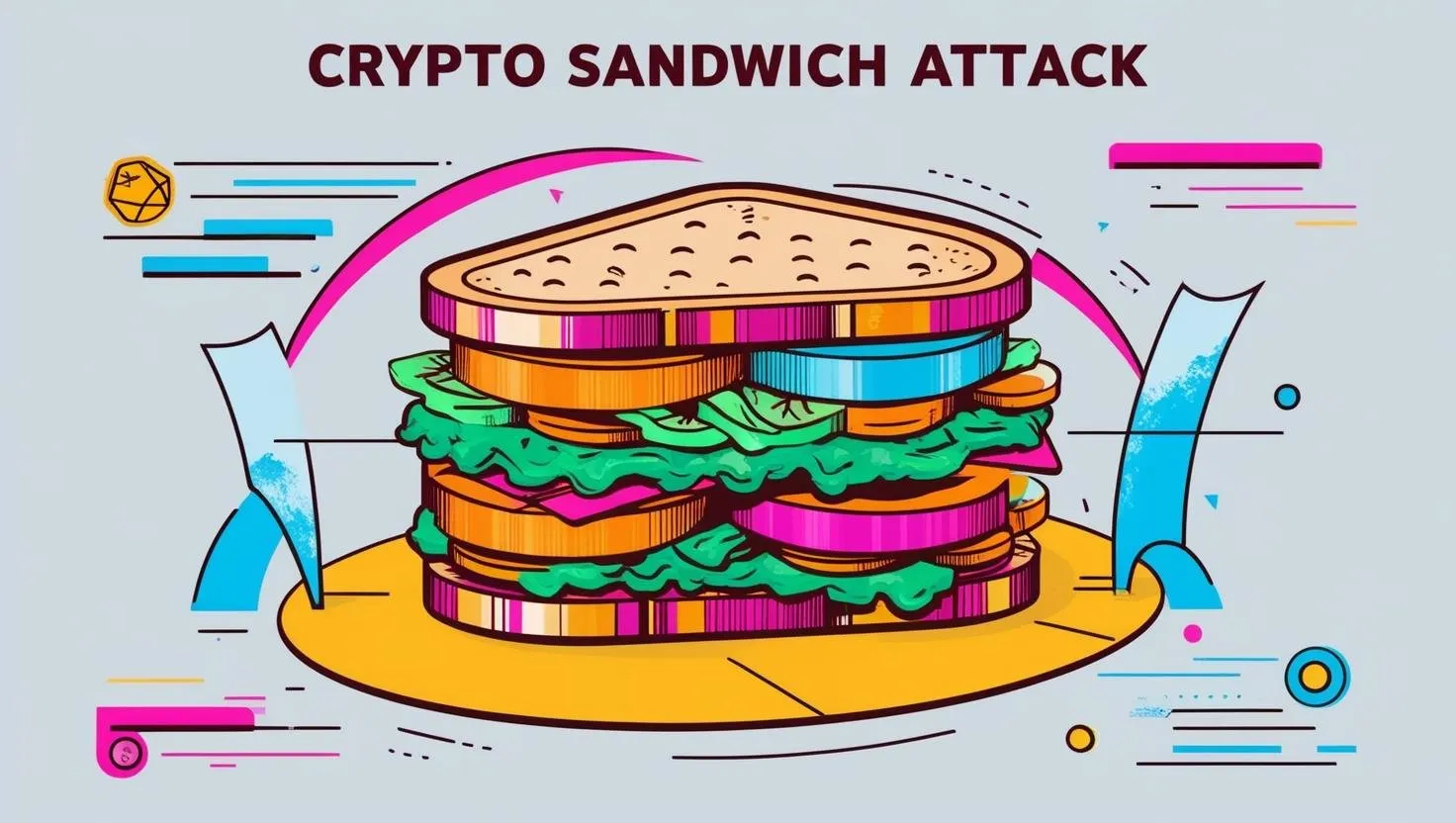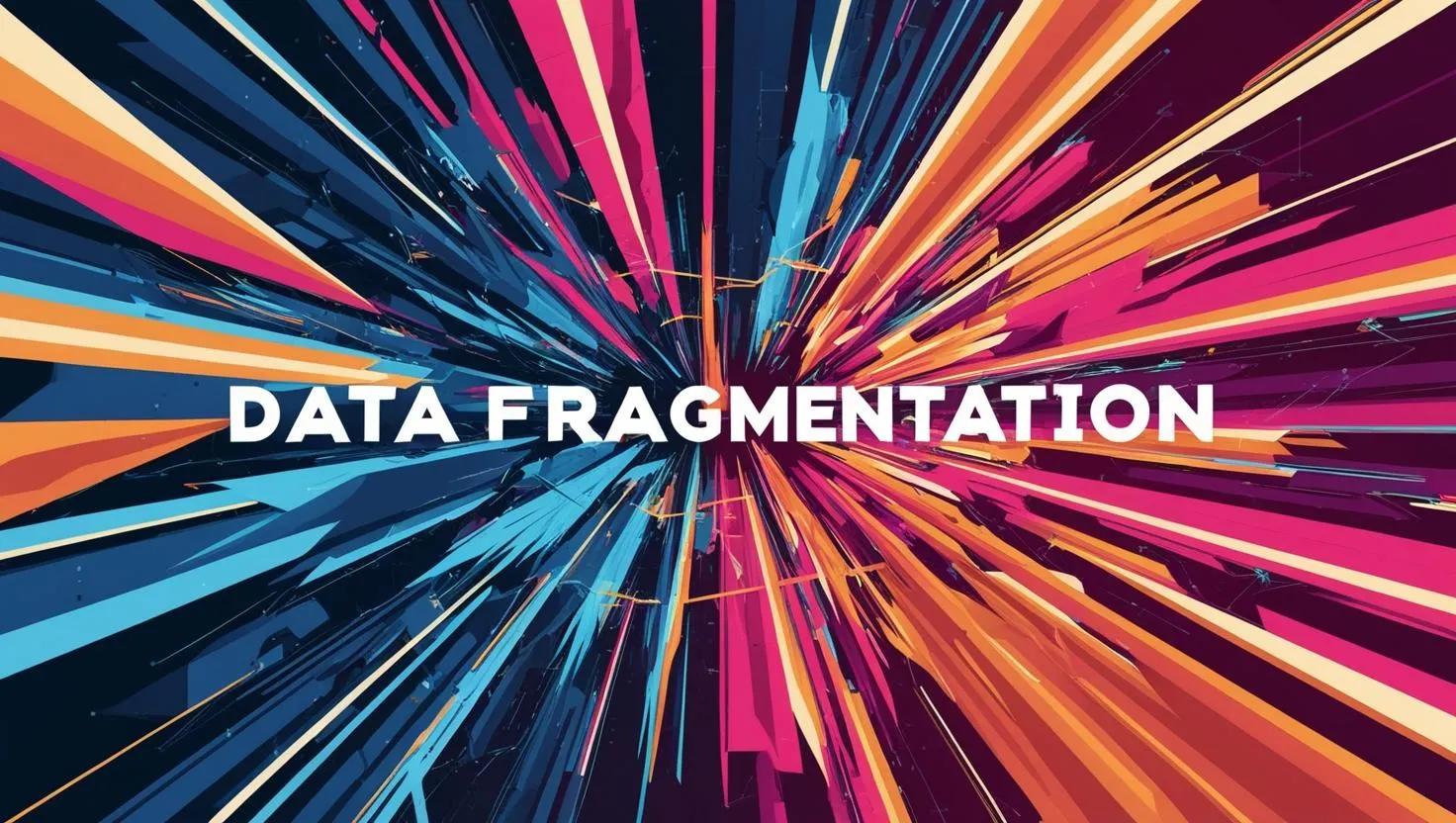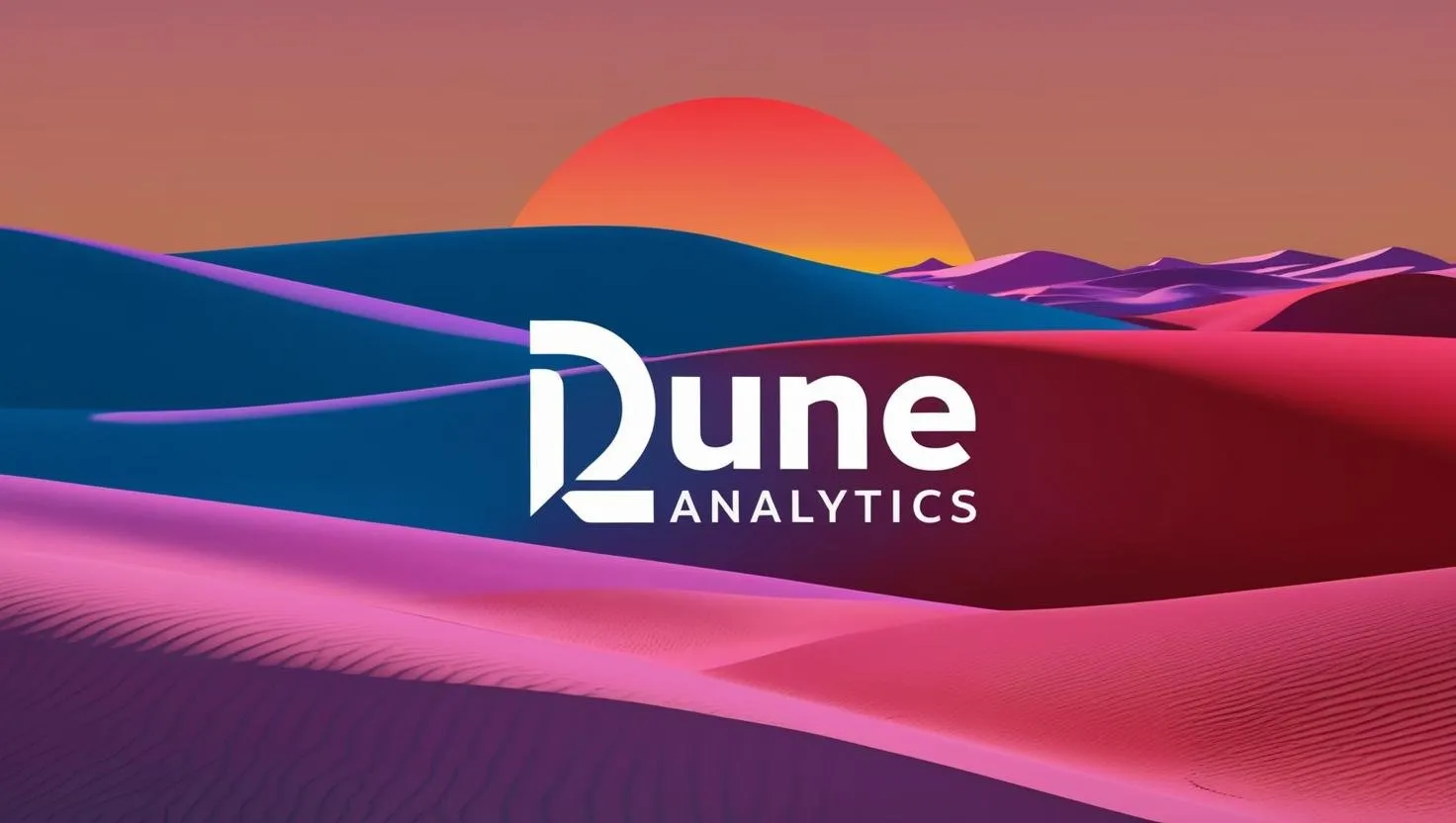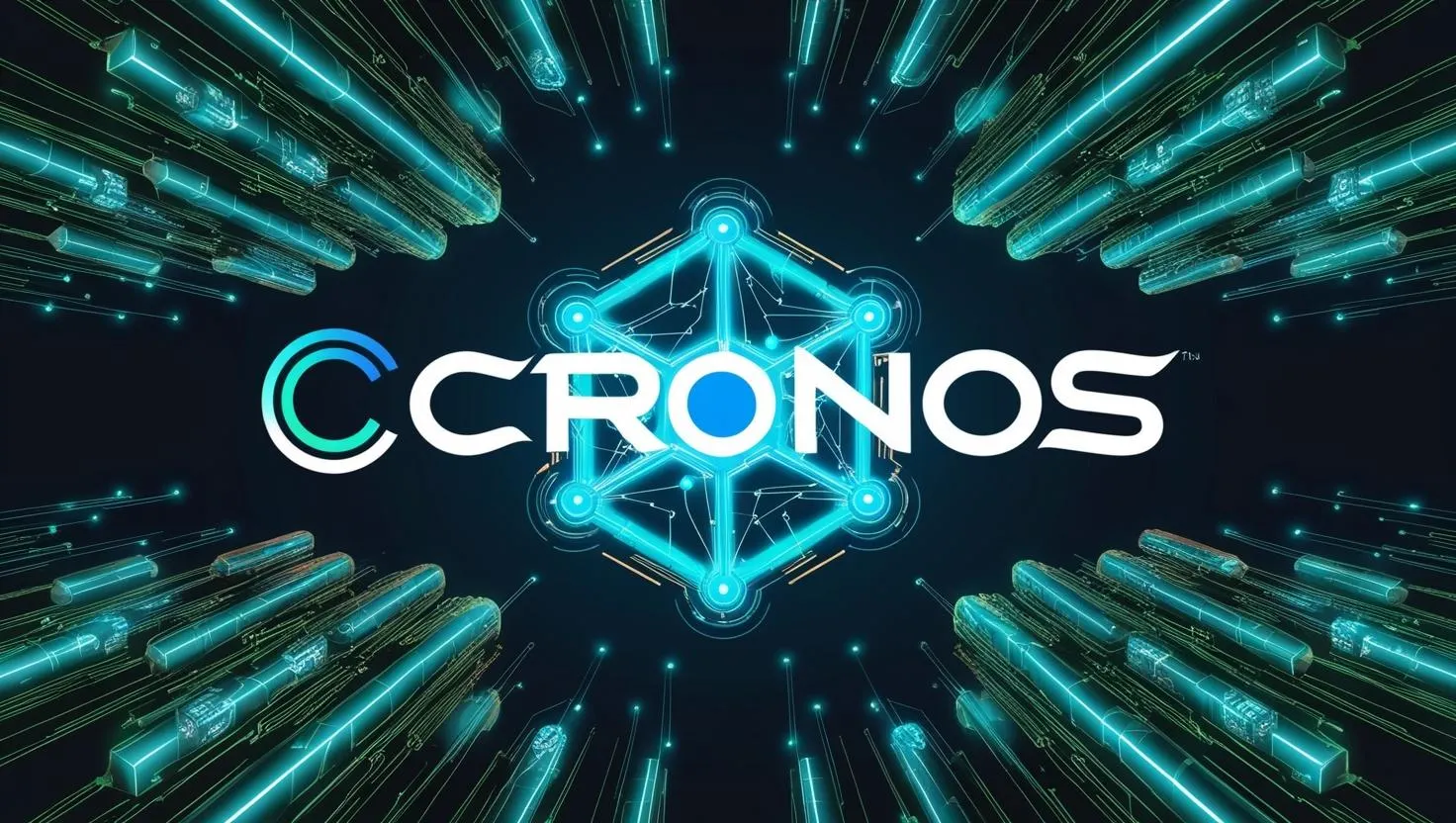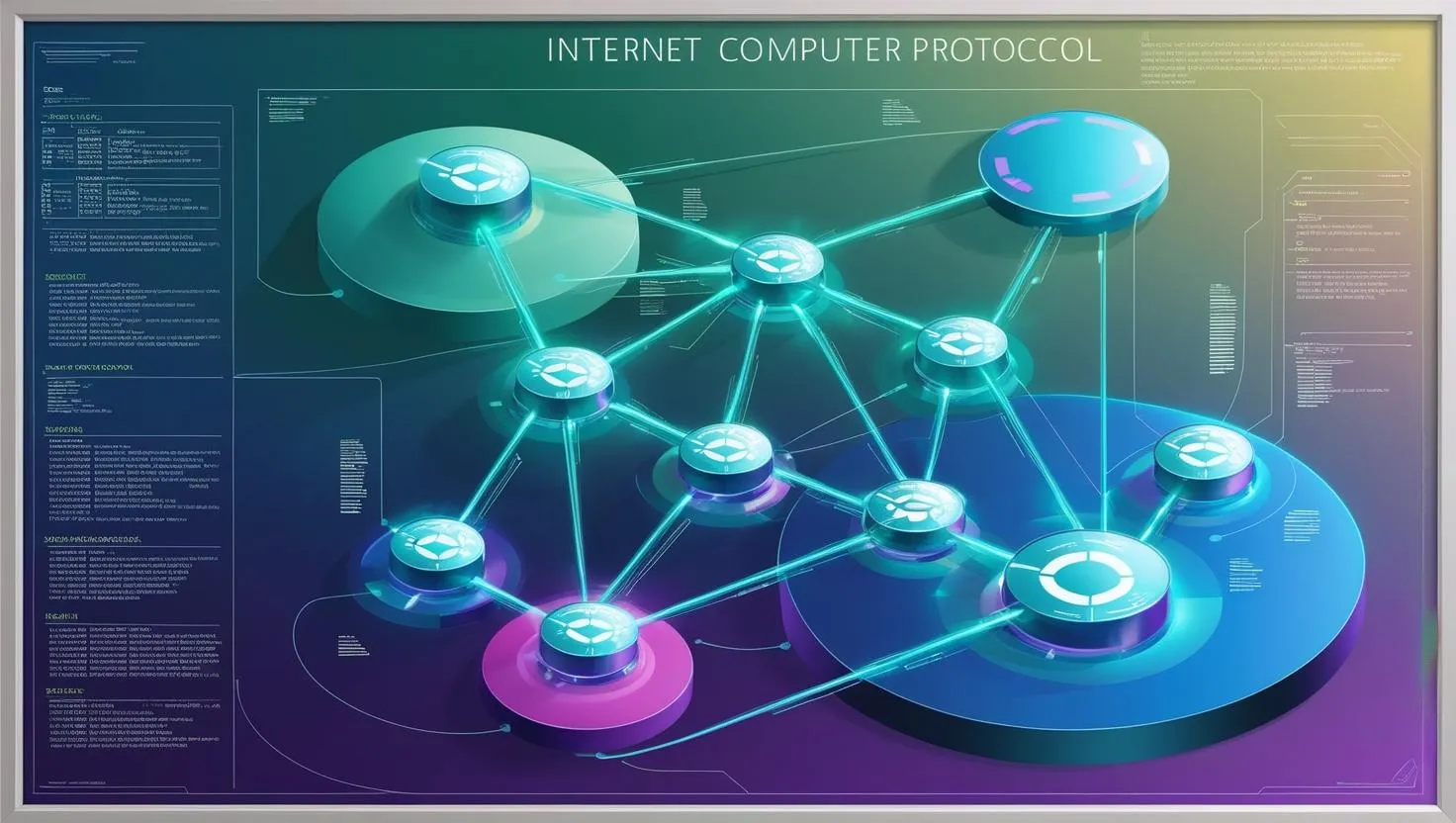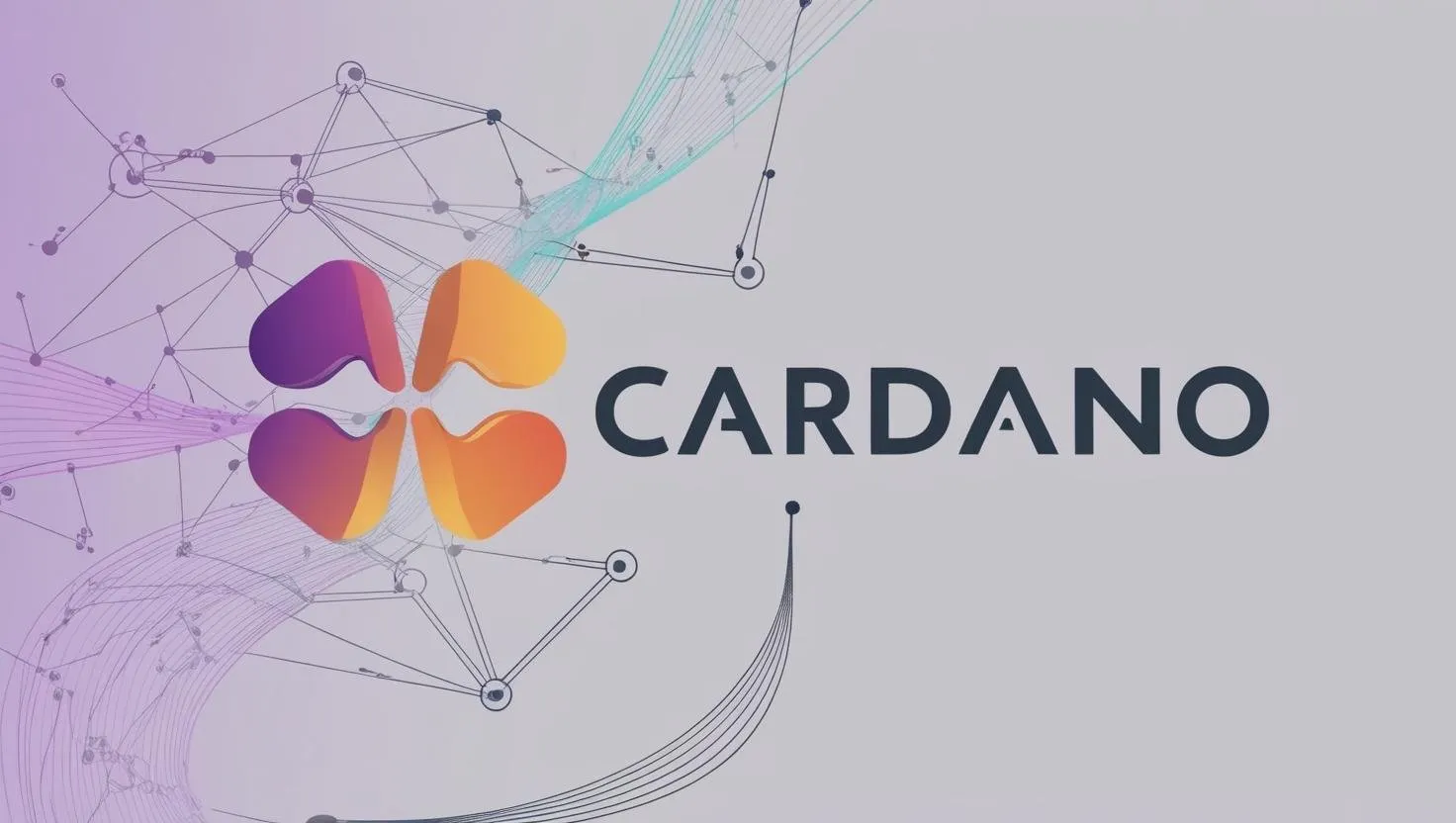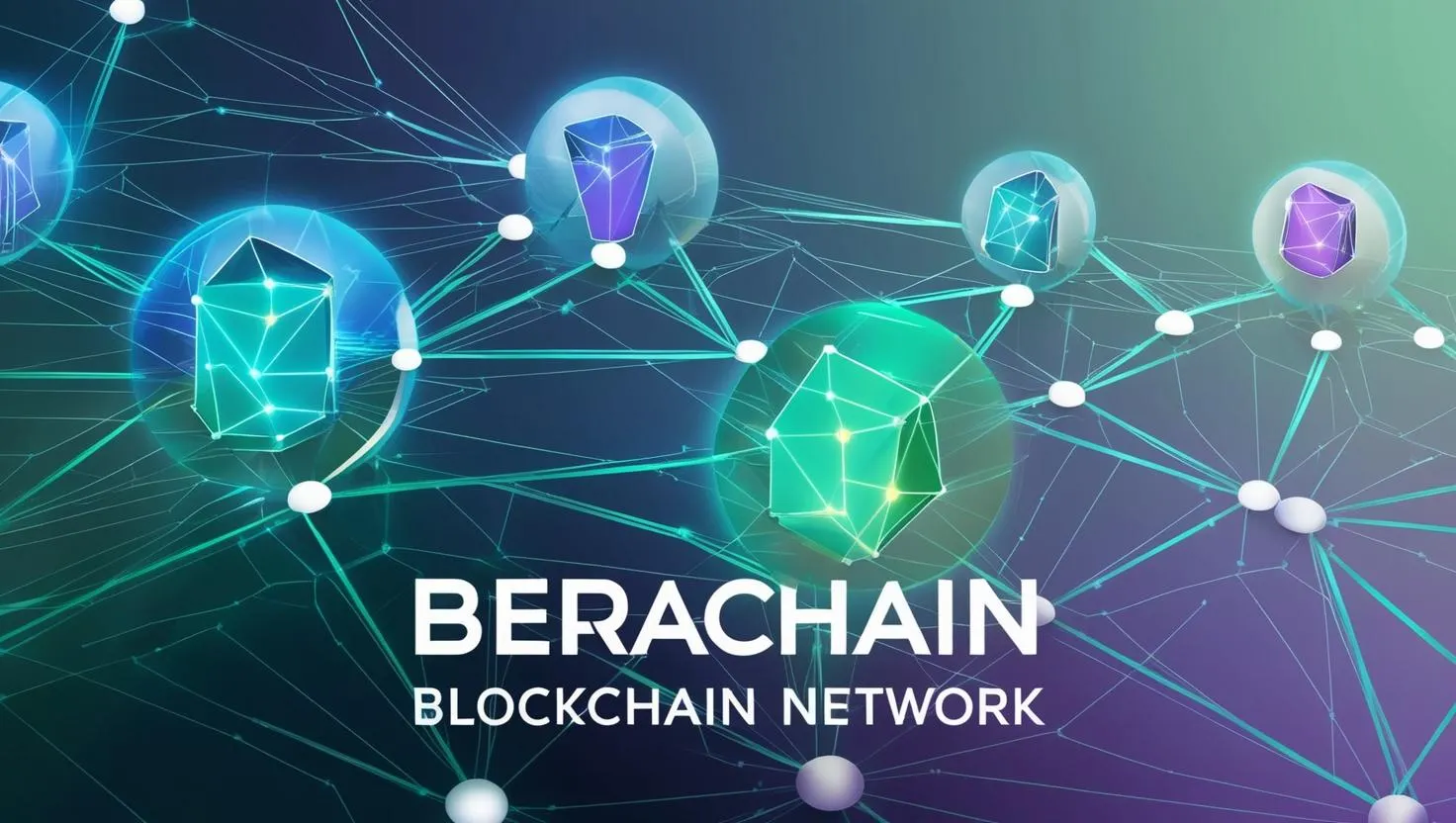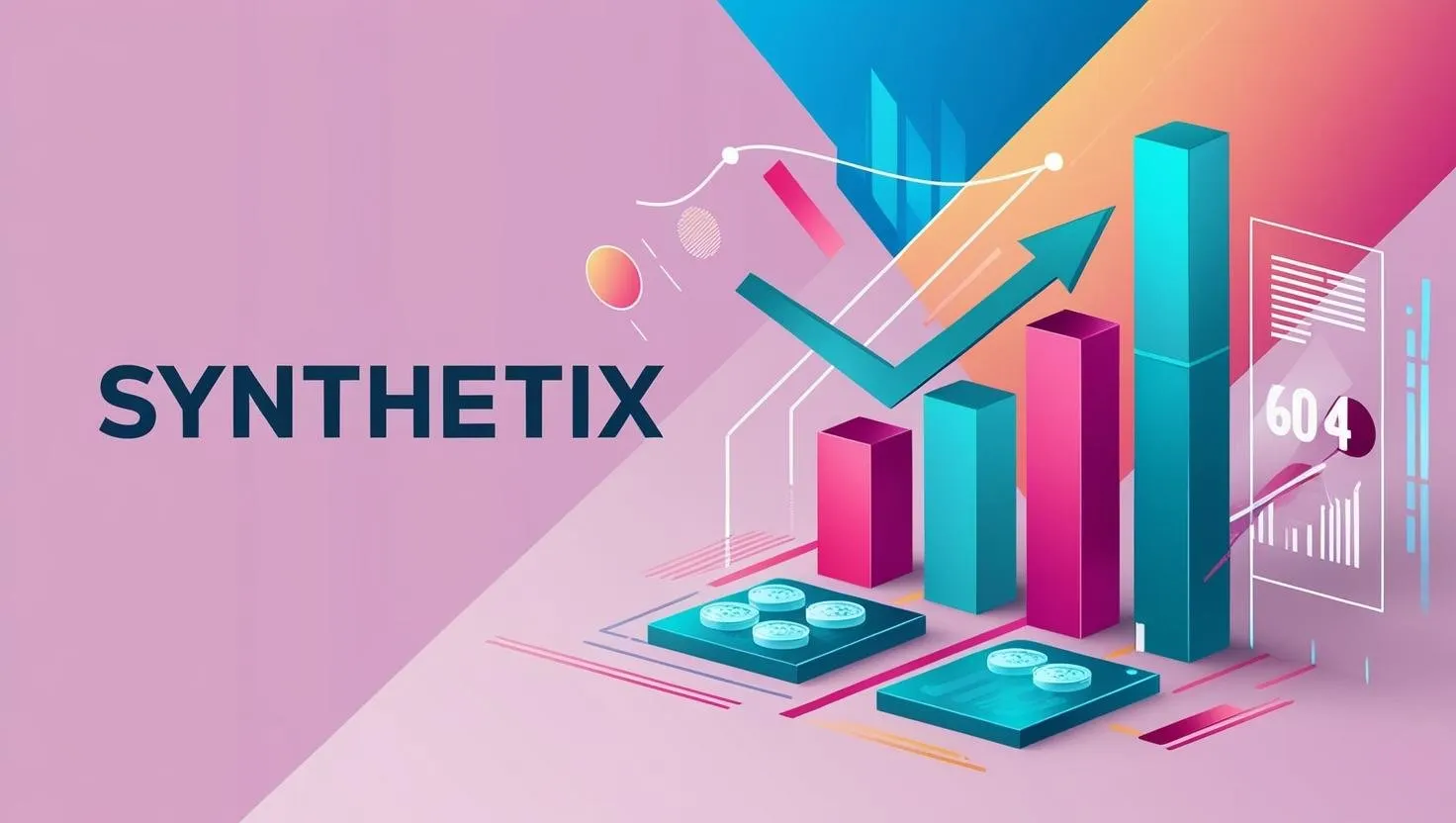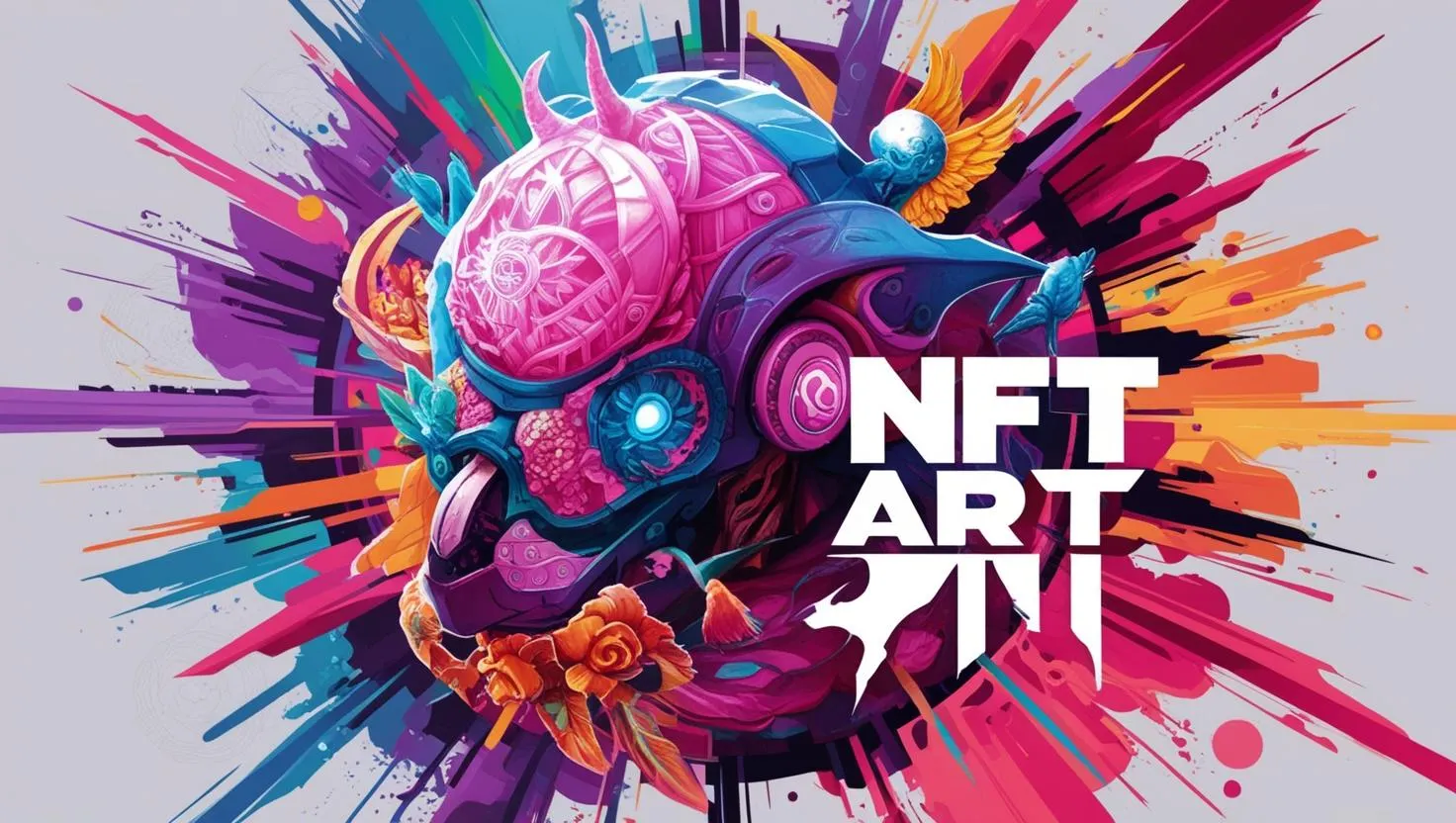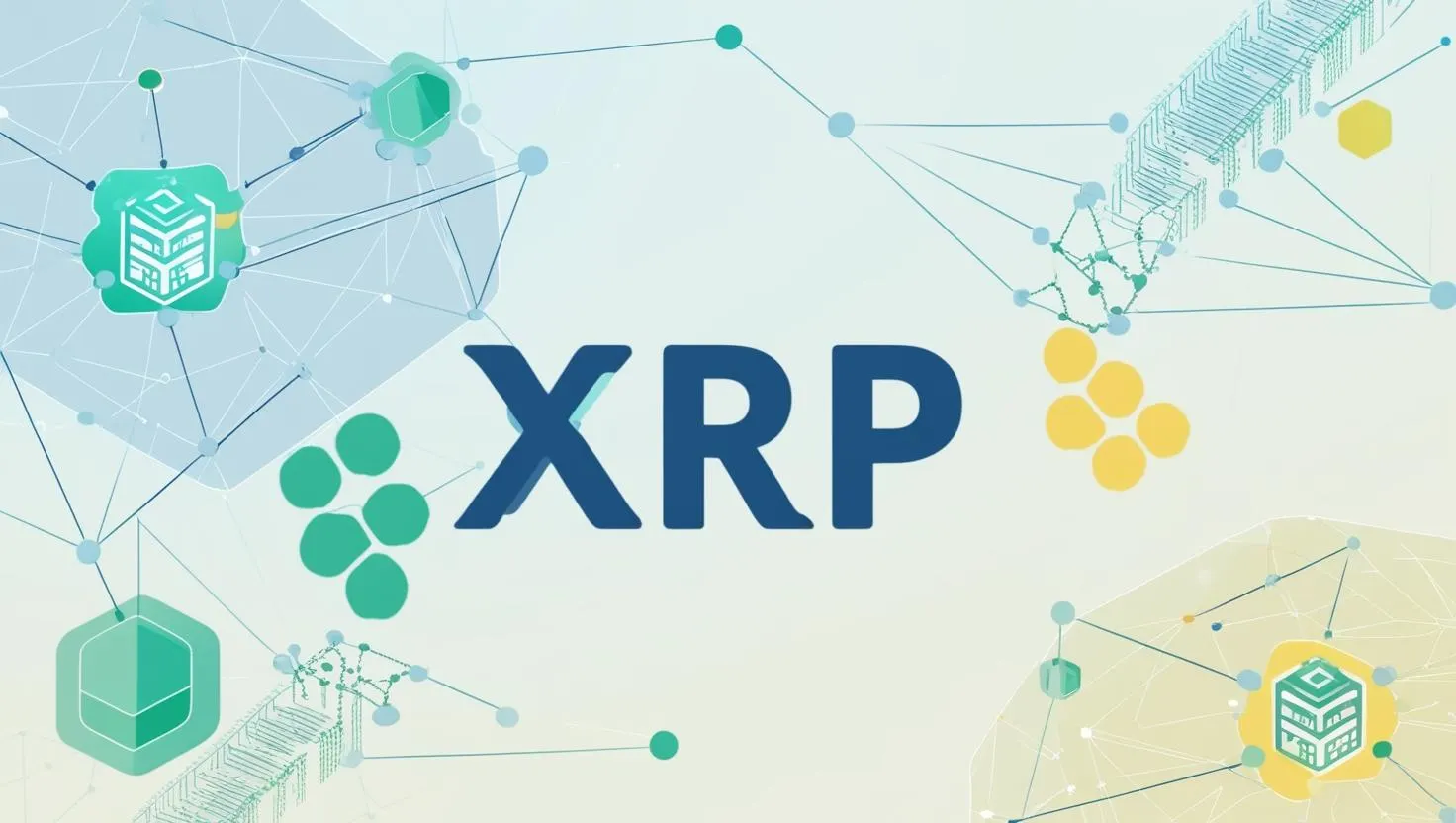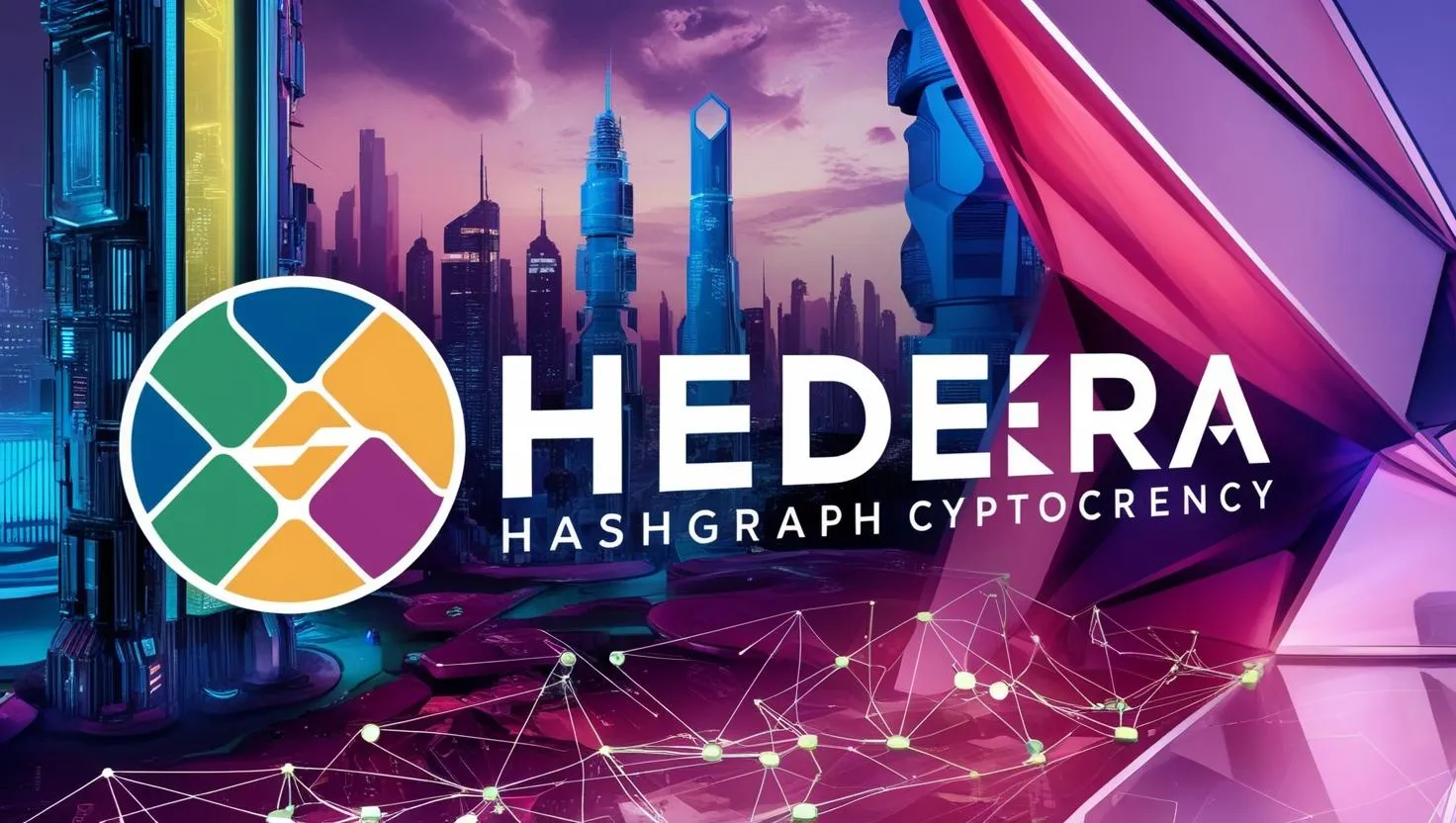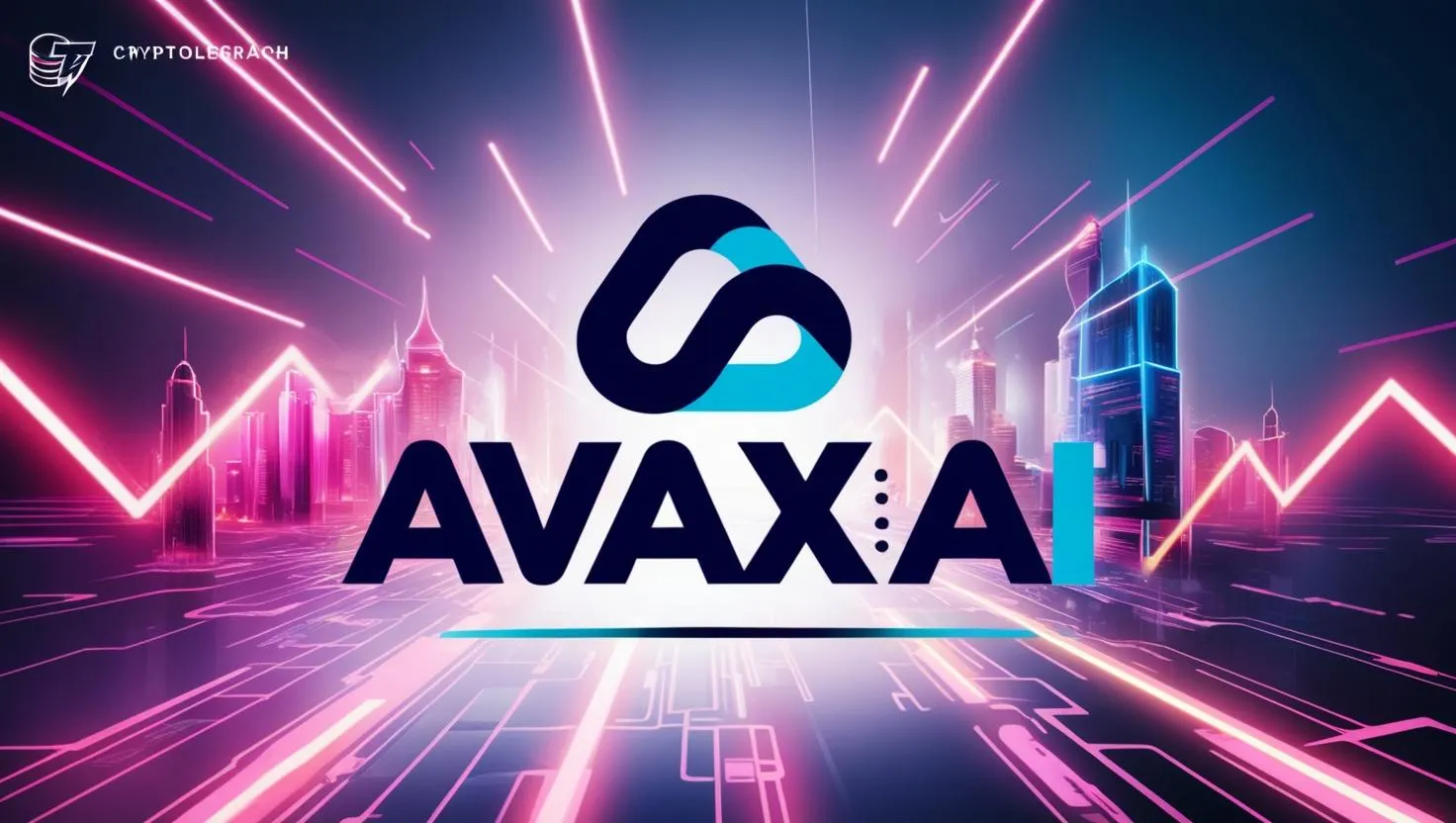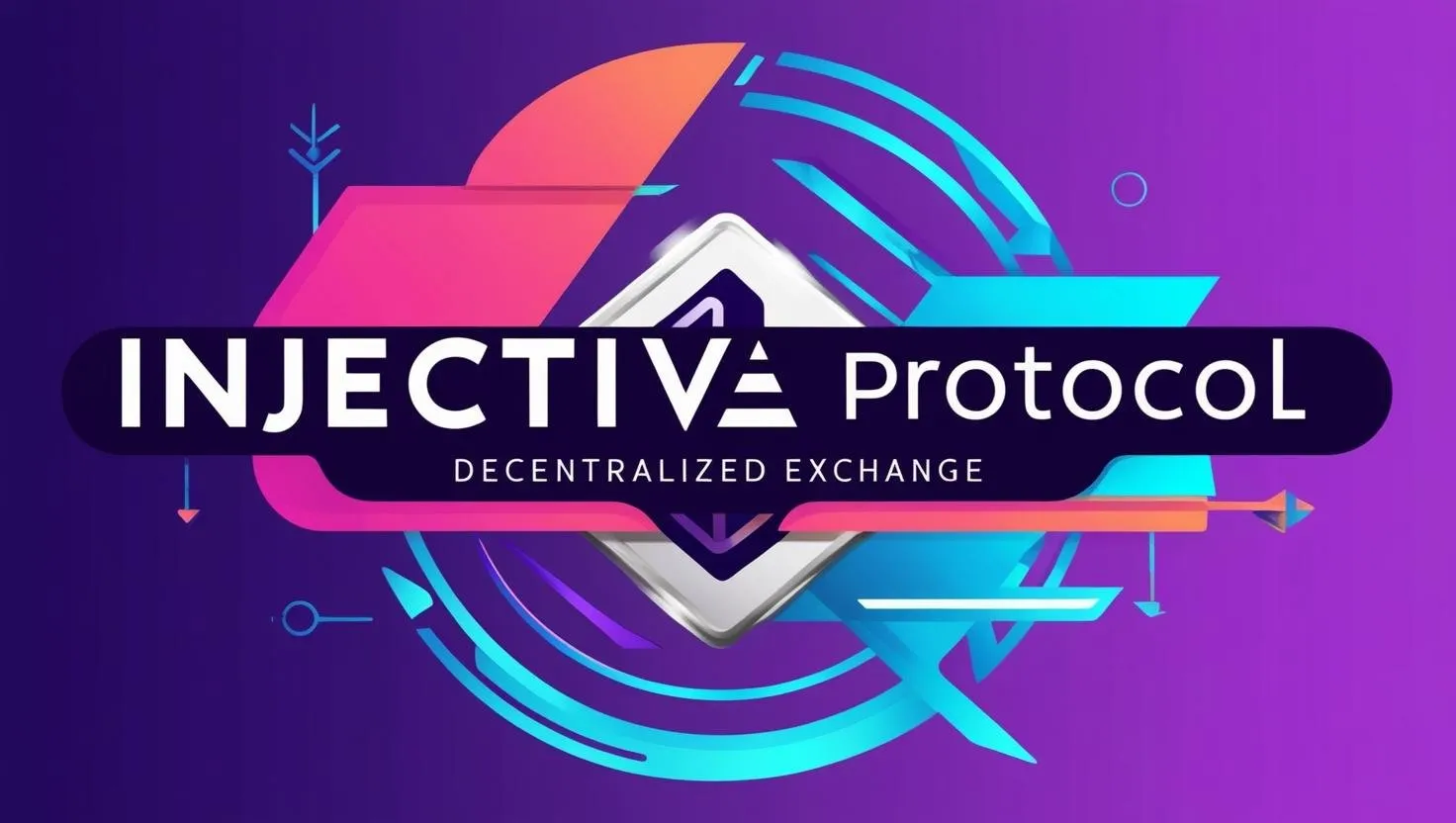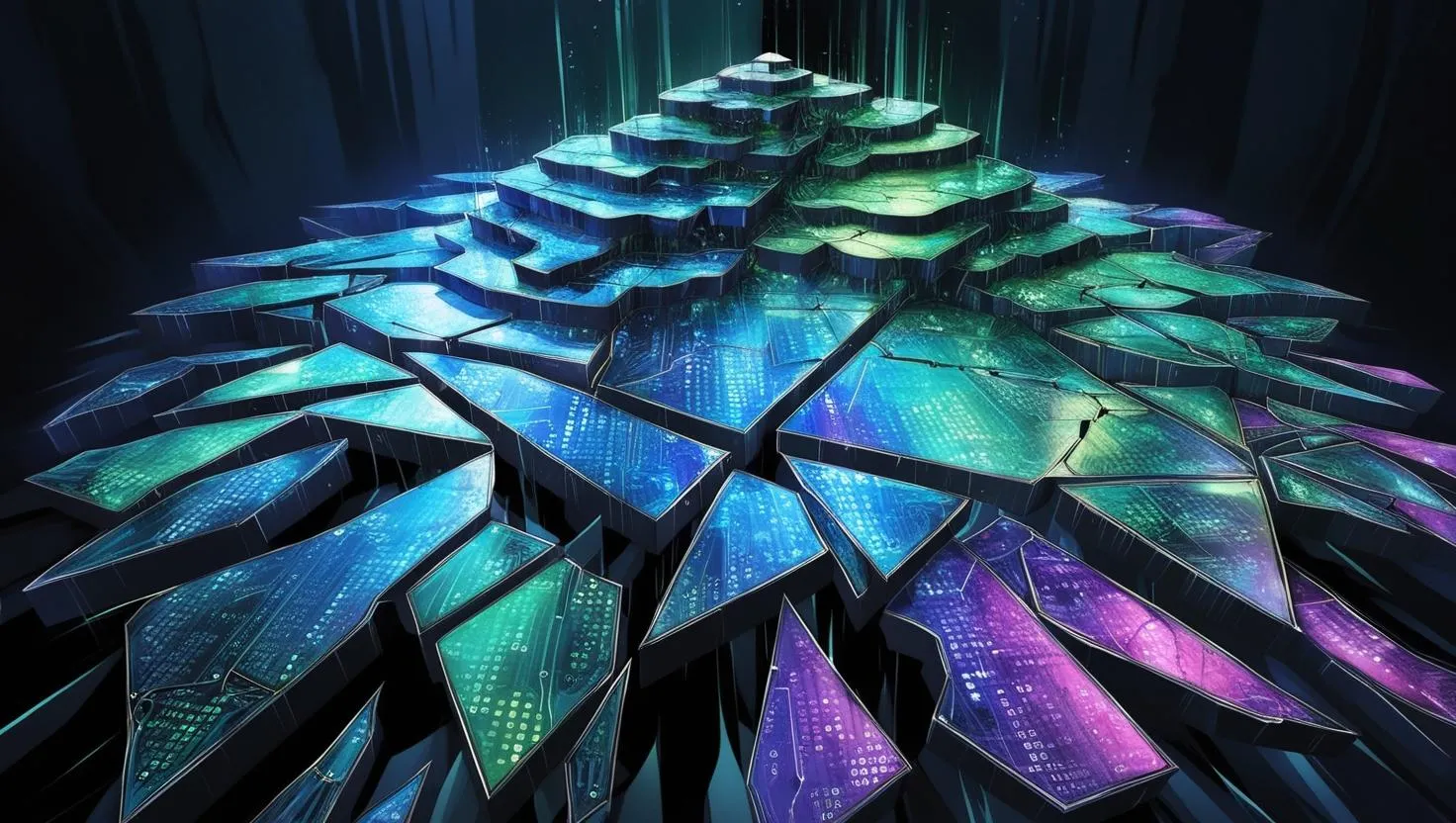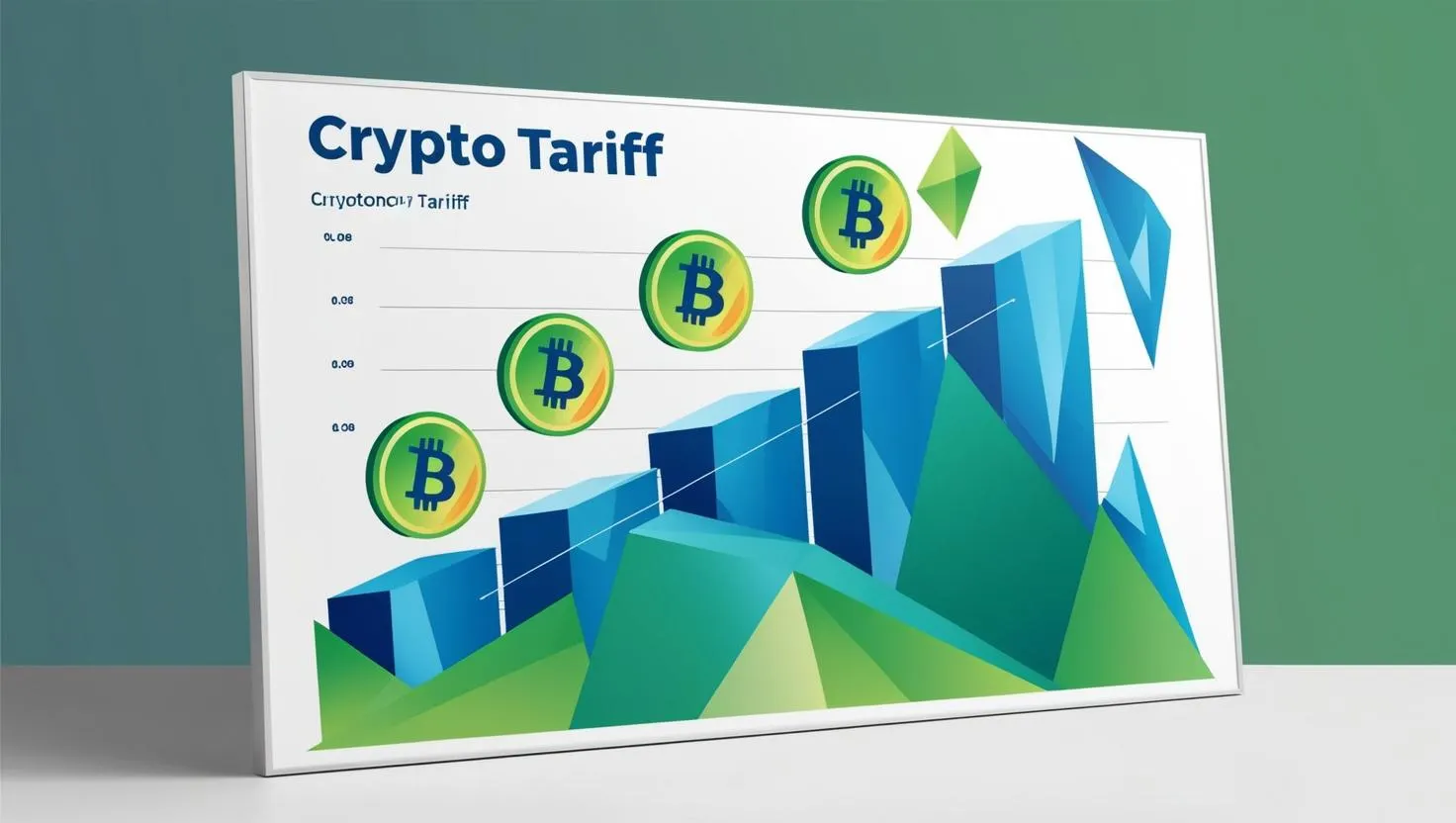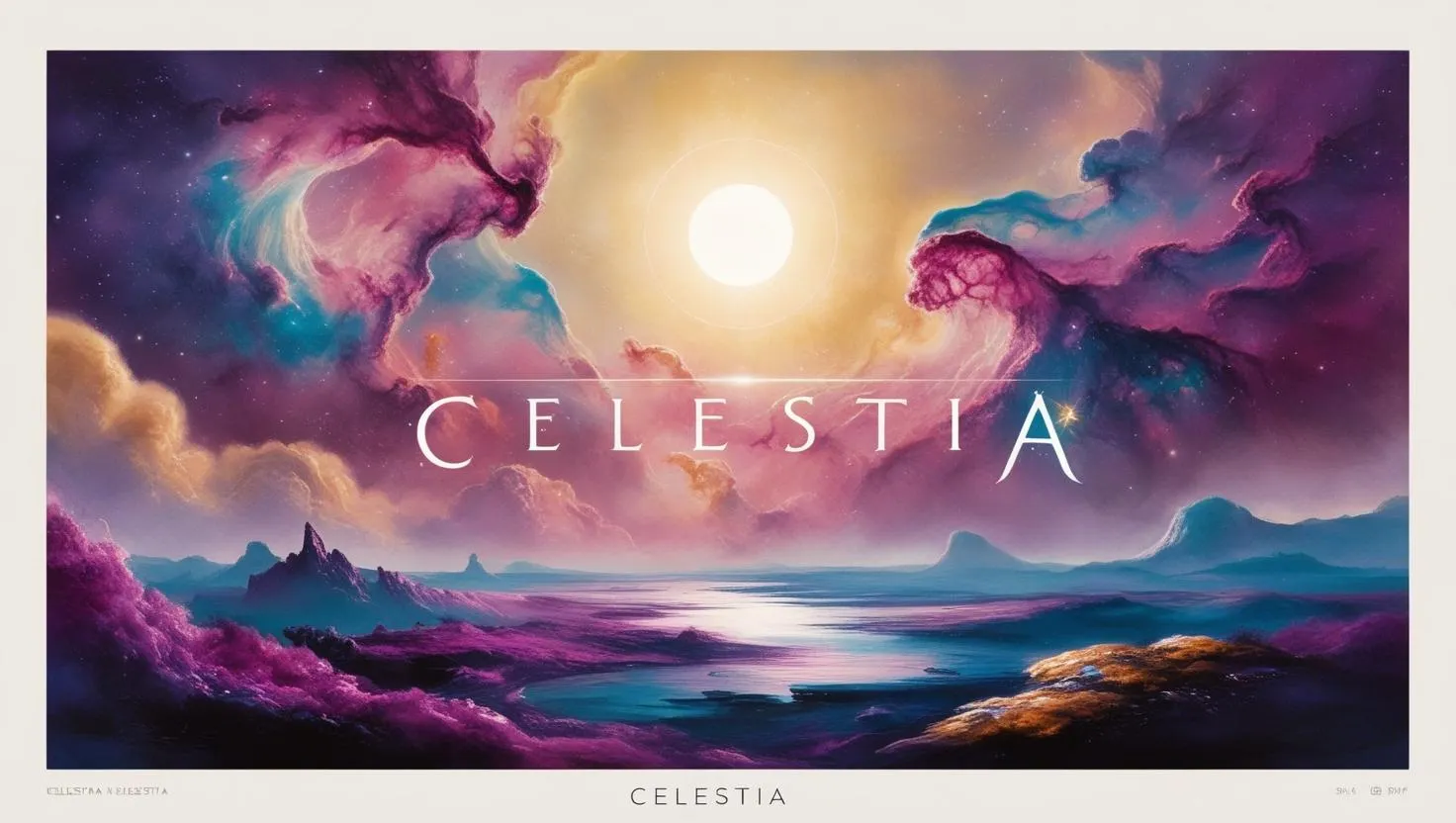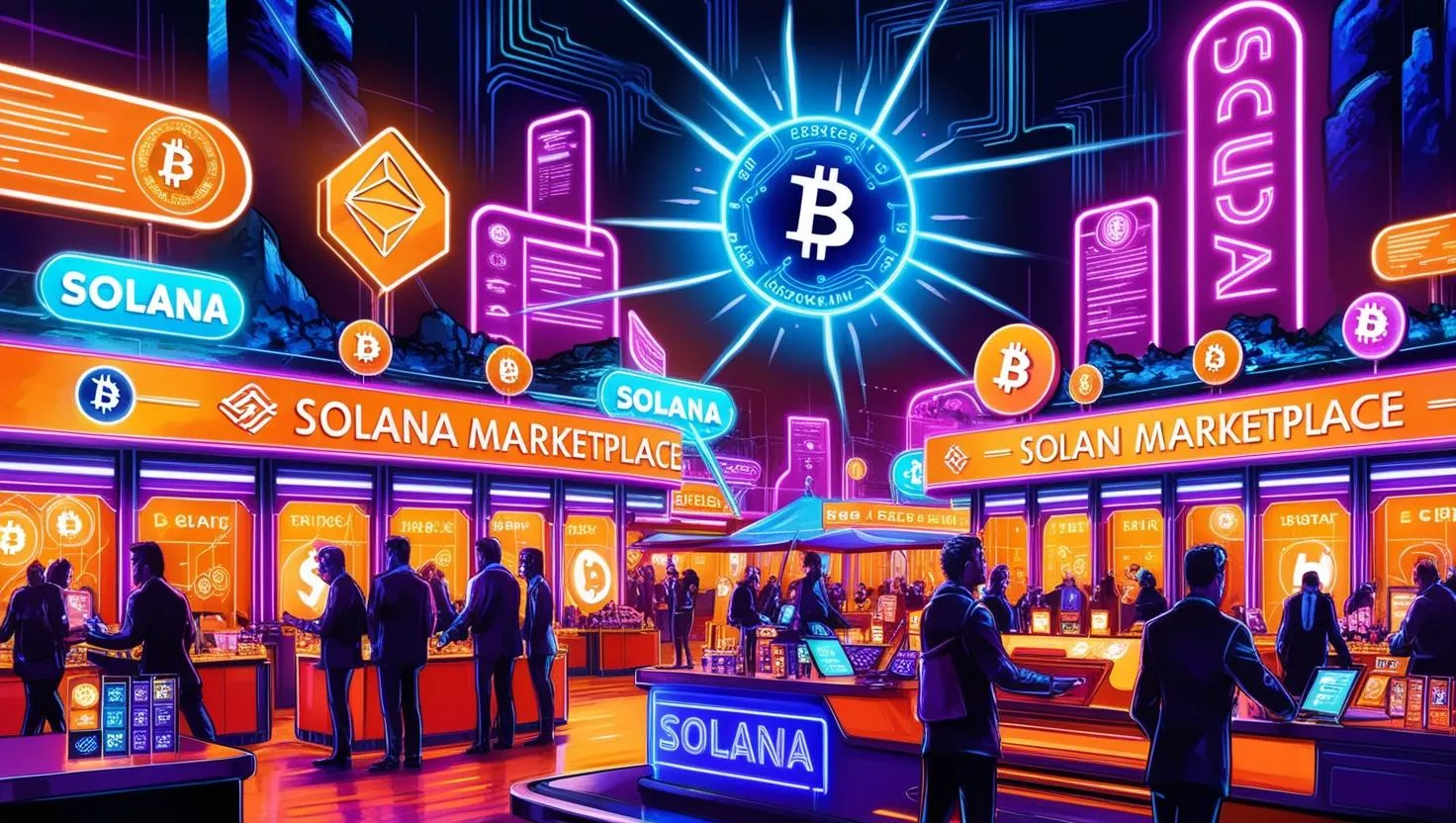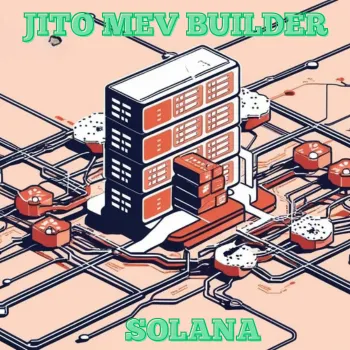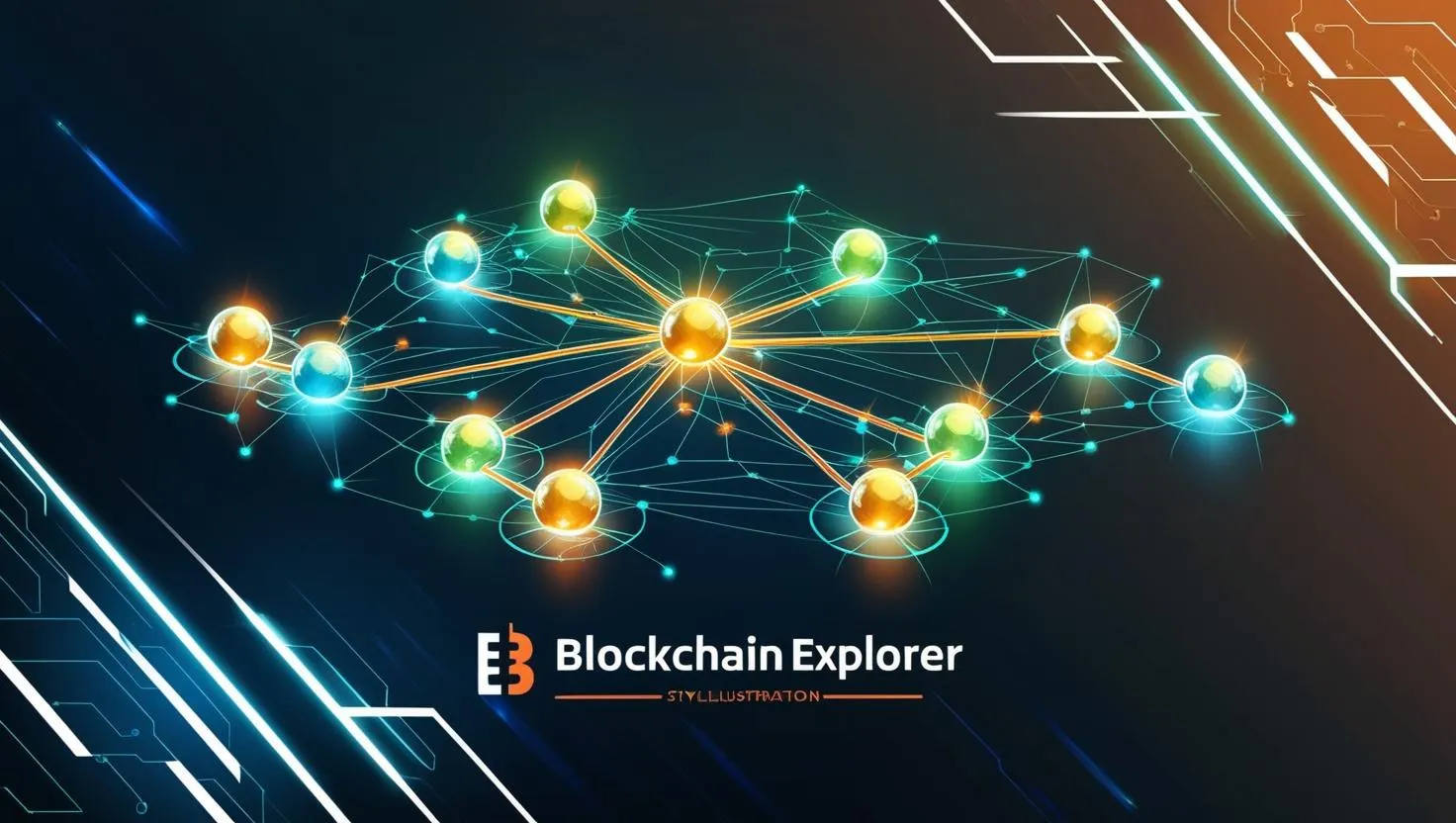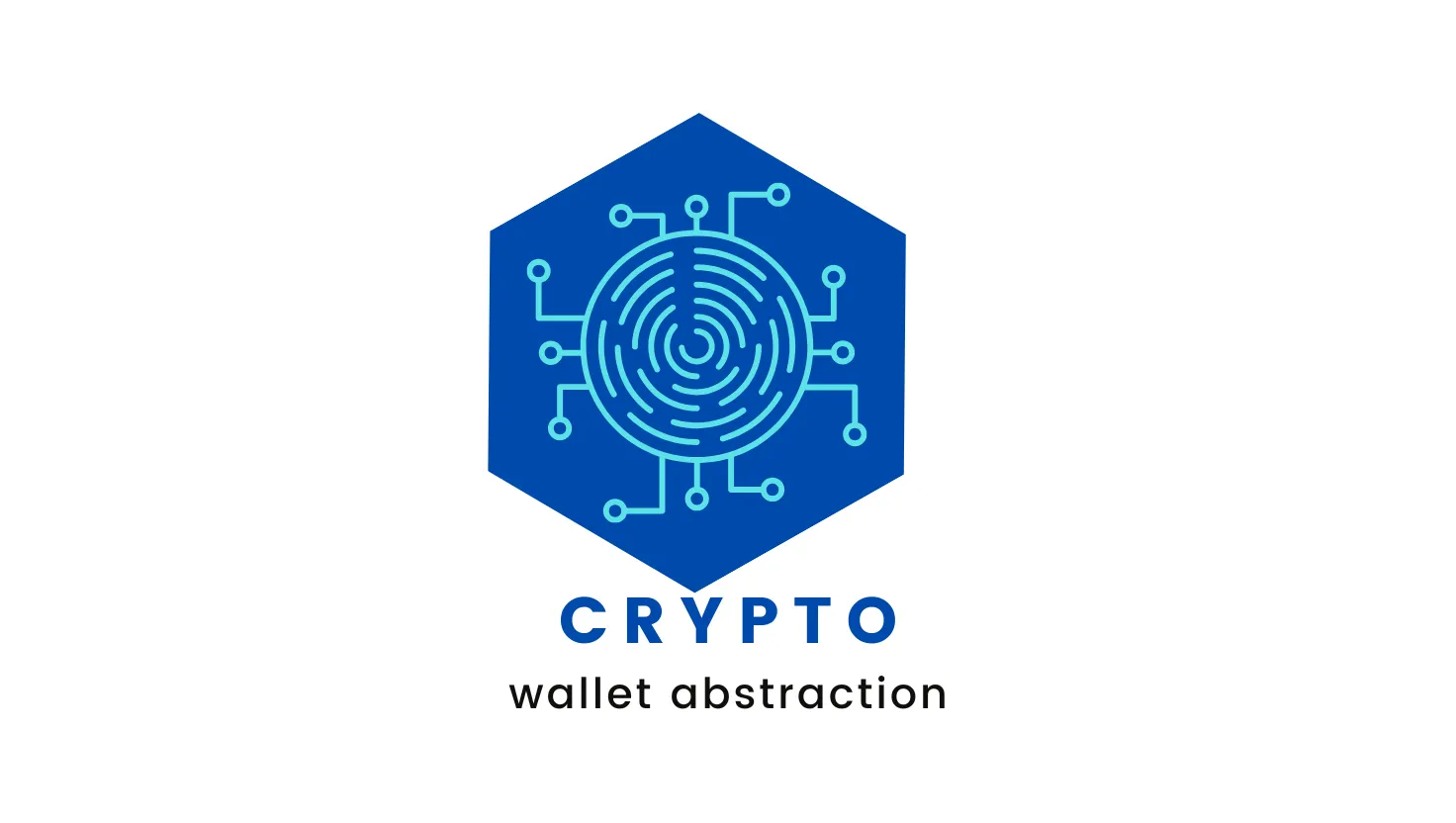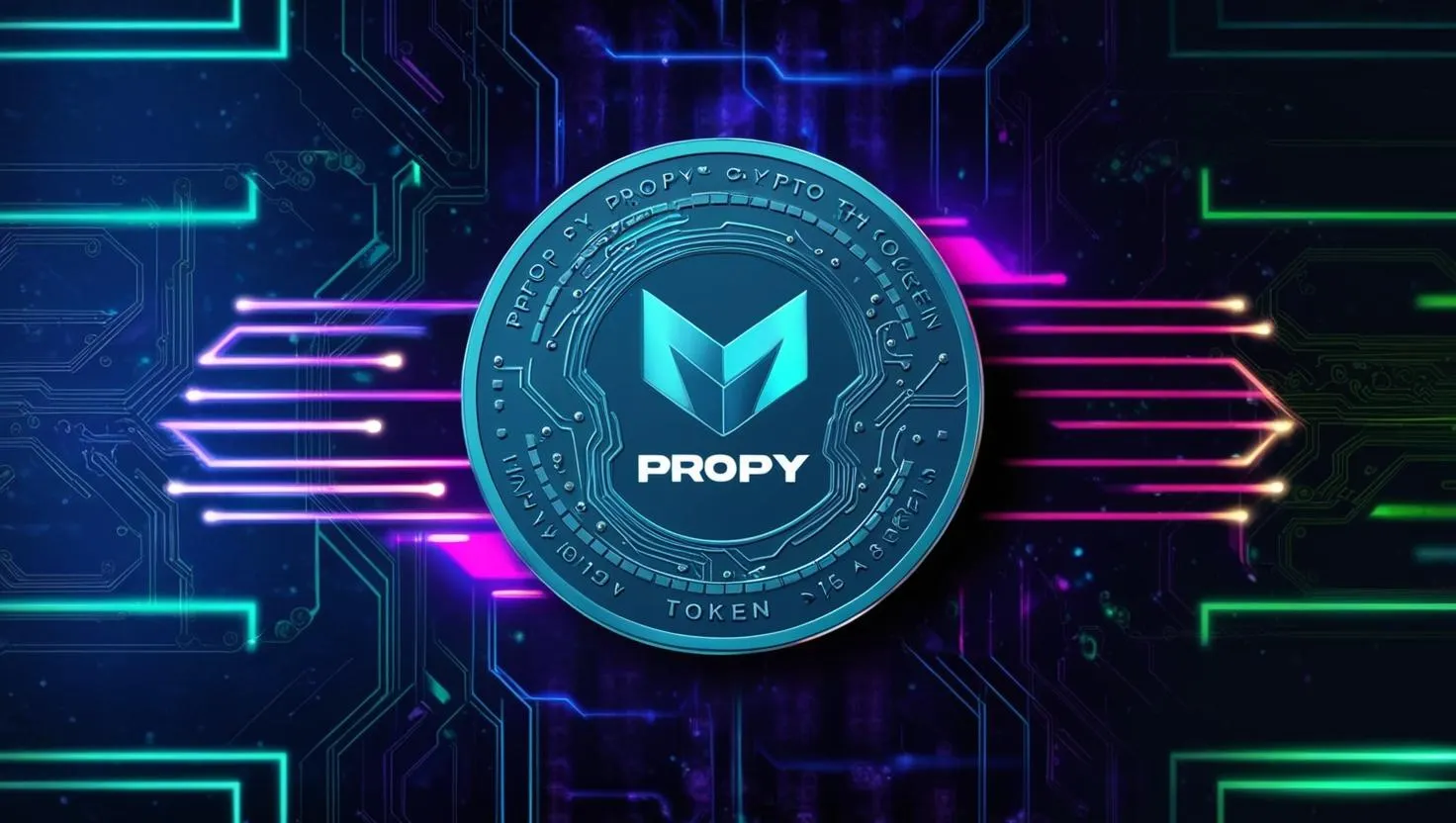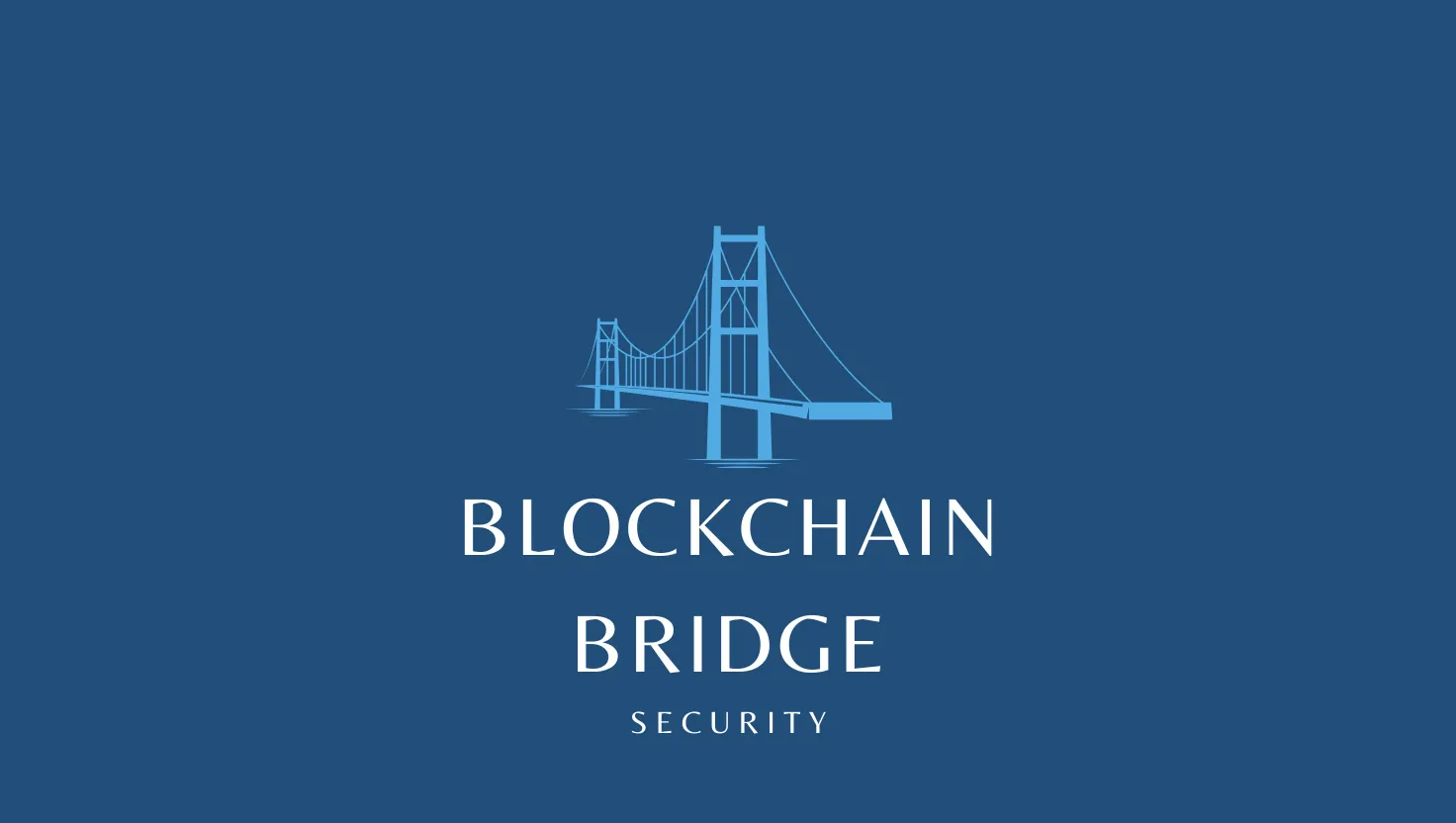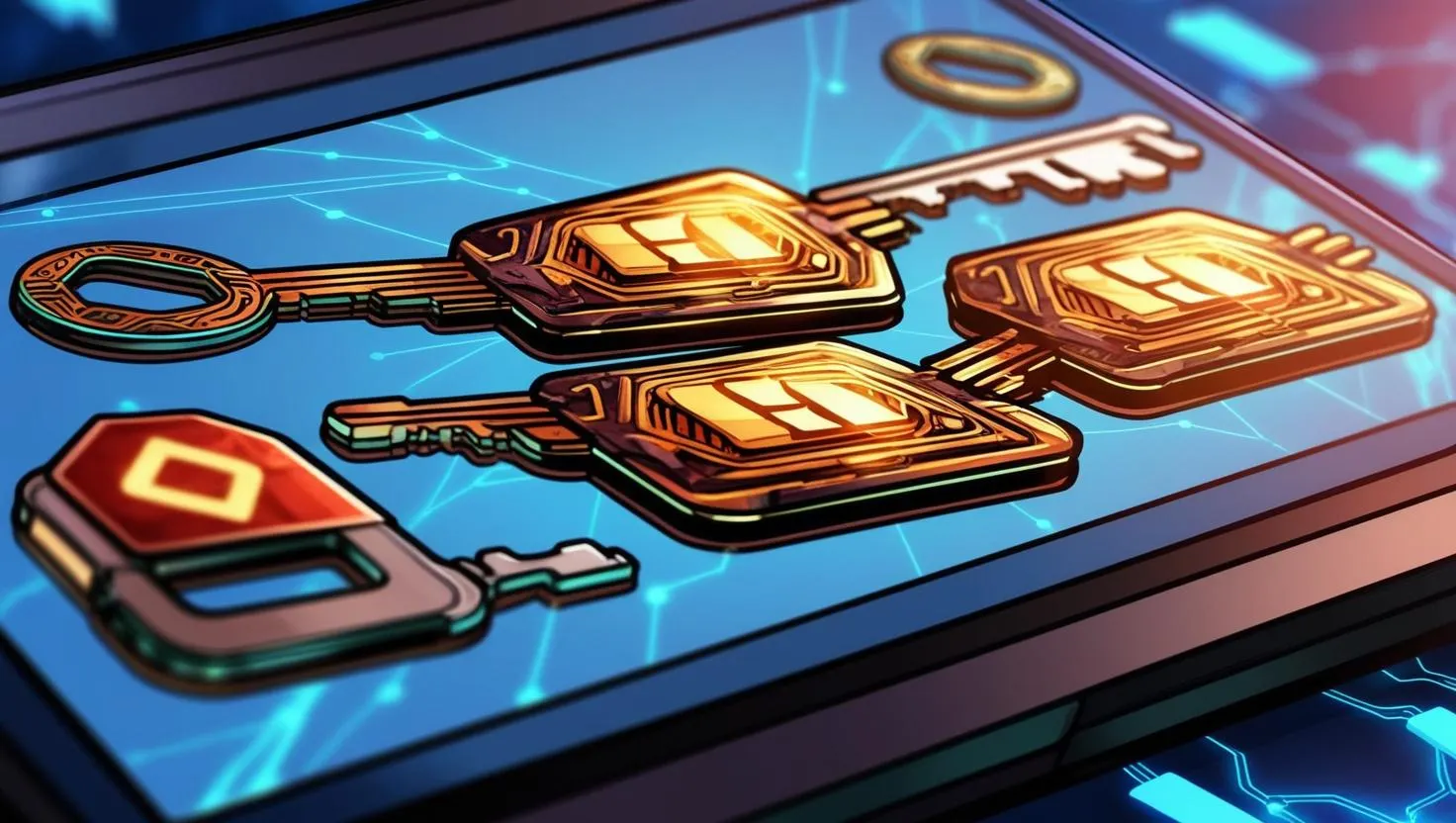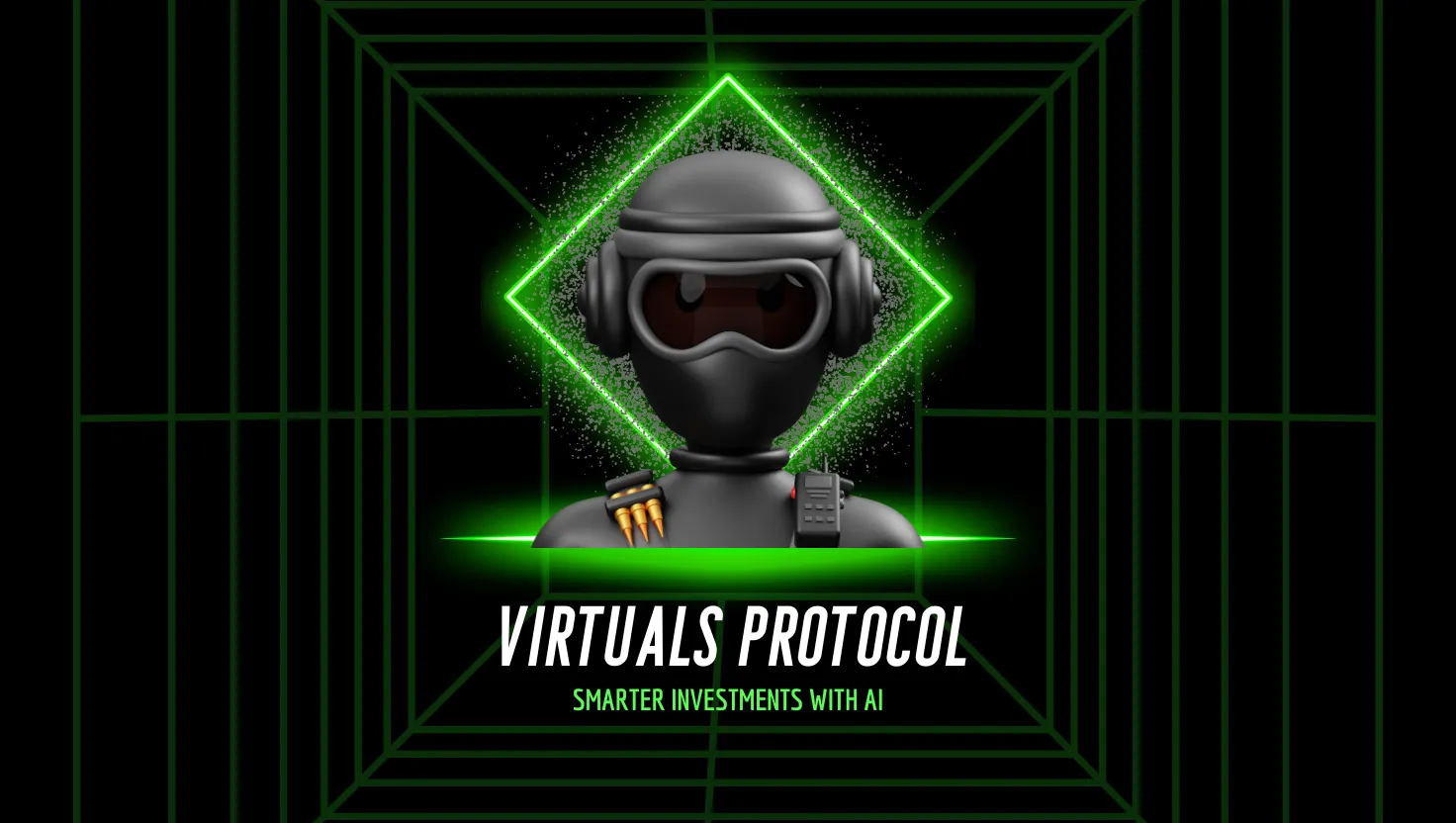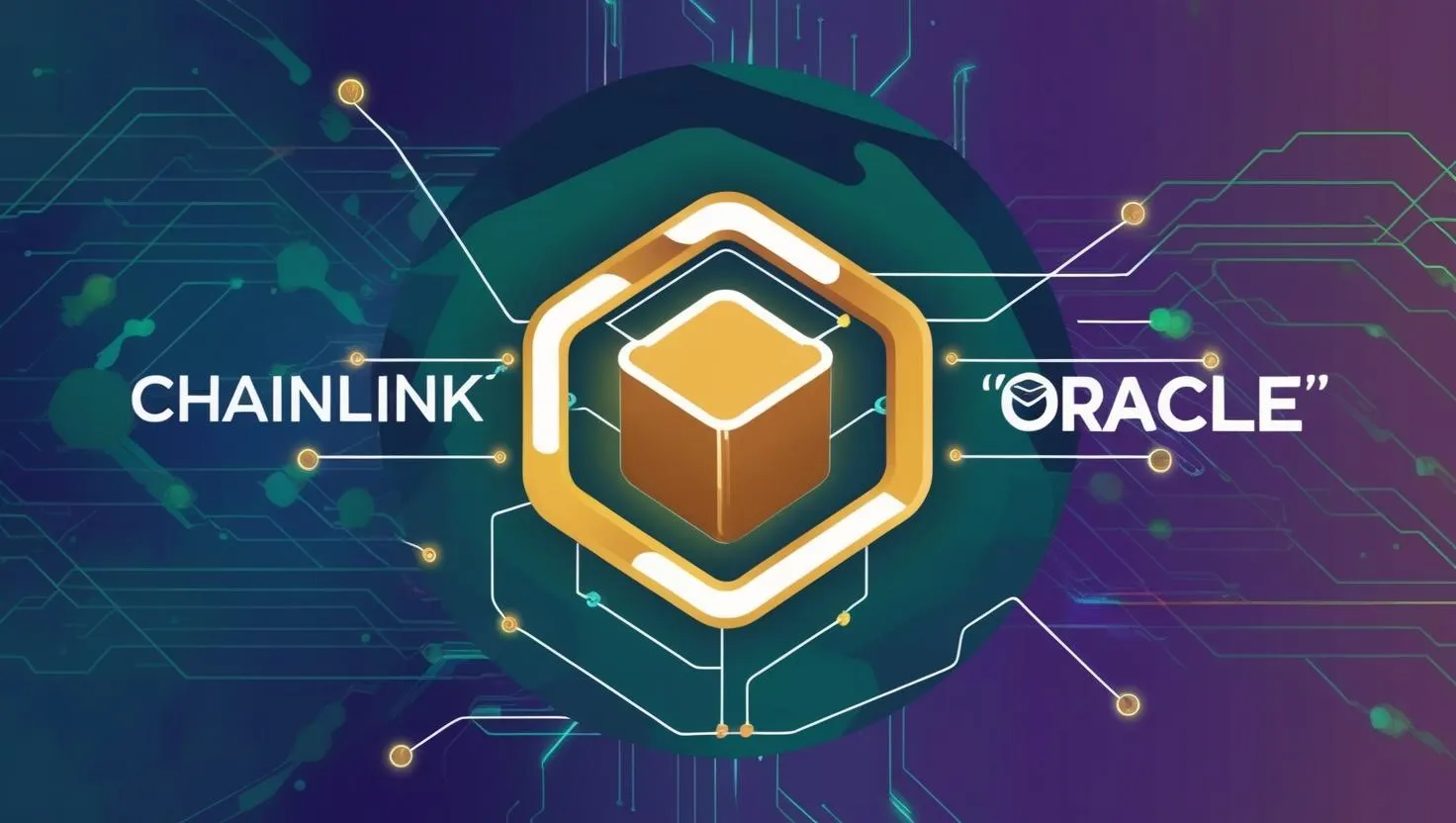The Impact of DAGs on Decentralized Finance (DeFi)
What is a DAG?
A Directed Acyclic Graph (DAG) is a type of graph, a mathematical structure used to represent relationships between objects. It's characterized by two key properties:
- Directed: The edges connecting the objects (called nodes or vertices) have a direction. This direction indicates a one-way relationship. Think of it like a one-way street; you can only travel in the specified direction.
- Acyclic: The graph contains no cycles or loops. This means there's no path that starts at a node and returns to the same node by following the direction of the edges. Imagine a family tree; you can trace your ancestry back, but you can't end up with a loop where you're your own ancestor.
Components of a DAG:
- Nodes (Vertices): These represent the objects or entities in the graph. In the context of blockchain, nodes typically represent transactions.
- Edges: These represent the relationships between the nodes. In a blockchain DAG, an edge from node A to node B usually signifies that transaction B depends on or is validated by transaction A. The direction of the edge is crucial.
Practical Example: Task Dependencies
Let's illustrate with a simple example of tasks involved in baking a cake:
- Nodes:
- A: Preheat oven
- B: Mix dry ingredients
- C: Mix wet ingredients
- D: Combine wet and dry ingredients
- E: Bake cake
- F: Cool cake
- G: Frost cake
- Edges (Dependencies):
- A -> E (Baking requires the oven to be preheated)
- B -> D (Combining wet and dry ingredients requires them to be mixed separately first)
- C -> D (Combining wet and dry ingredients requires them to be mixed separately first)
- D -> E (Baking requires the combined ingredients)
- E -> F (Cooling must happen after baking)
- F -> G (Frosting must happen after cooling)
This set of tasks and dependencies forms a DAG. You can visualize it with arrows showing the direction of dependency. Notice that you can't bake the cake (E) before preheating the oven (A), and you can't combine the ingredients (D) until they are mixed separately (B and C). Also, there are no loops; you won't find a sequence of tasks that leads you back to where you started.
DAGs in Blockchain:
In blockchain, DAGs offer an alternative to the traditional linear chain of blocks. Instead of blocks containing transactions, individual transactions themselves become nodes in the DAG. The edges represent the validation relationships between transactions. A transaction validates or confirms previous transactions, creating a web-like structure.
Key Concepts in DAG-based Blockchains:
- Tips: Transactions that have not yet been validated by other transactions are called "tips." They are the "leaves" of the DAG.
- Consensus: DAG-based systems achieve consensus (agreement on the state of the ledger) through different mechanisms than traditional blockchains. Often, new transactions must reference and validate a certain number of existing tips, contributing to the overall validation of the network. This web of validation replaces the need for miners and block creation.
- Tangle (Example: IOTA): Some DAG-based systems, like IOTA's Tangle, require each new transaction to validate two or more previous transactions. This interwoven validation structure contributes to the security and scalability of the network.
Advantages of DAGs in Blockchain:
- Scalability: DAGs have the potential to handle a much higher volume of transactions compared to traditional blockchains because transactions can be processed concurrently rather than sequentially.
- Speed: Transaction confirmation can be faster as transactions are validated by multiple other transactions simultaneously.
- Lower Fees: The absence of miners can lead to lower transaction fees.
Challenges of DAGs in Blockchain:
- Security: Ensuring the security of a DAG-based system requires different approaches than traditional blockchains, and there are still ongoing research and development efforts to address potential vulnerabilities.
- Complexity: Analyzing and understanding the security properties of a DAG can be more complex than with a linear blockchain.
- Novelty: DAG technology in blockchain is relatively new, and there's less real-world experience compared to traditional blockchains.
In summary: DAGs represent a fundamental shift in how we structure and validate transactions in a distributed ledger. Their potential for improved scalability and speed makes them a promising area of research and development in the blockchain space. However, they also present unique challenges that need to be addressed before widespread adoption.

